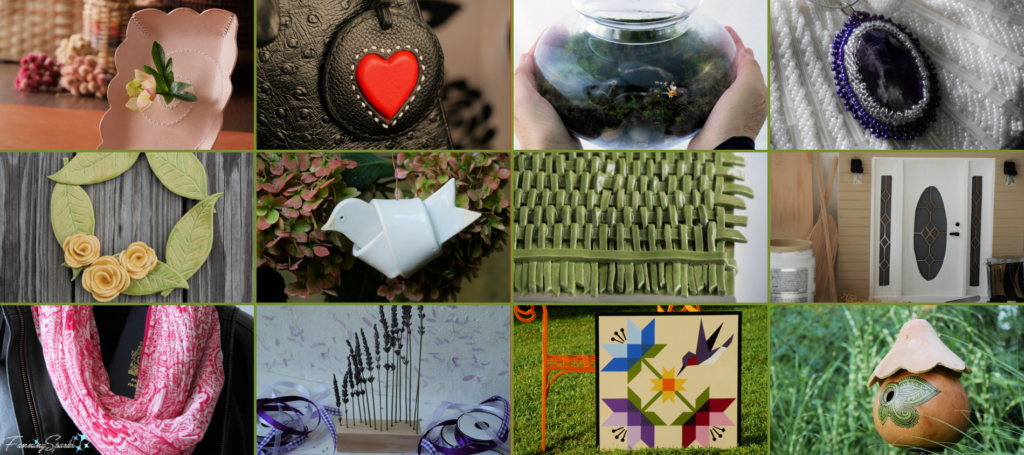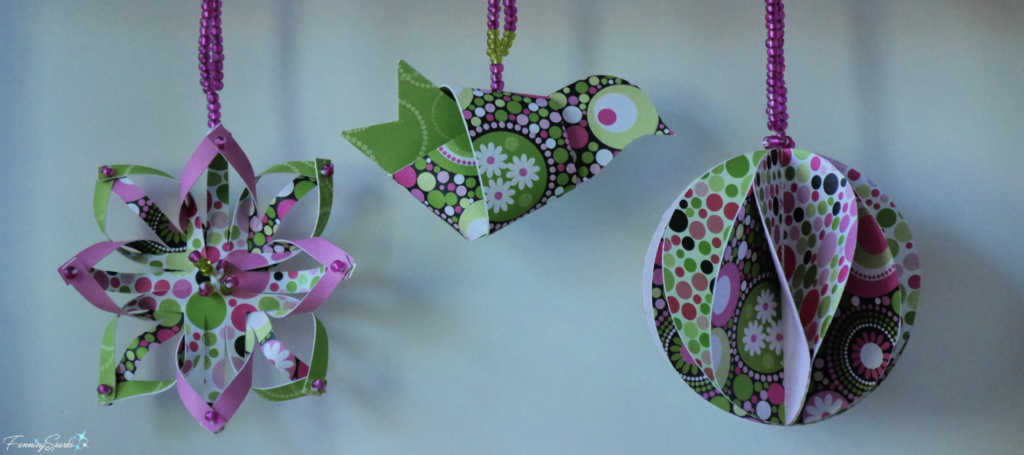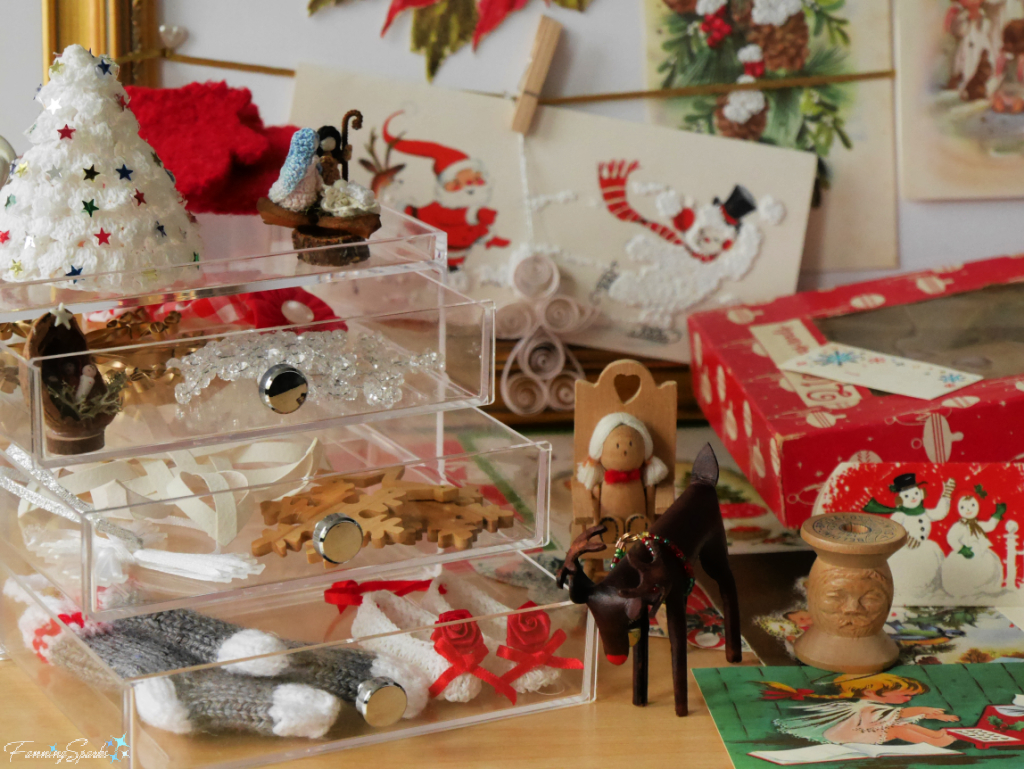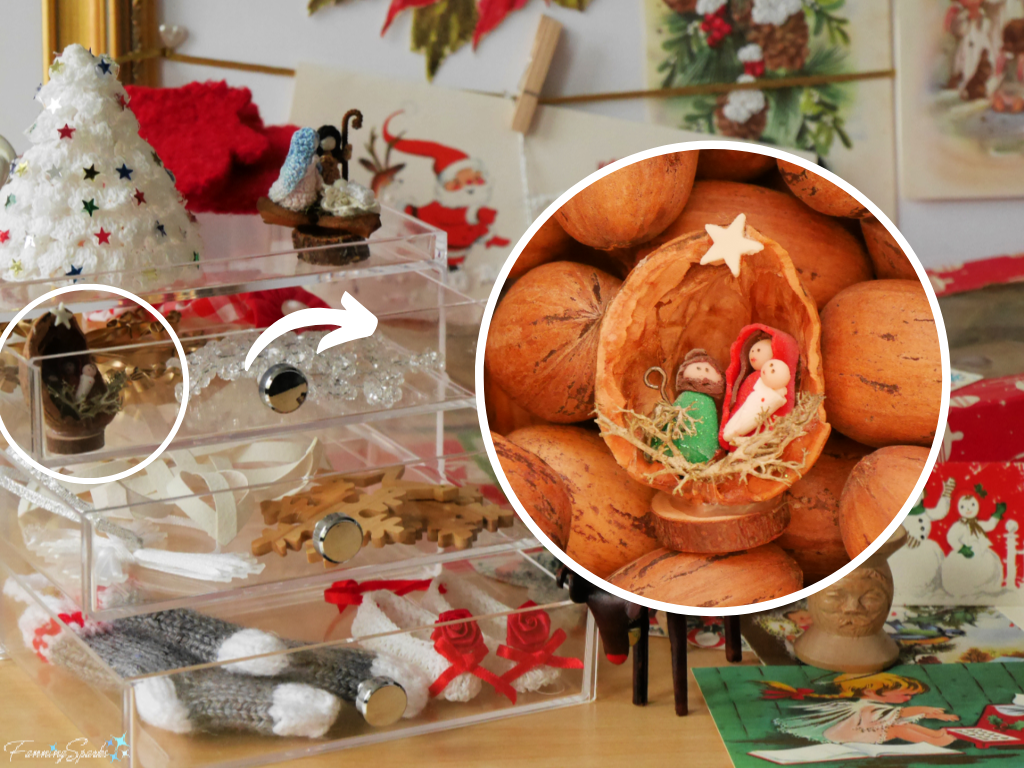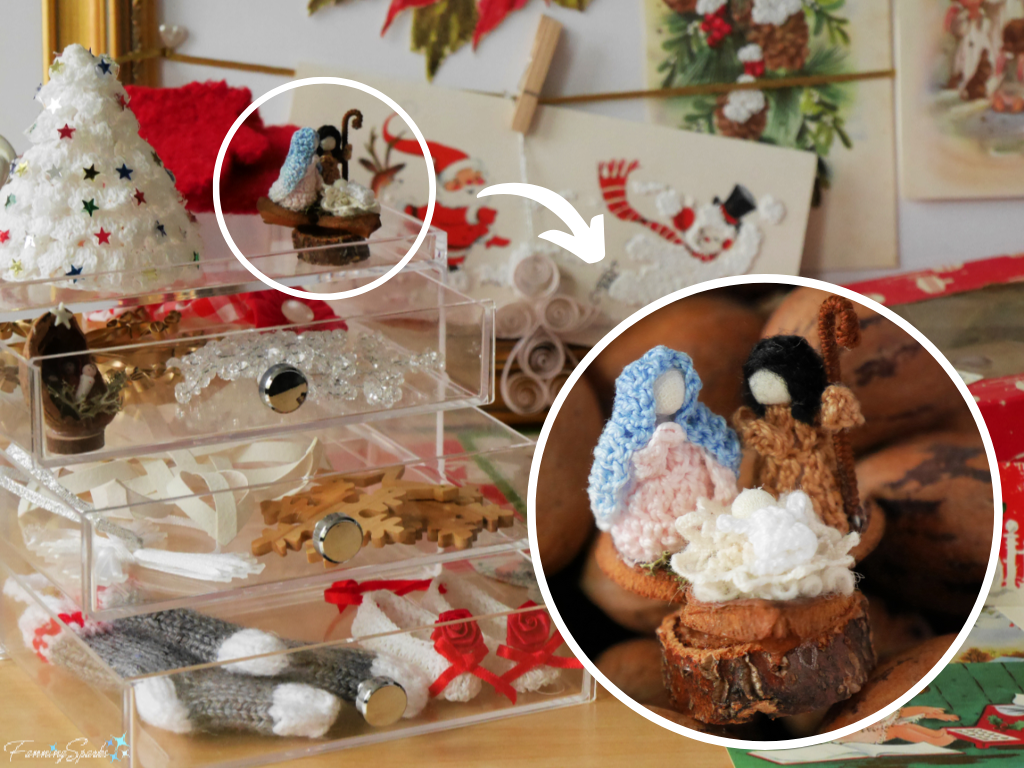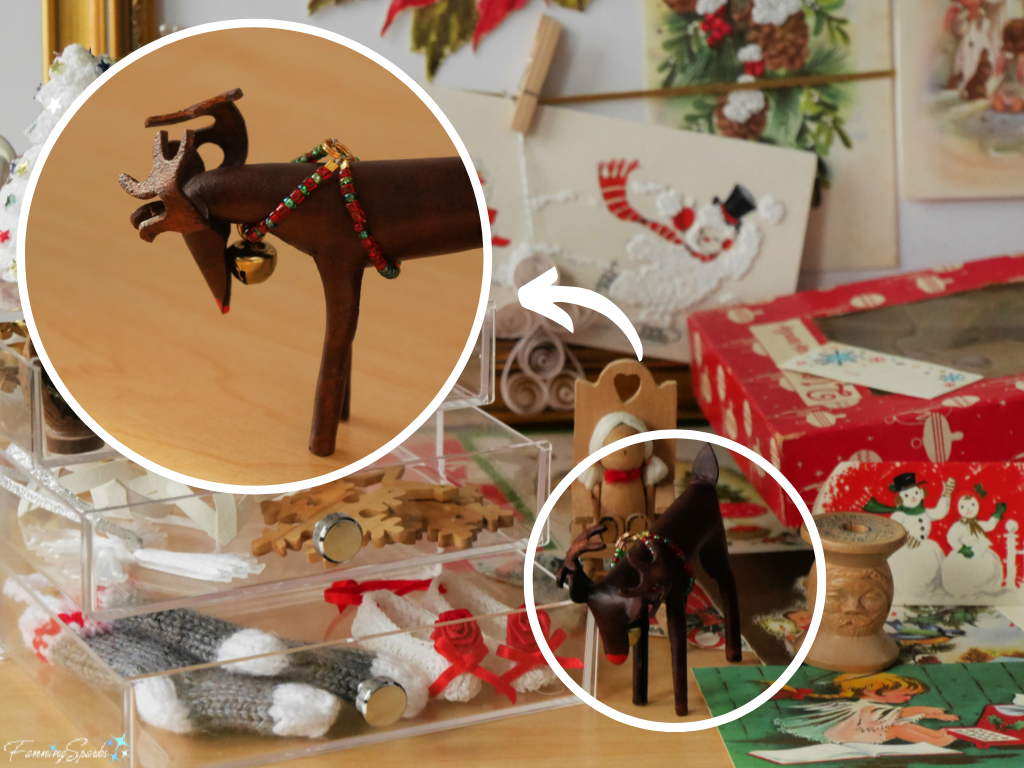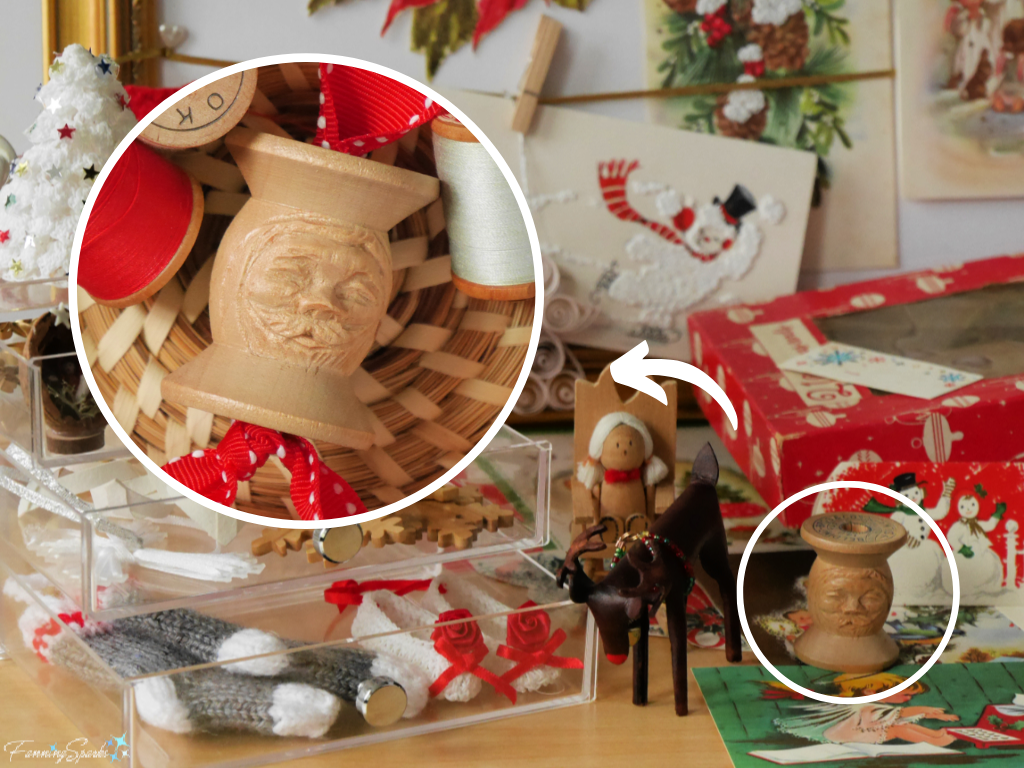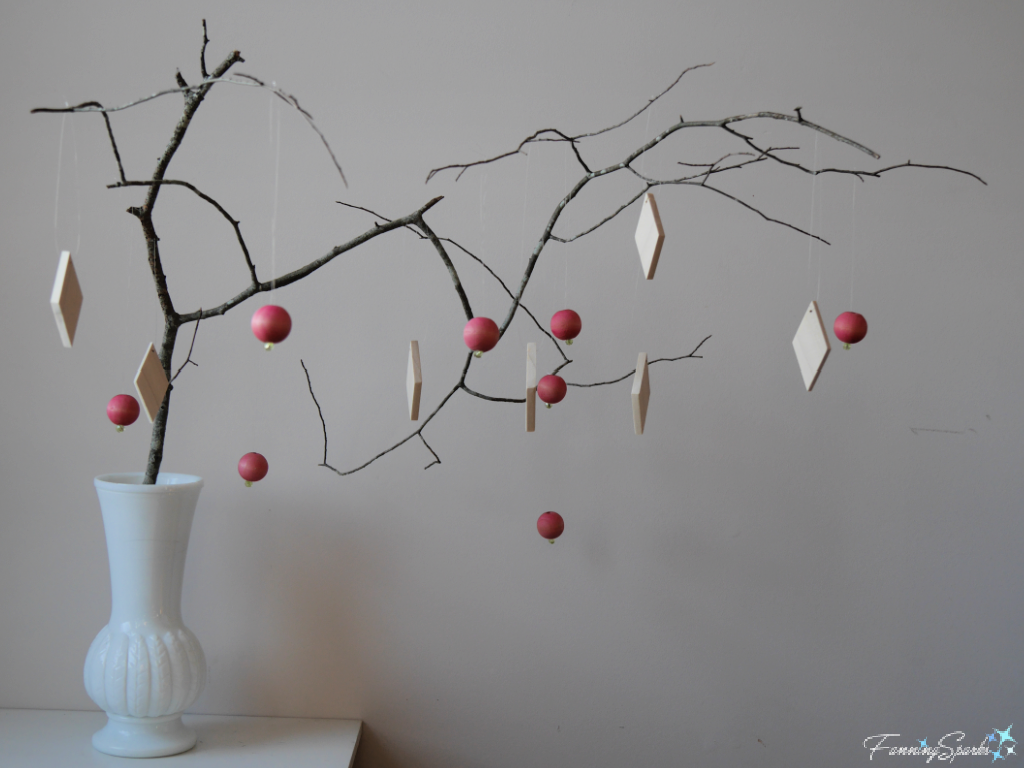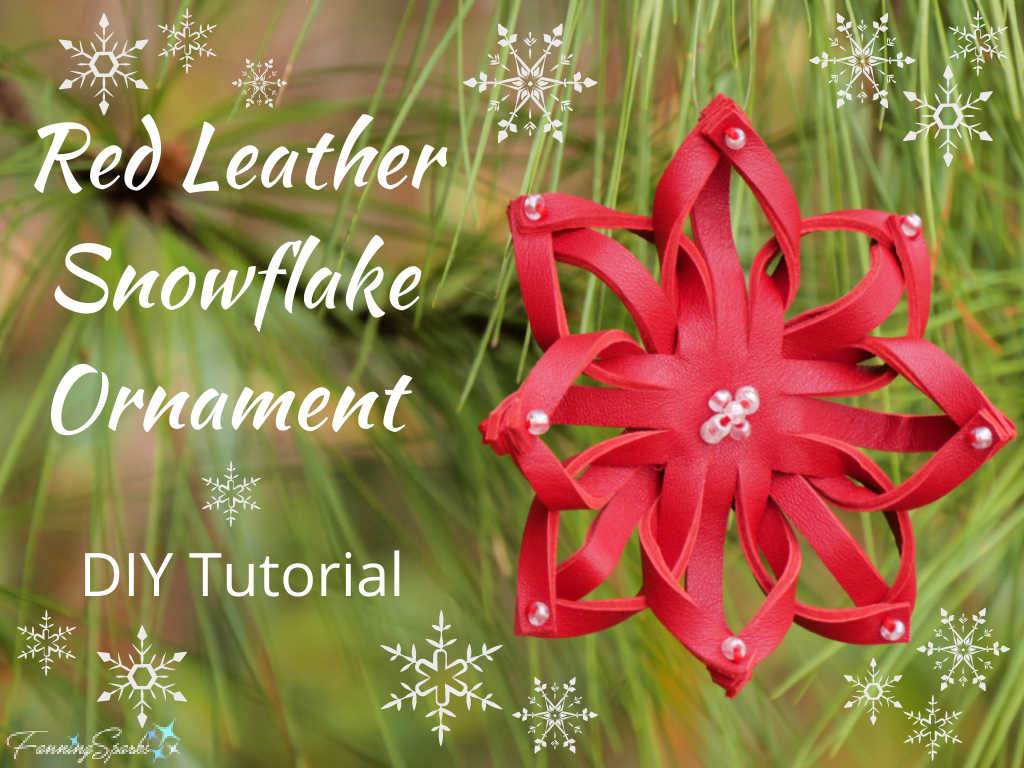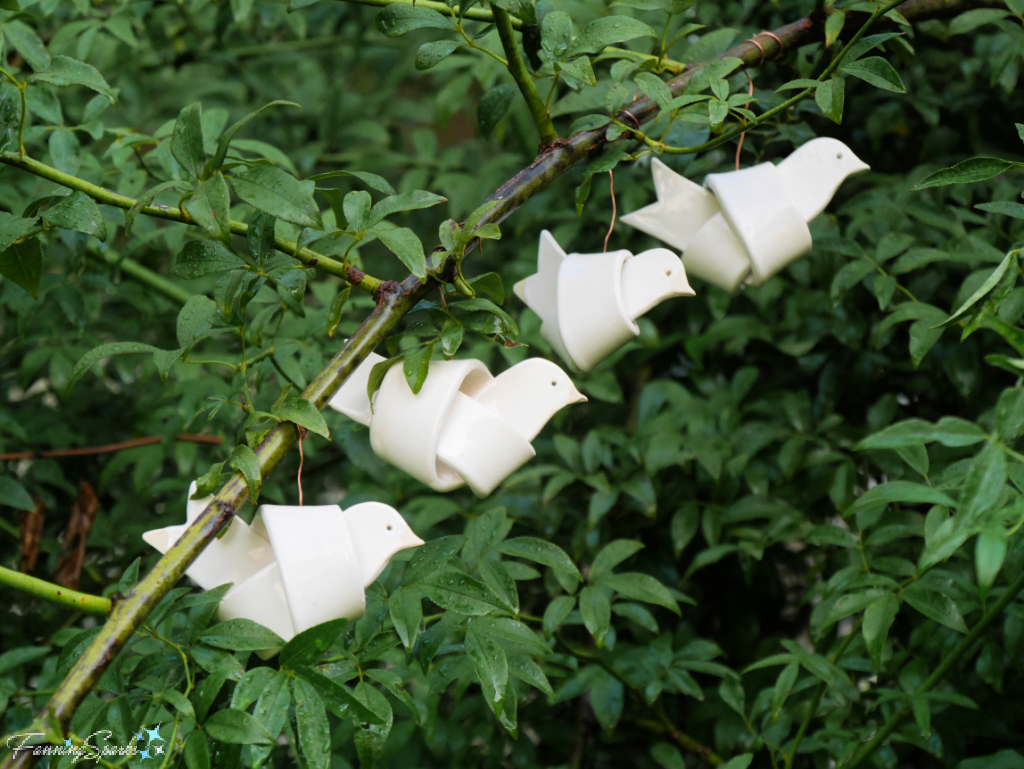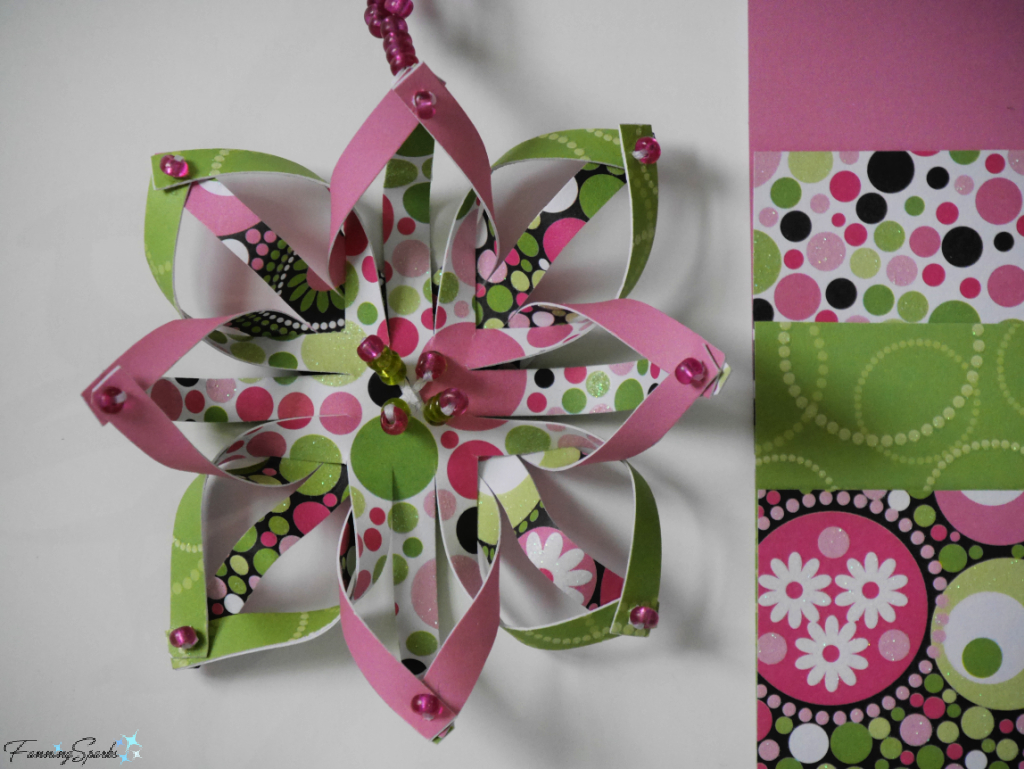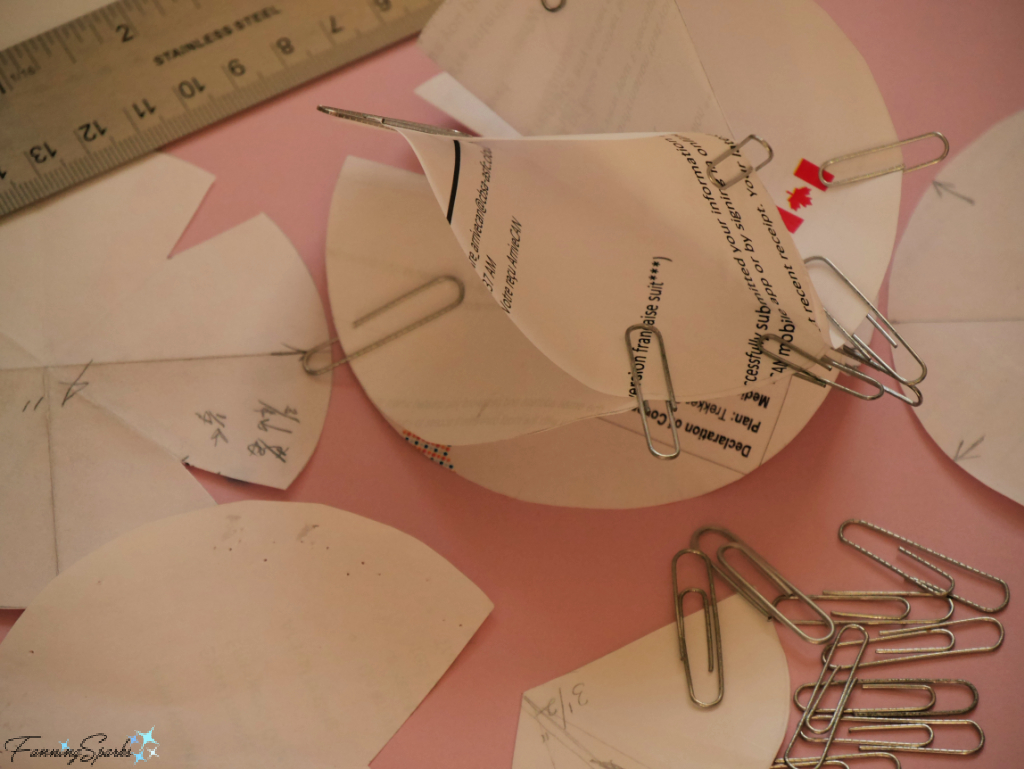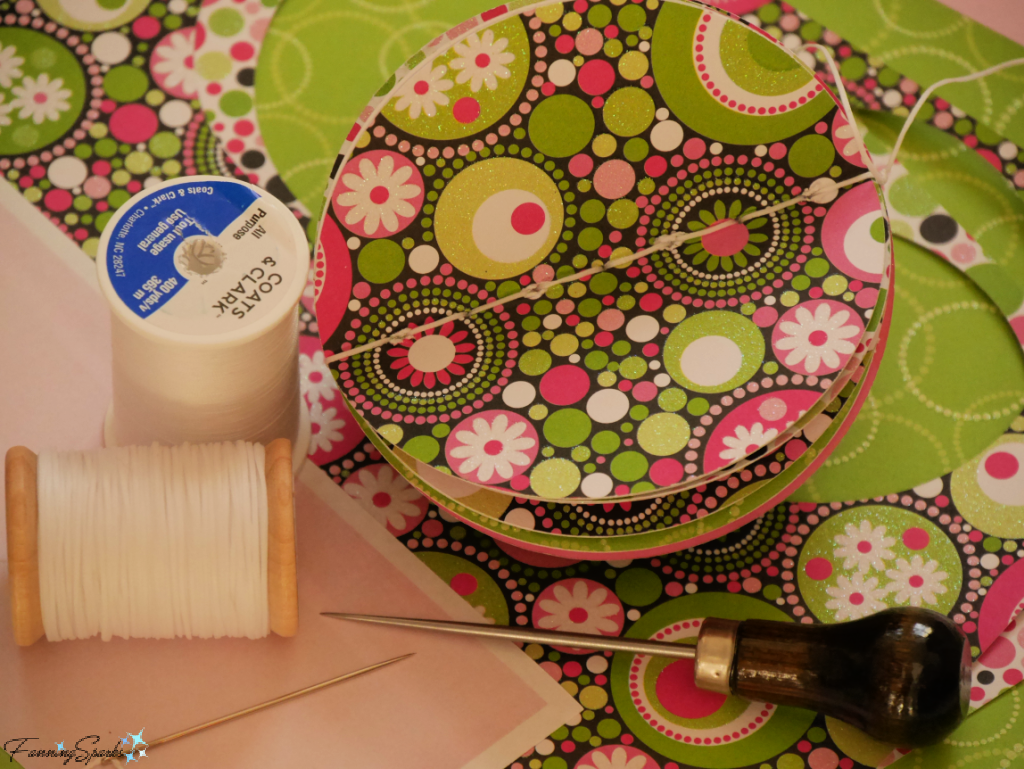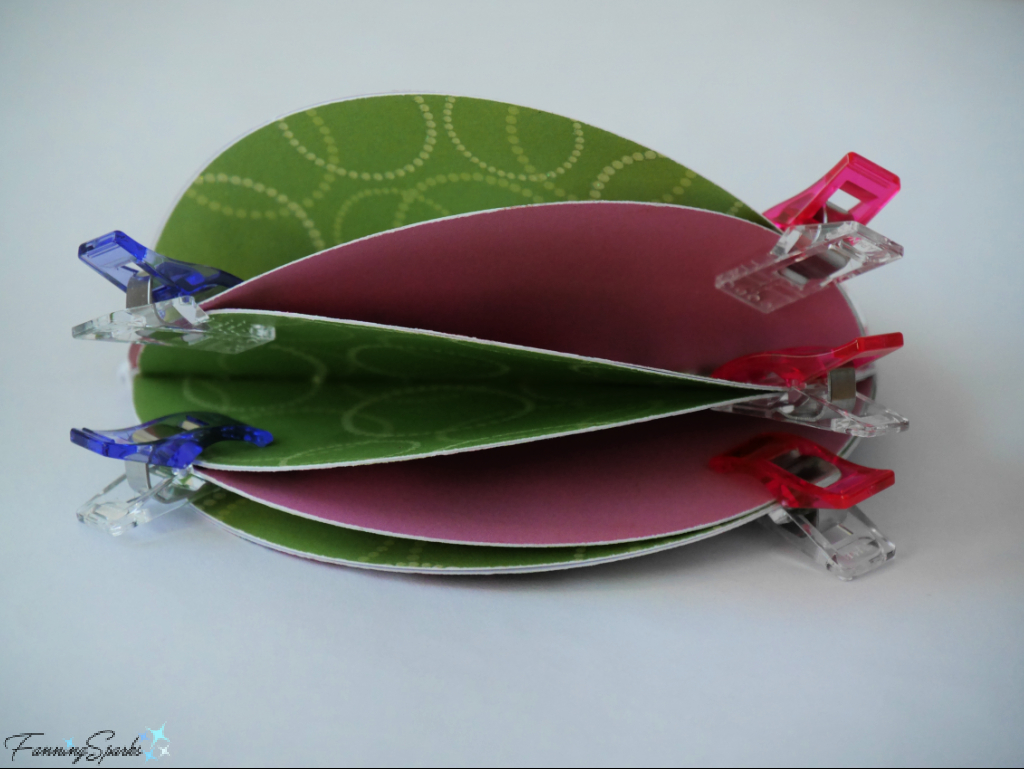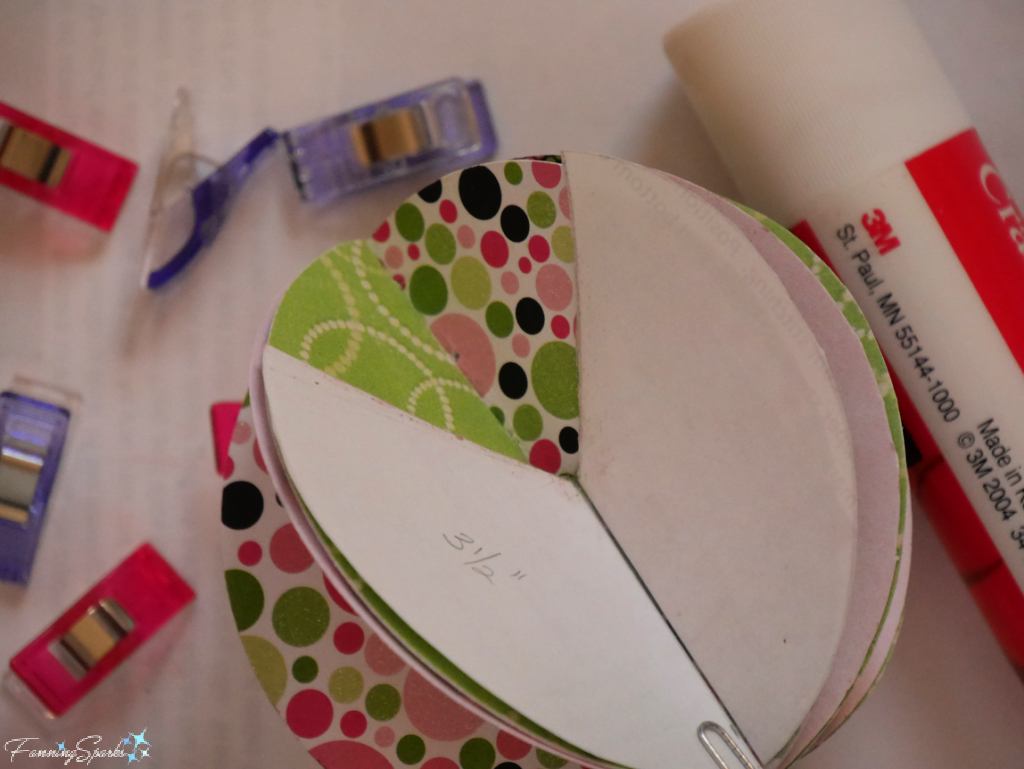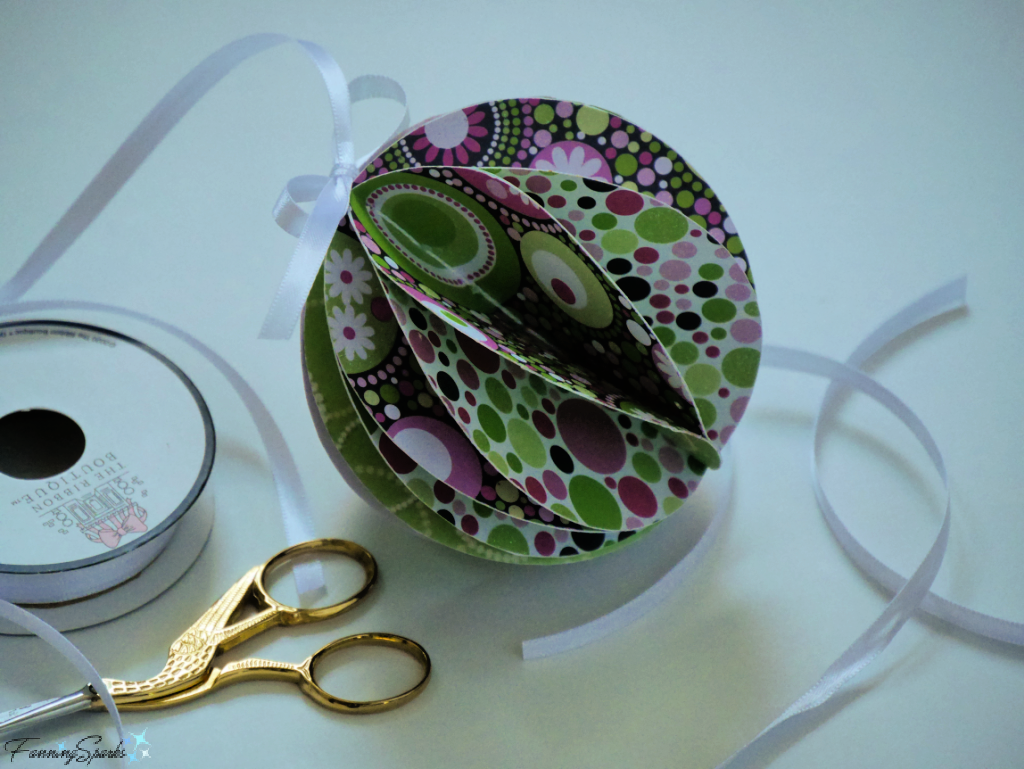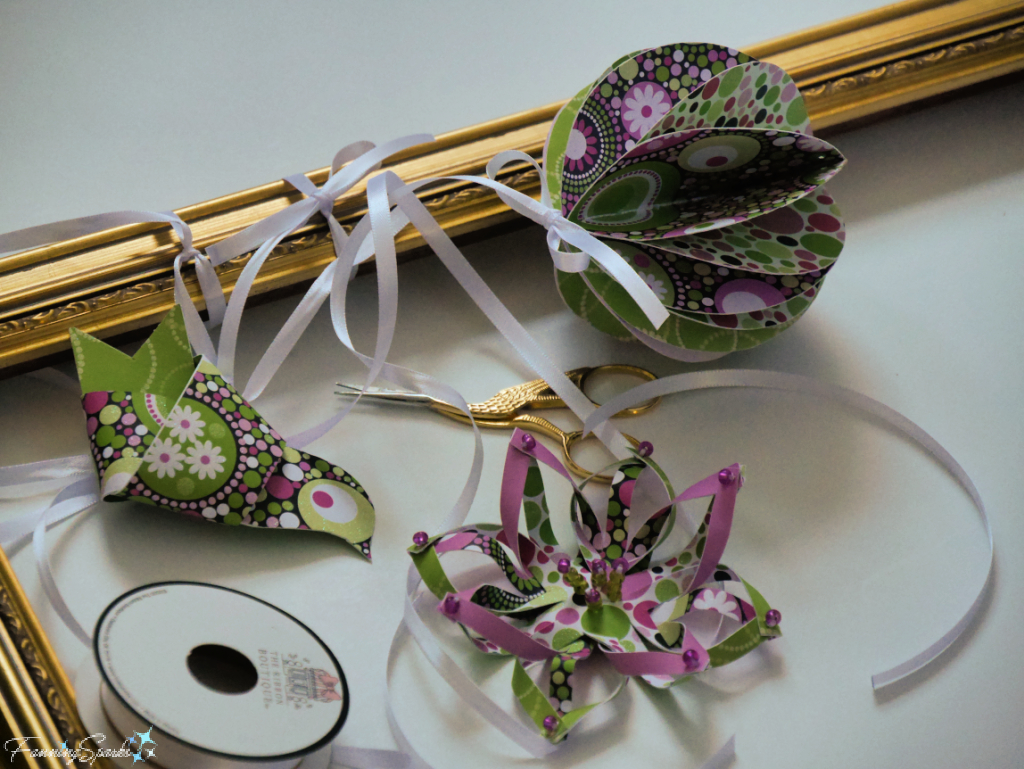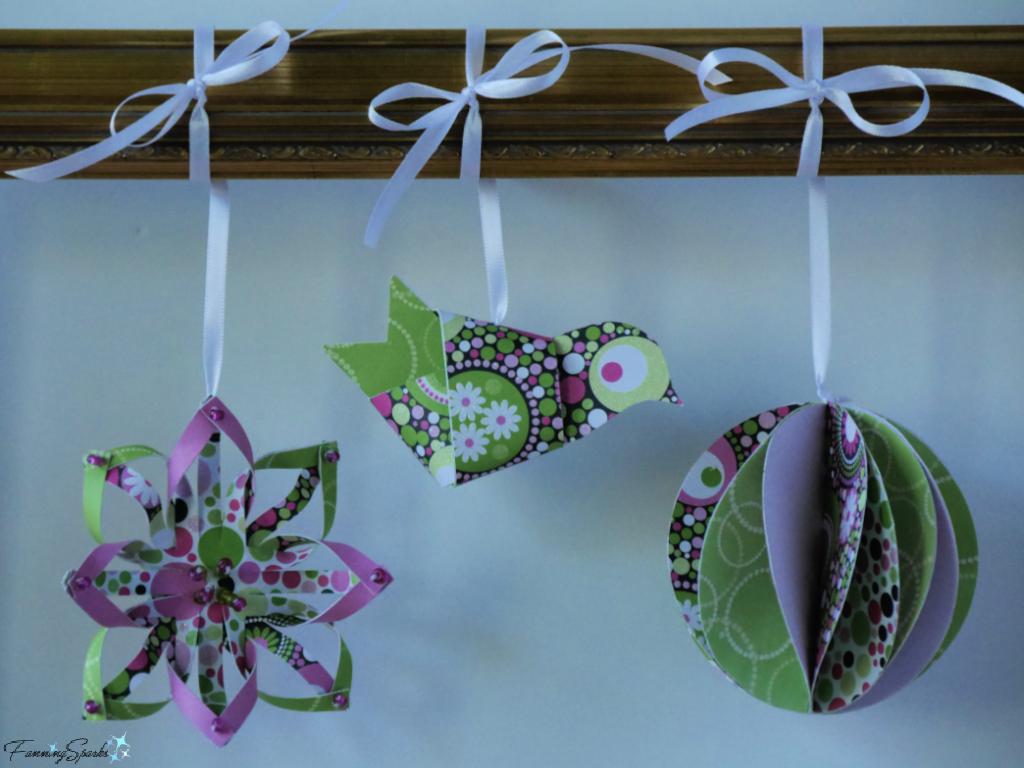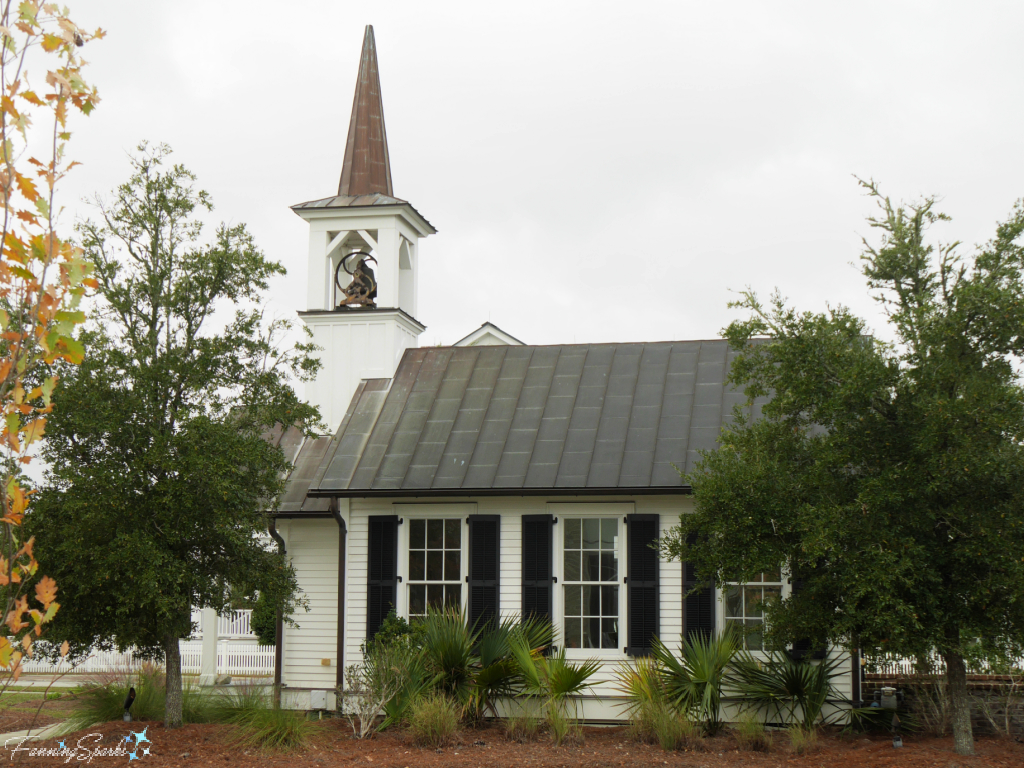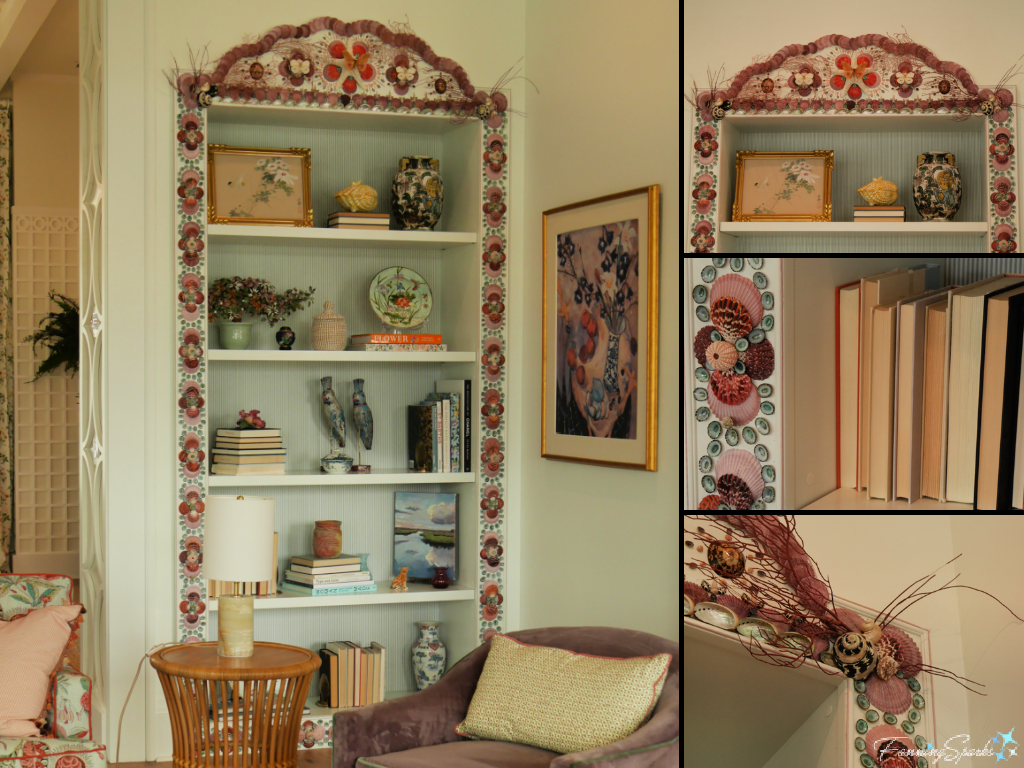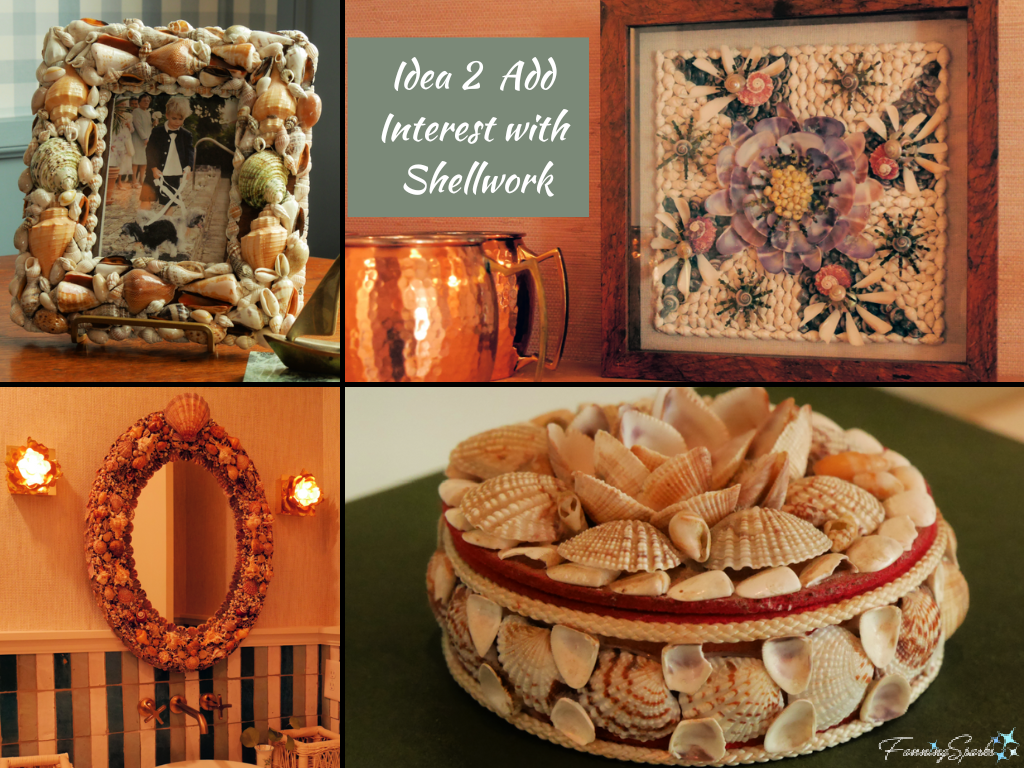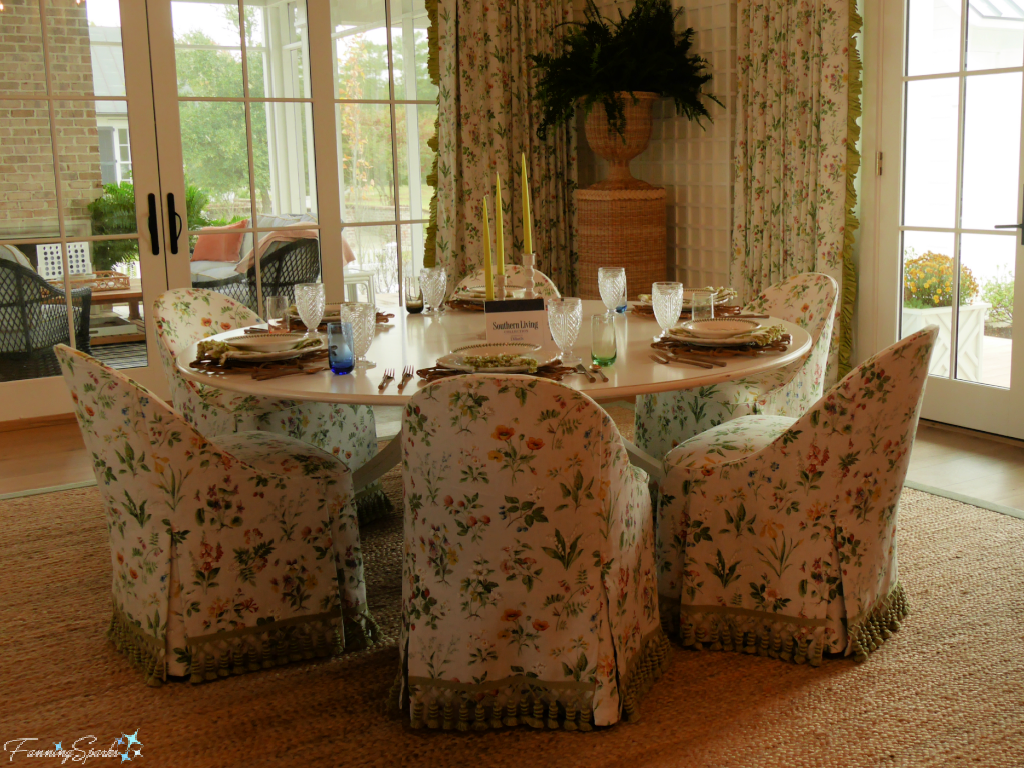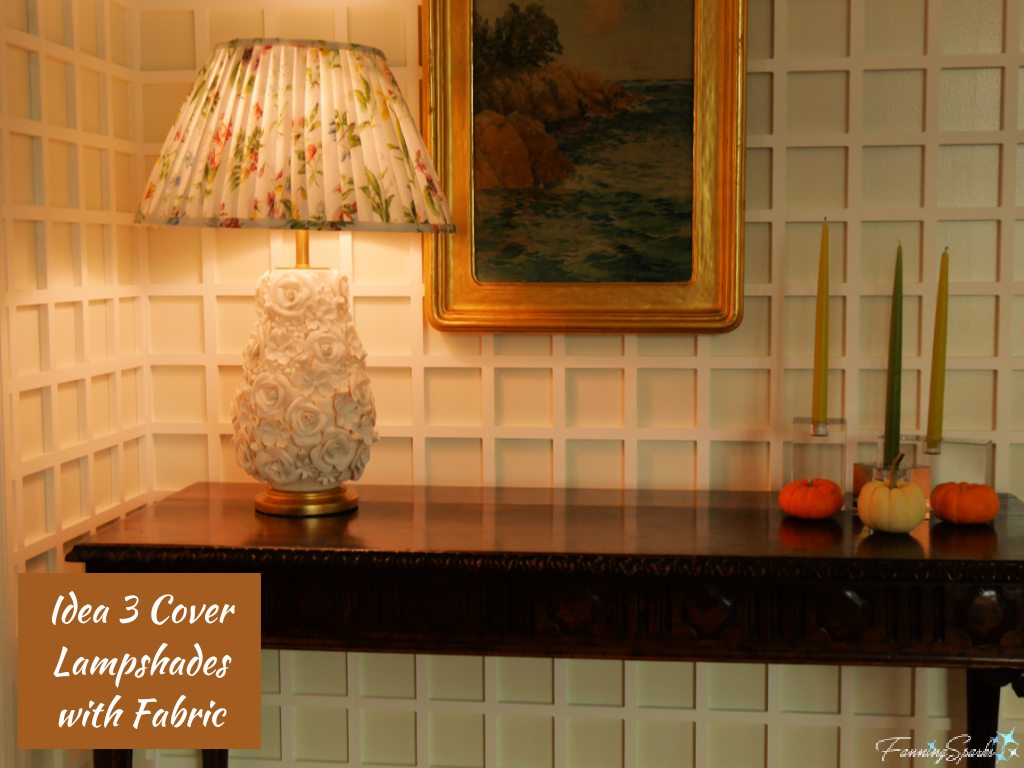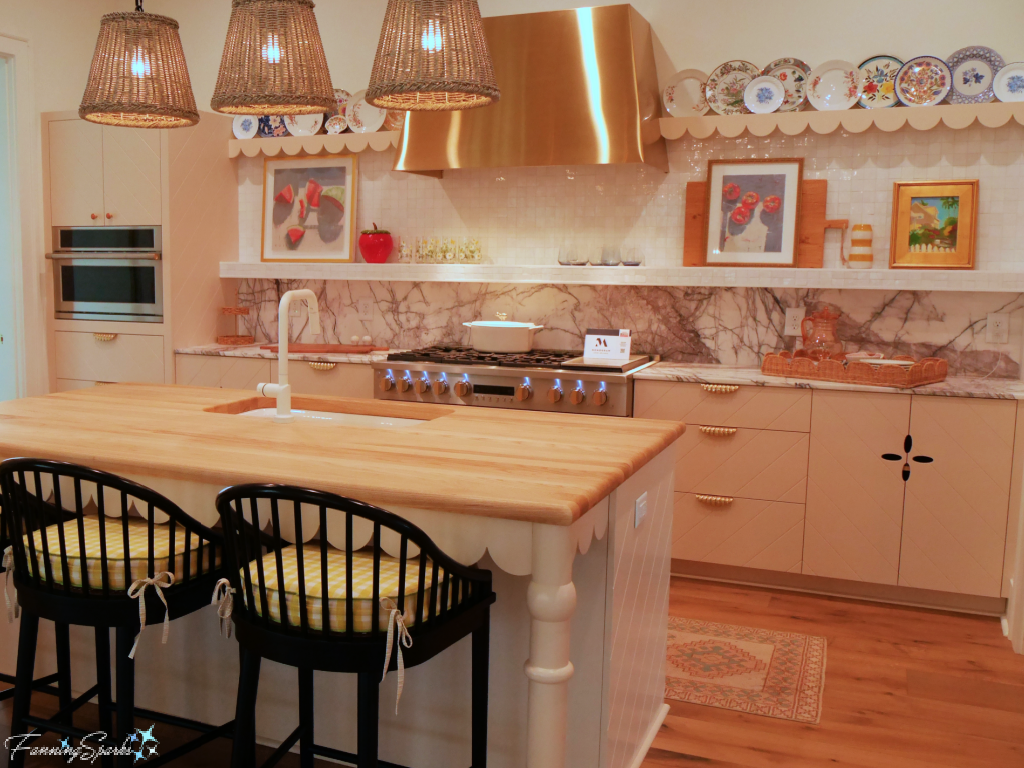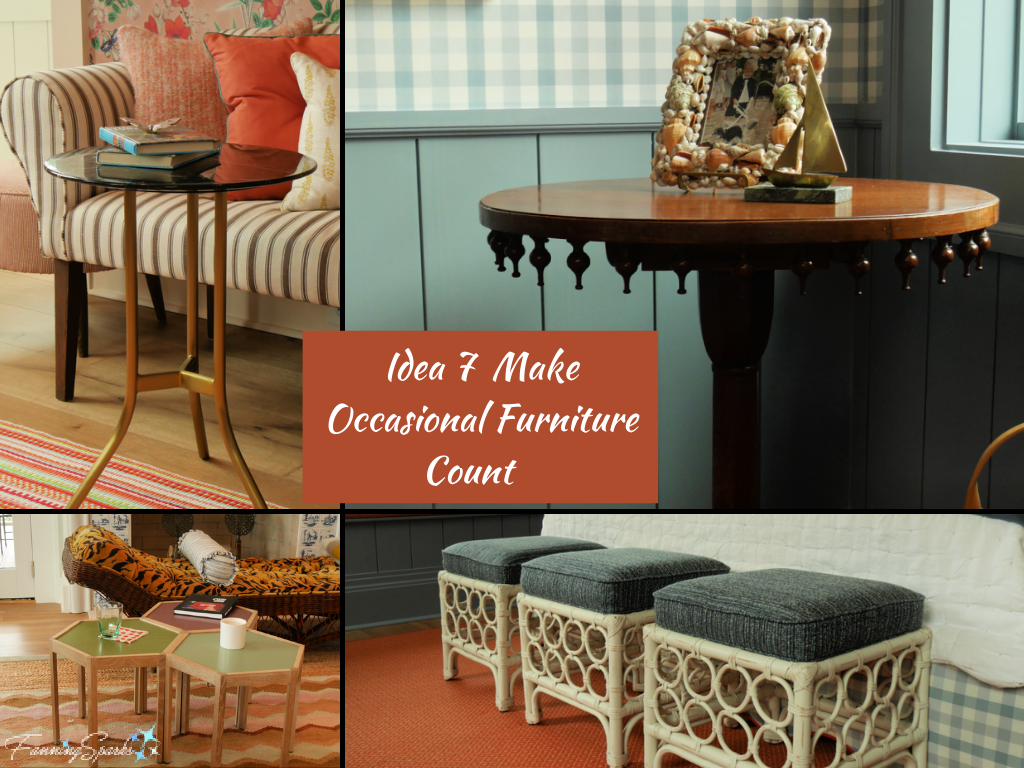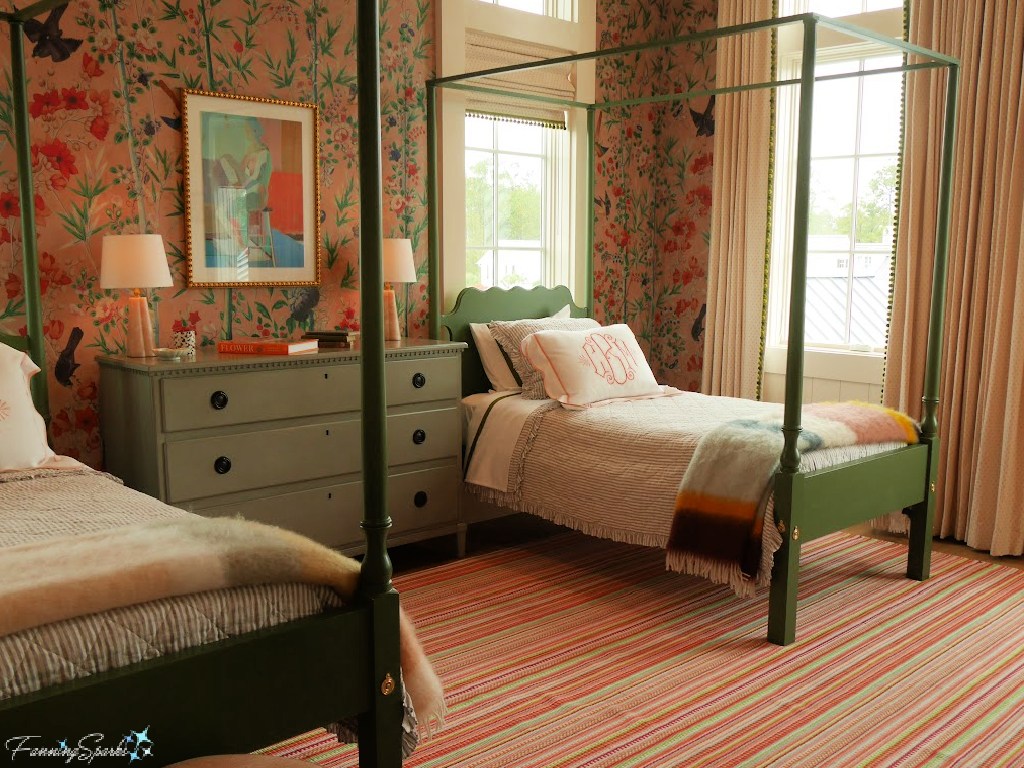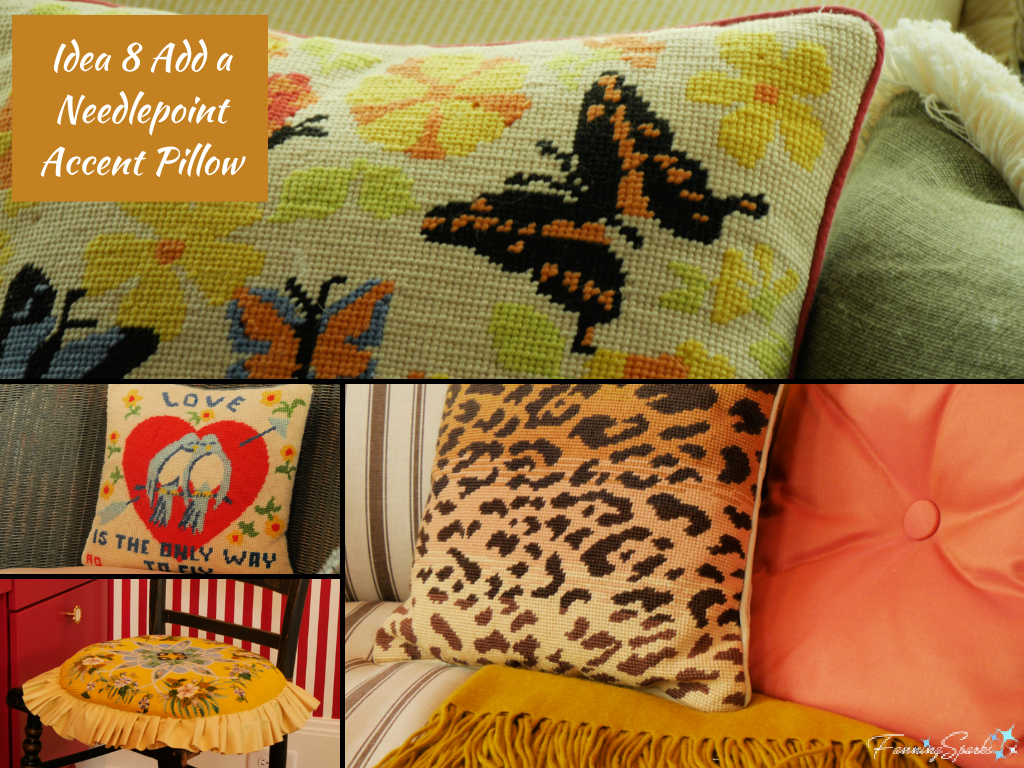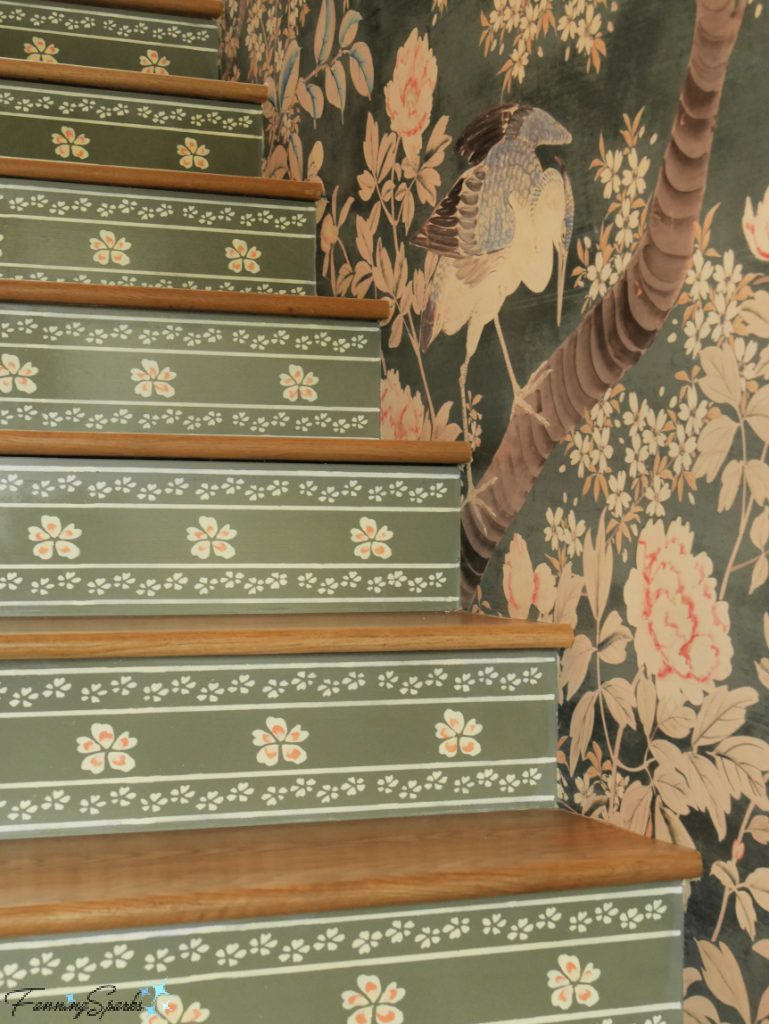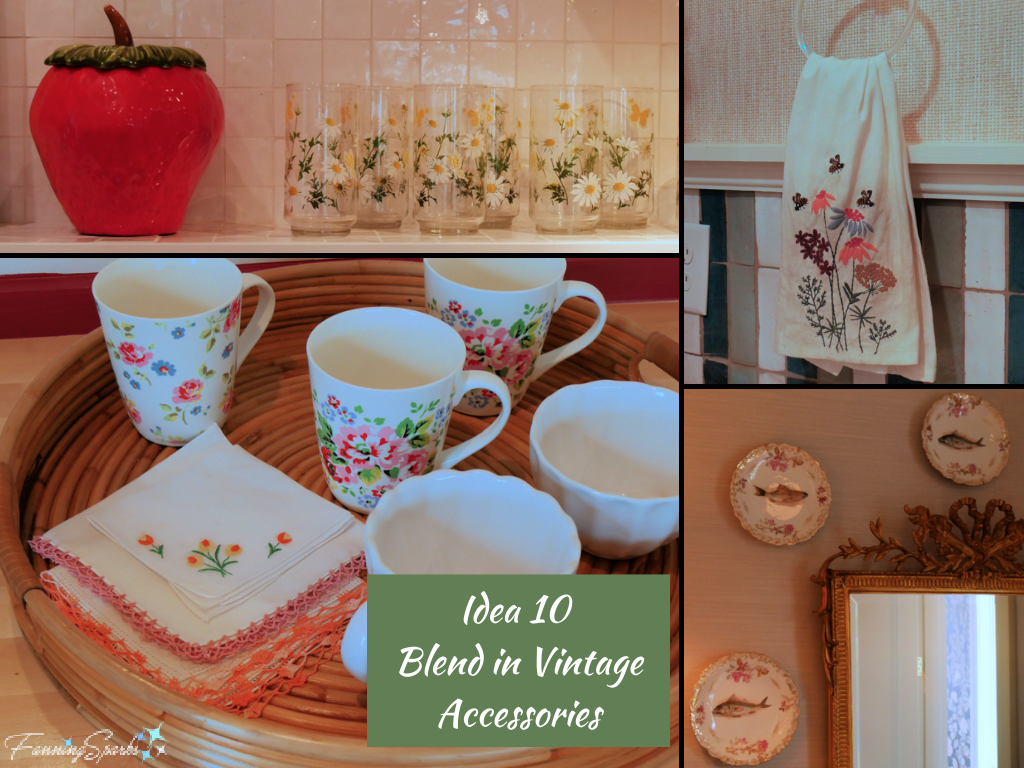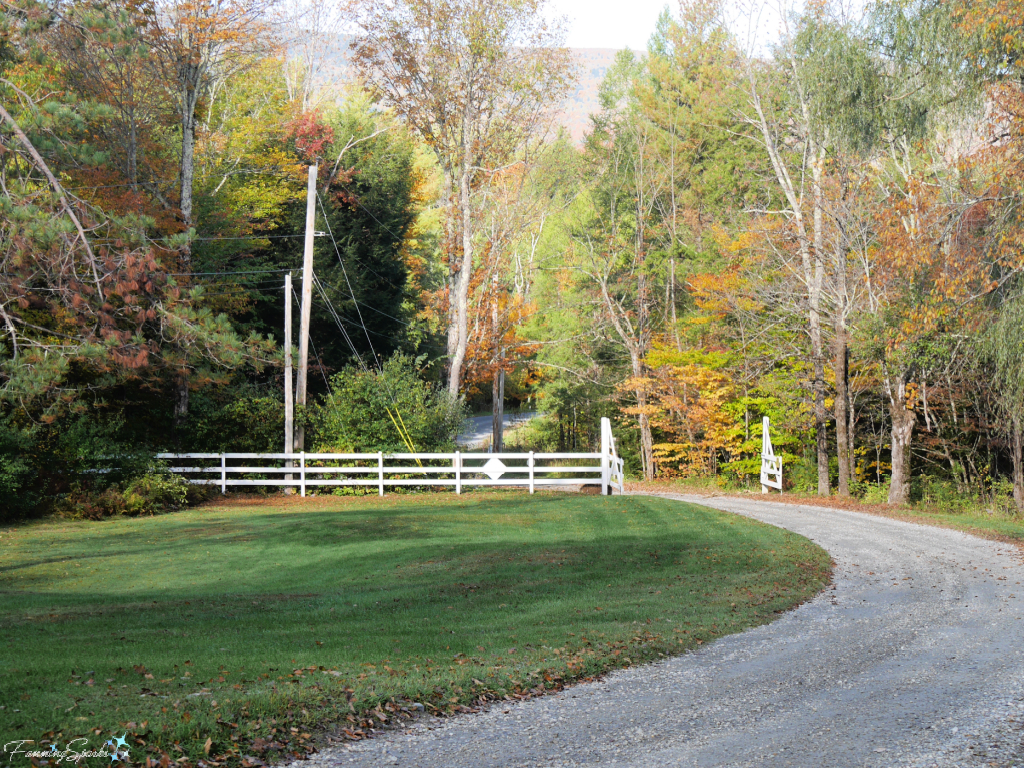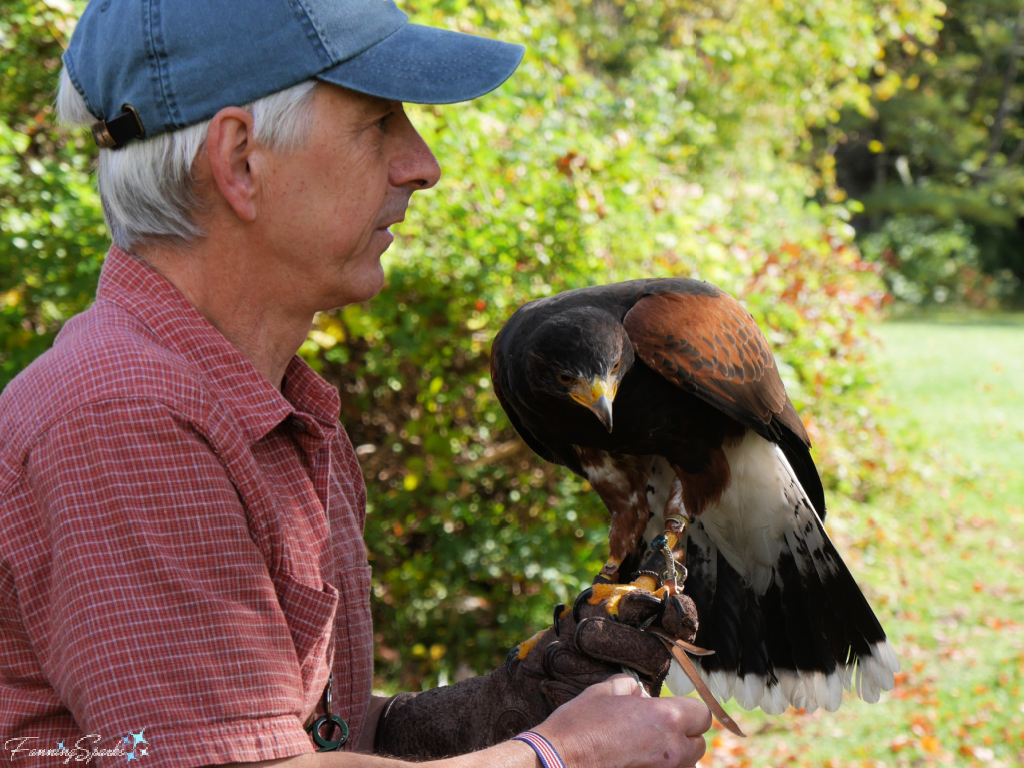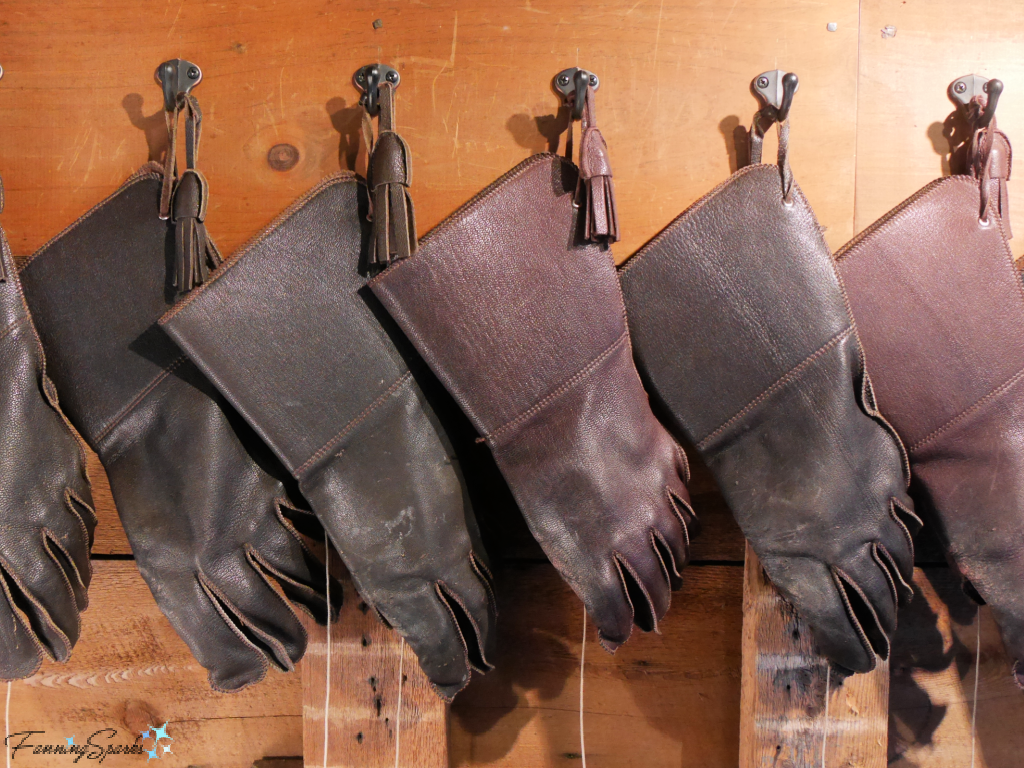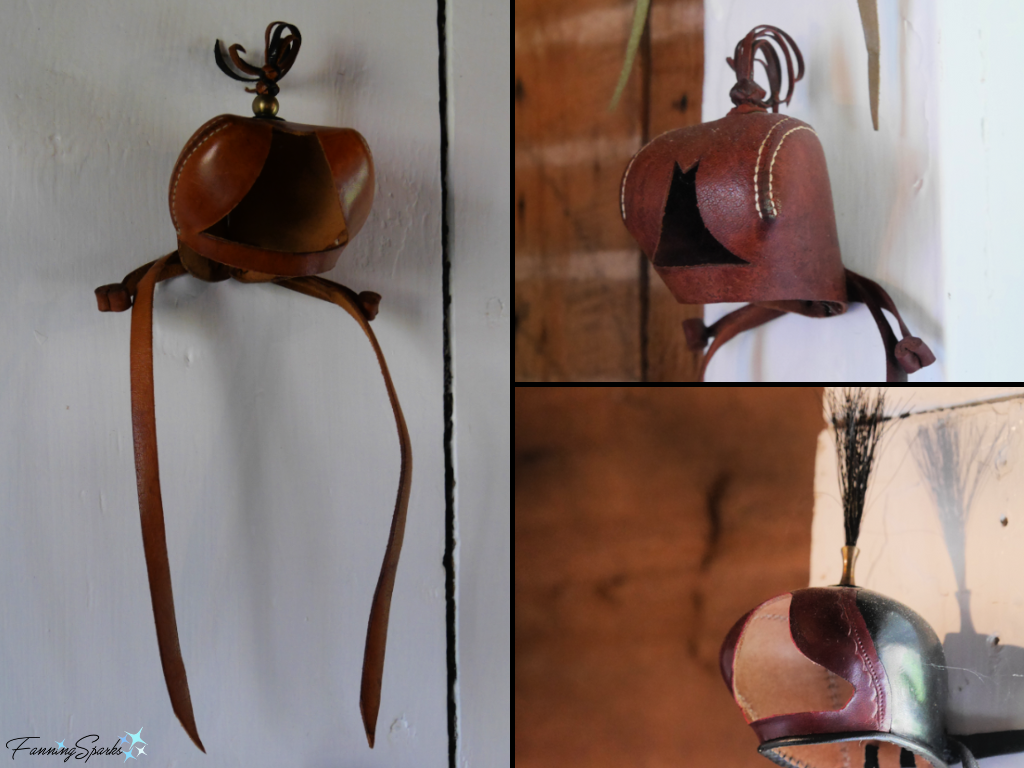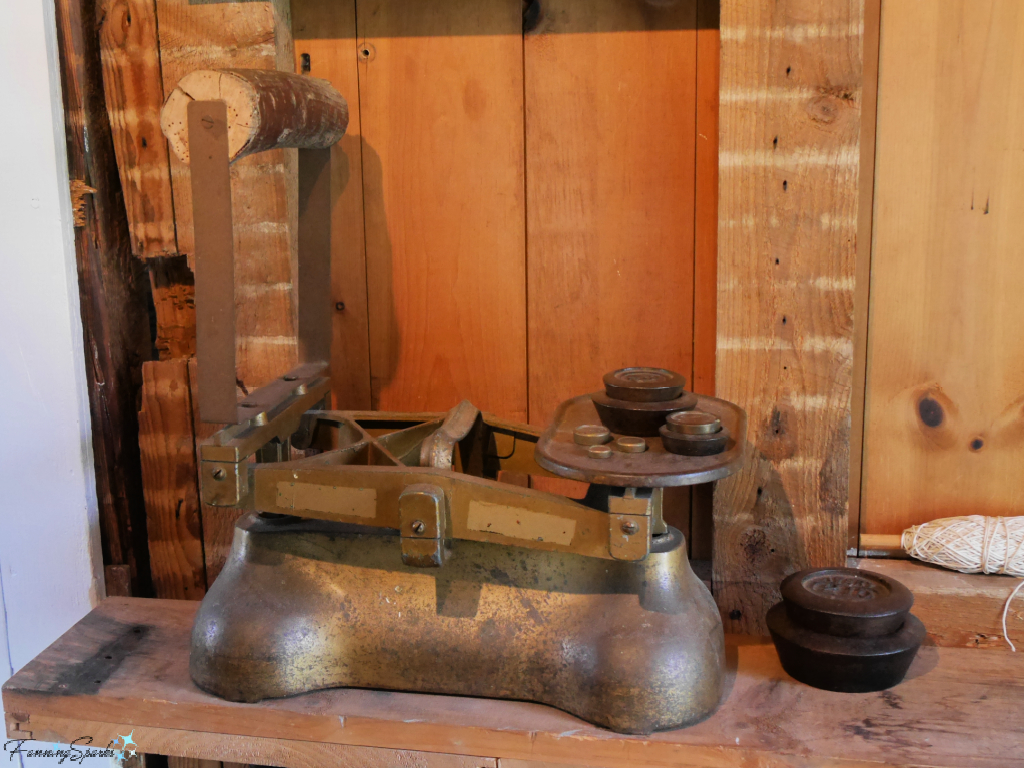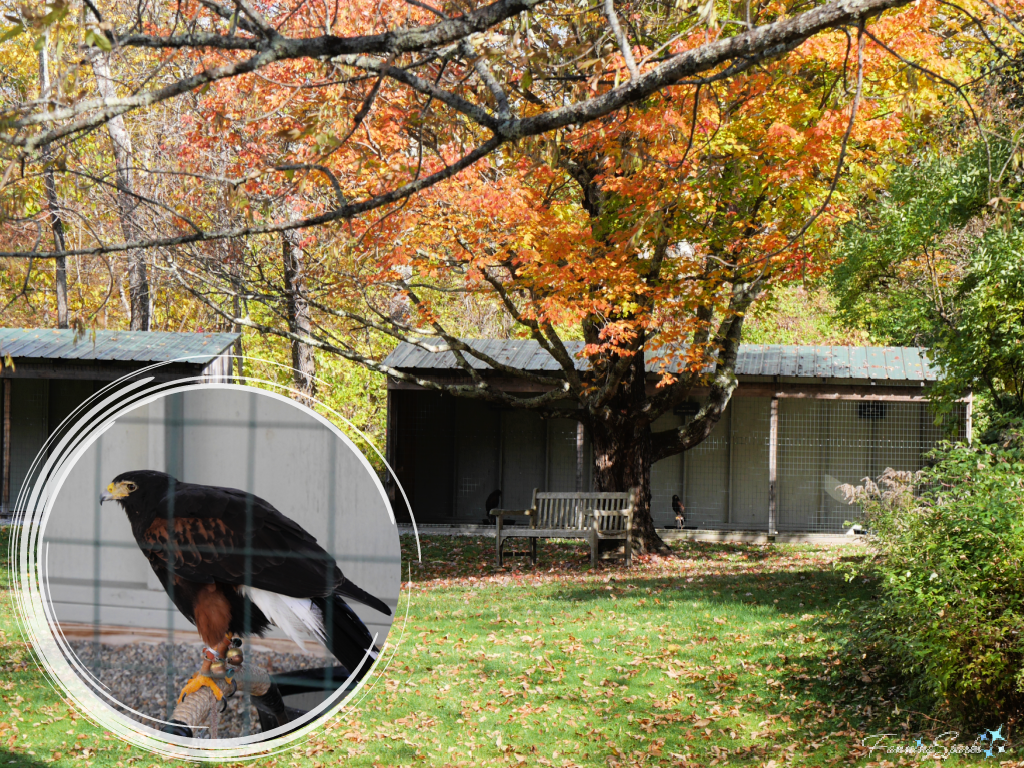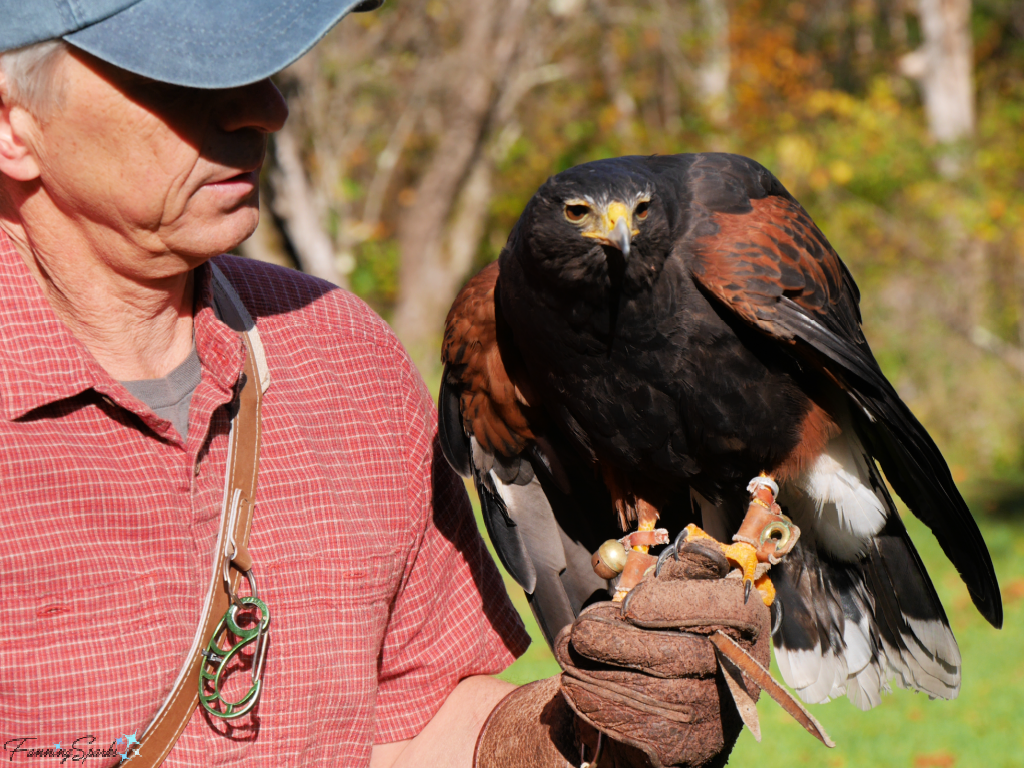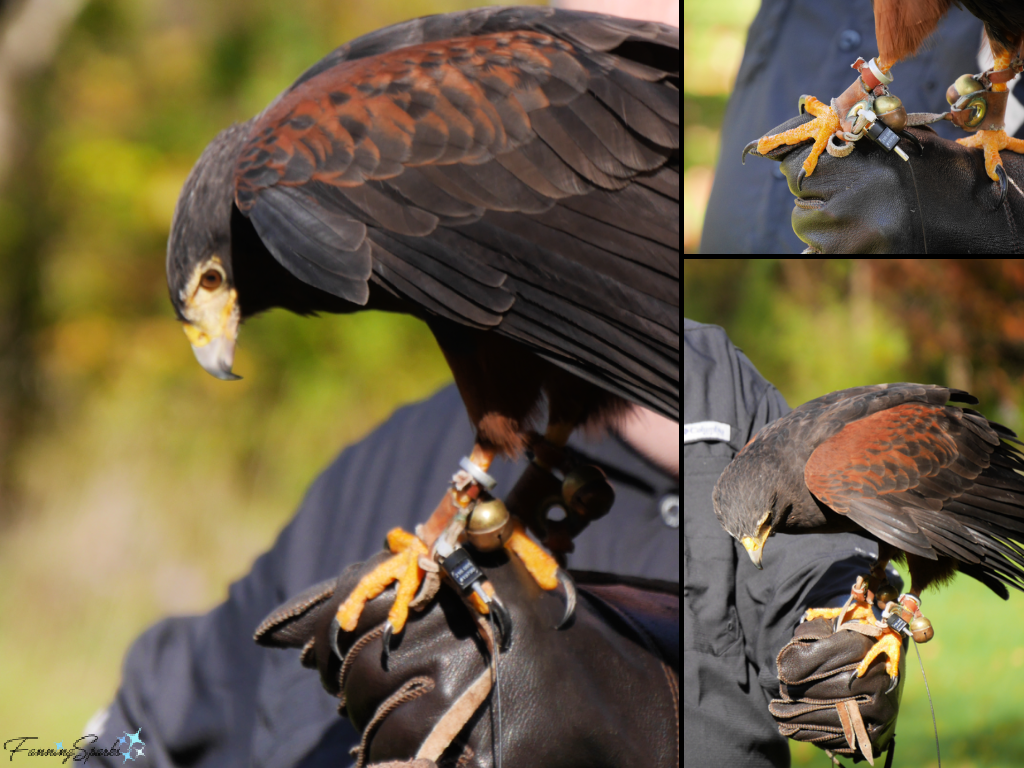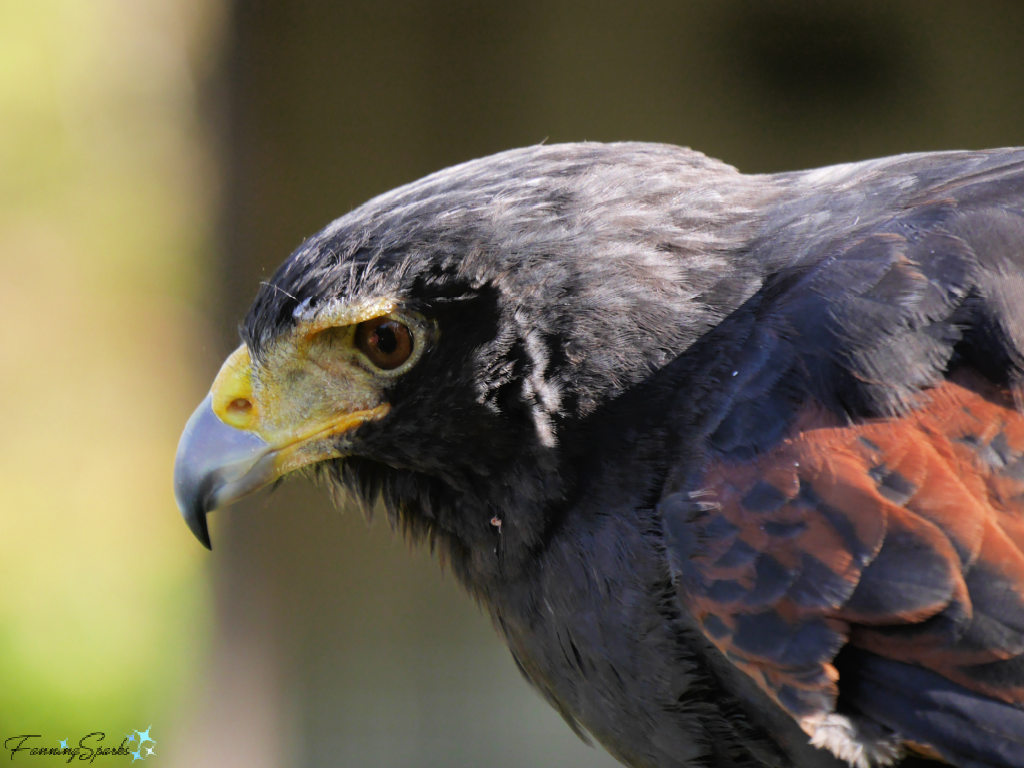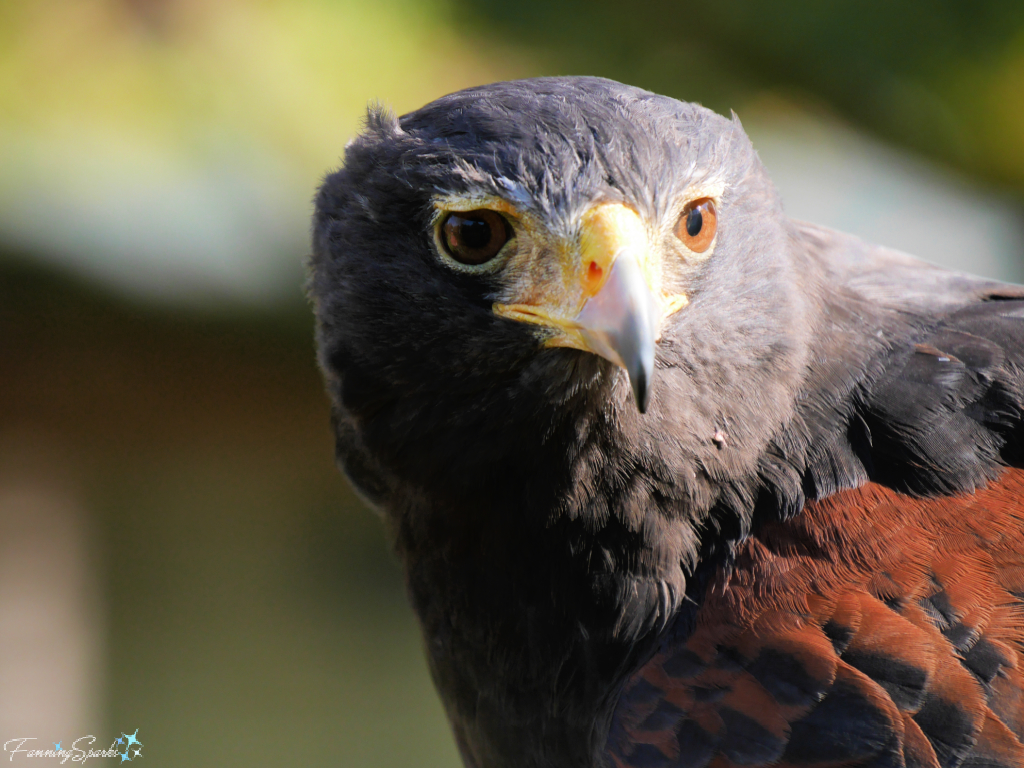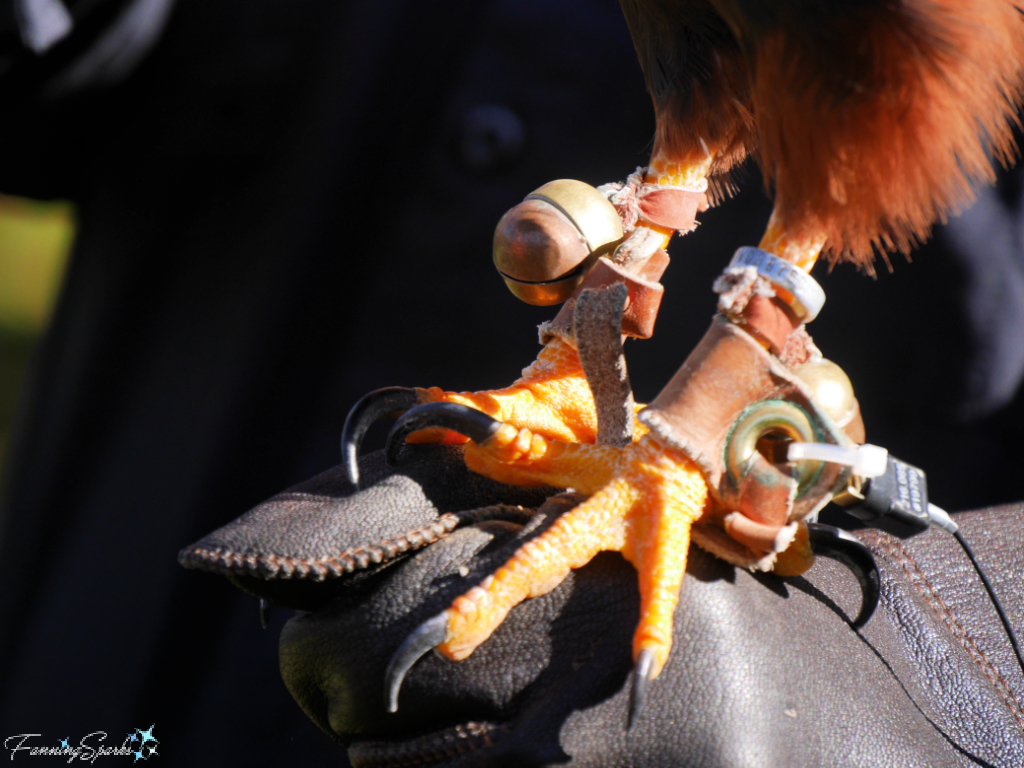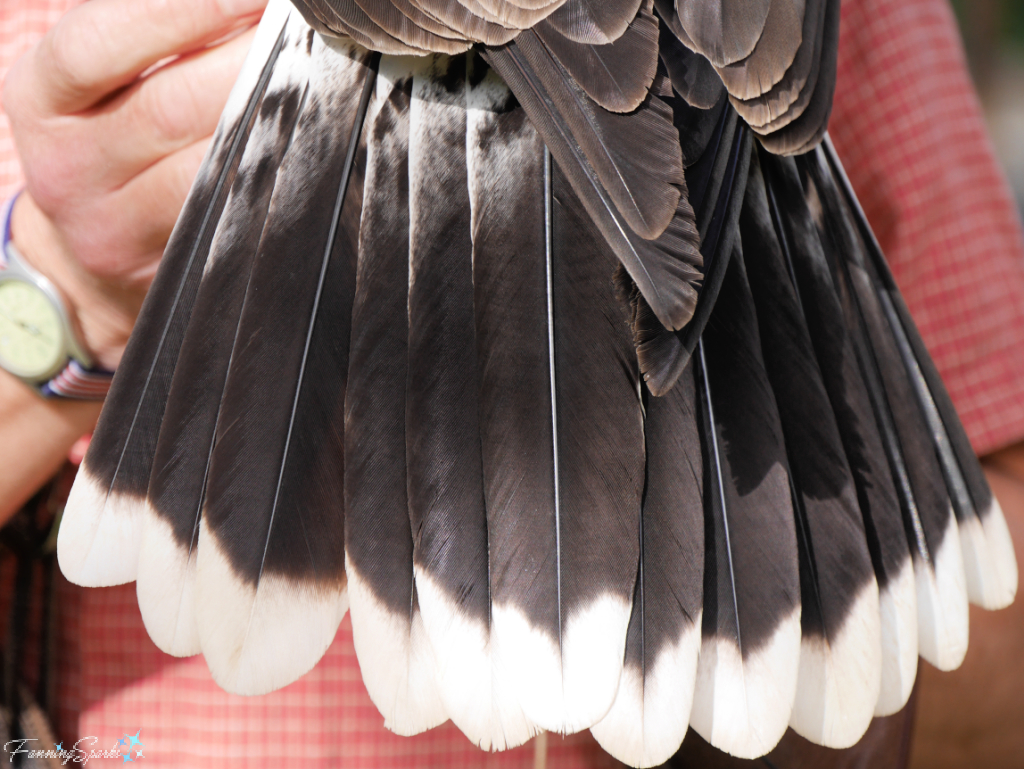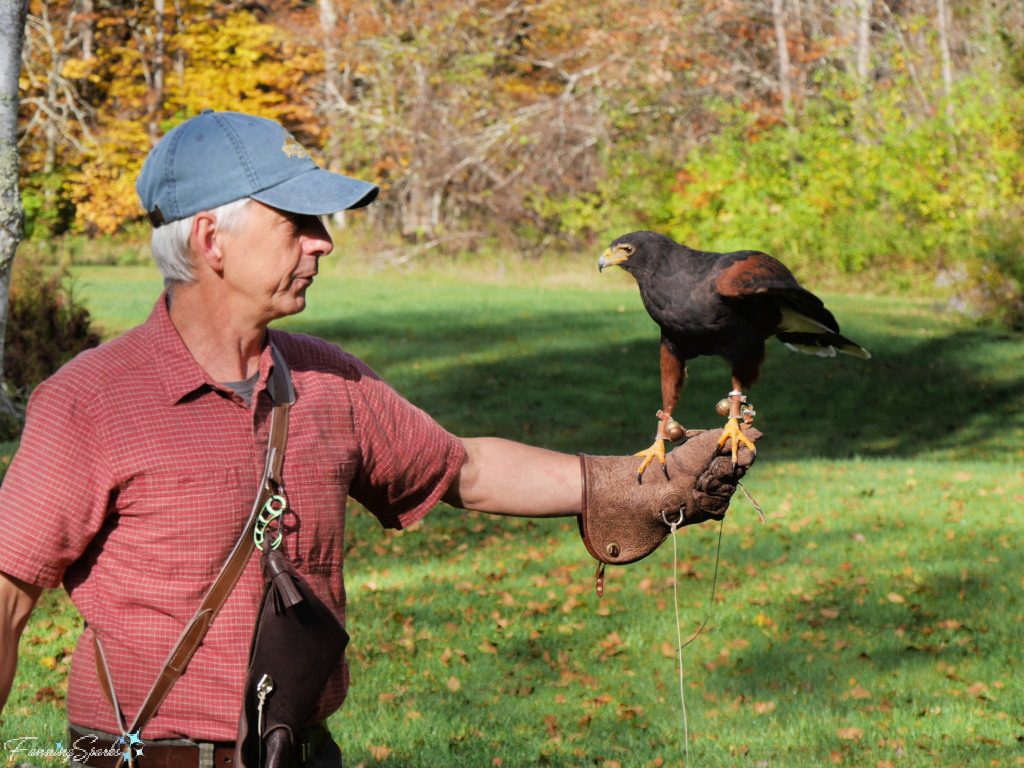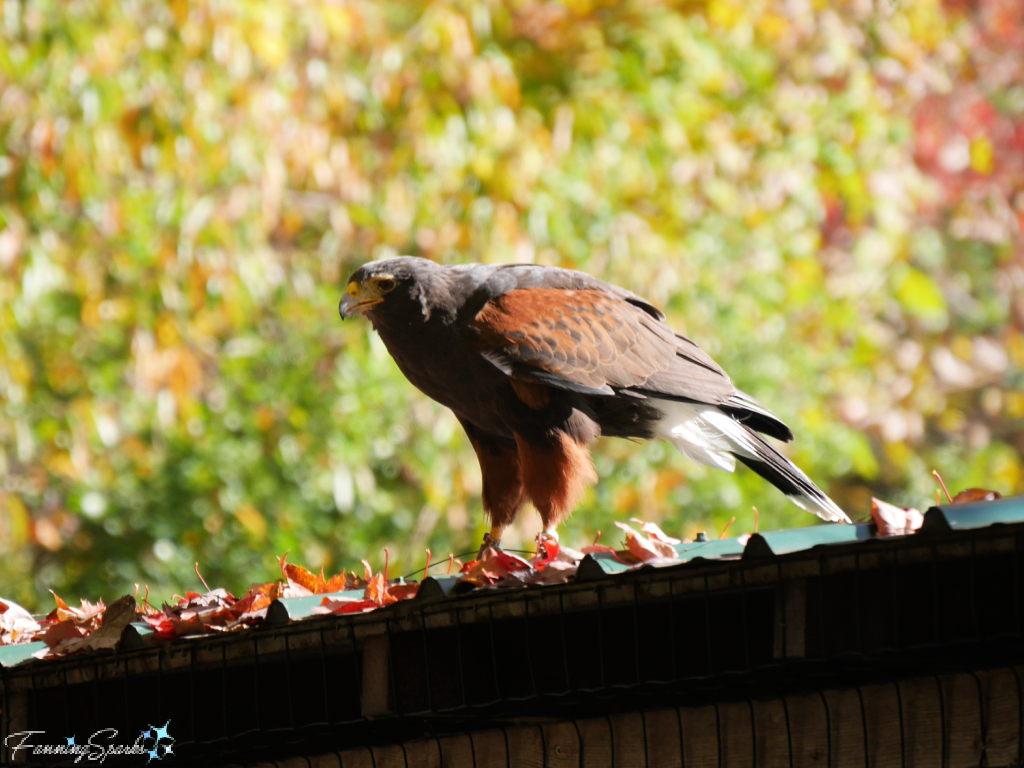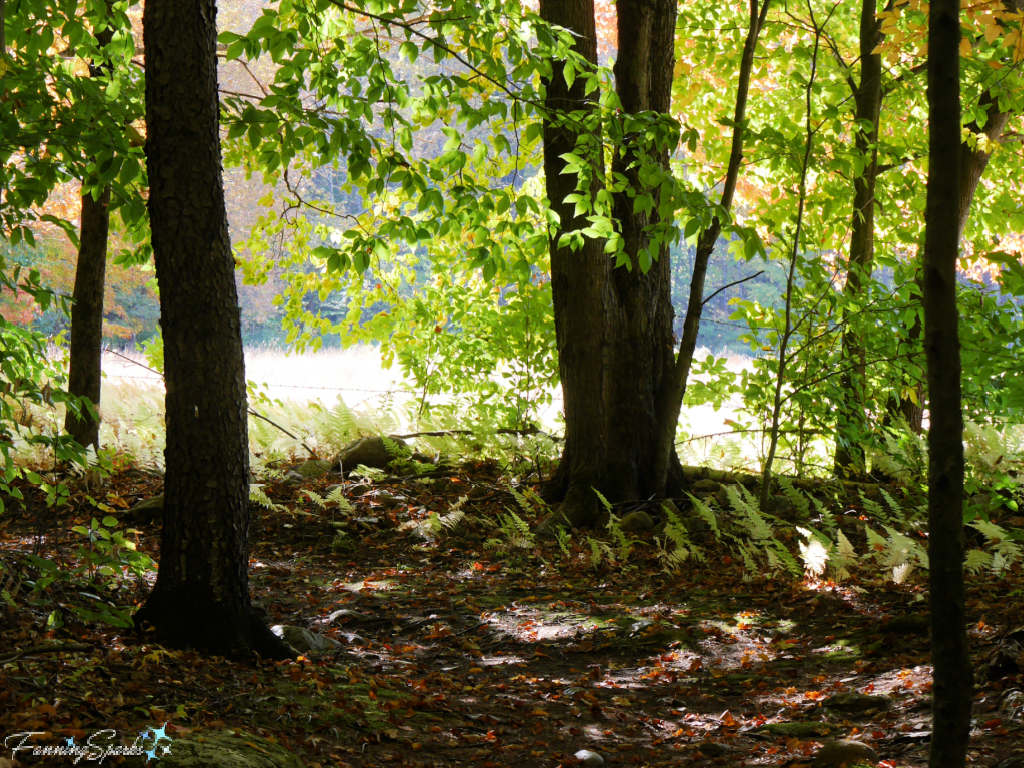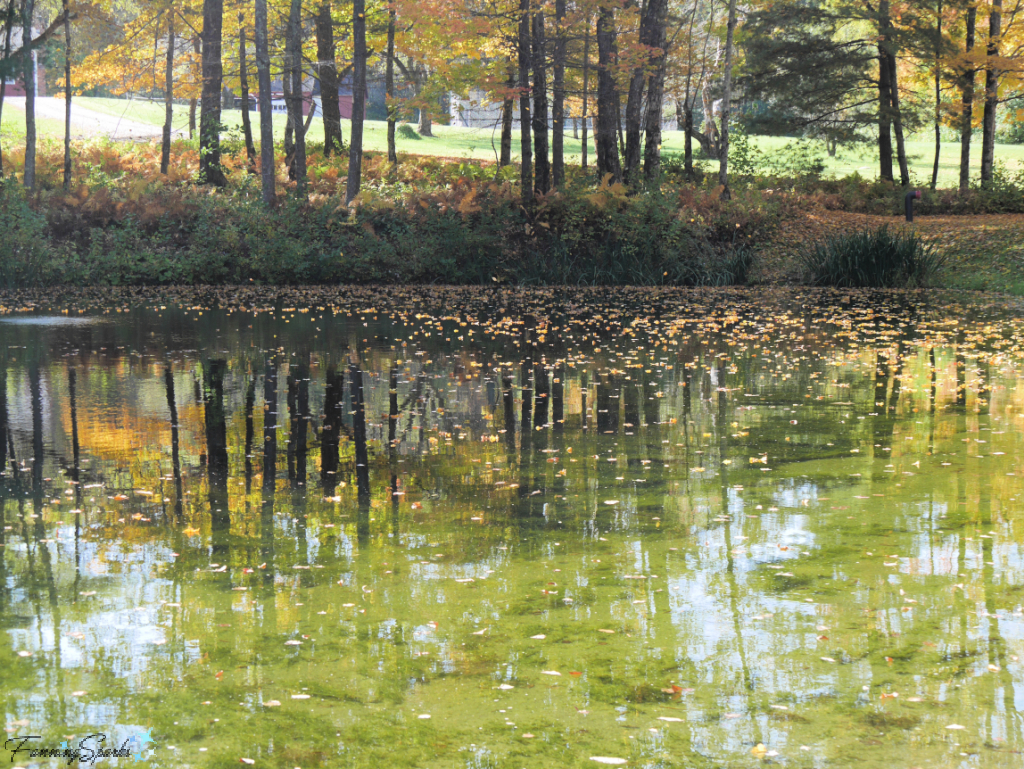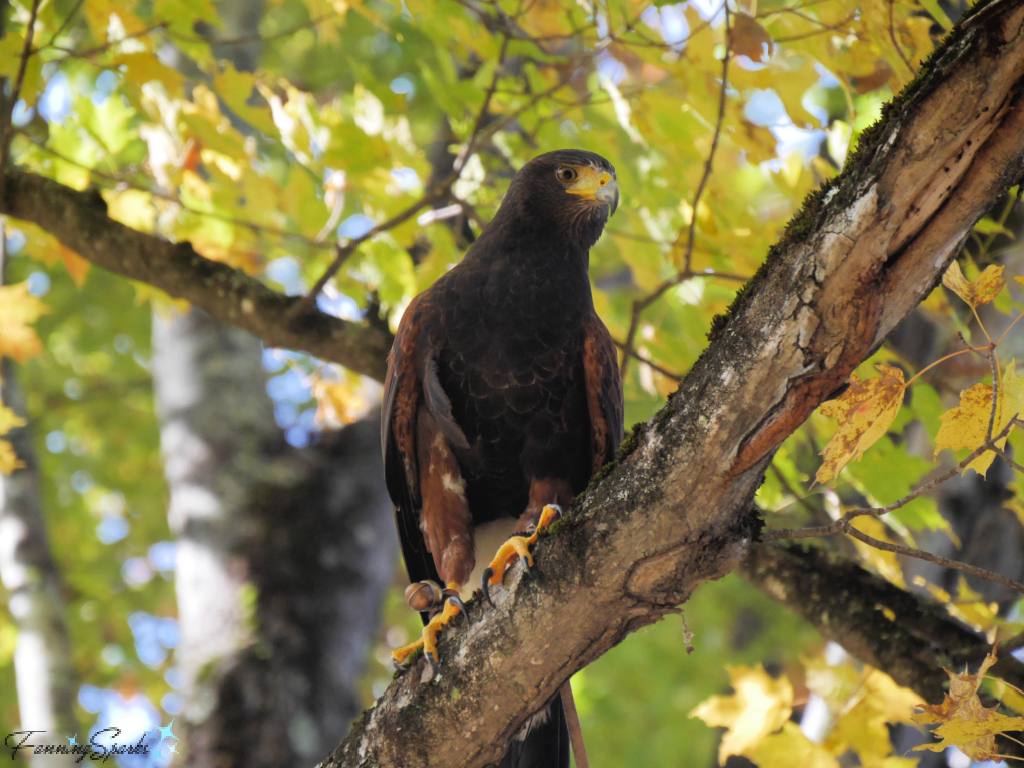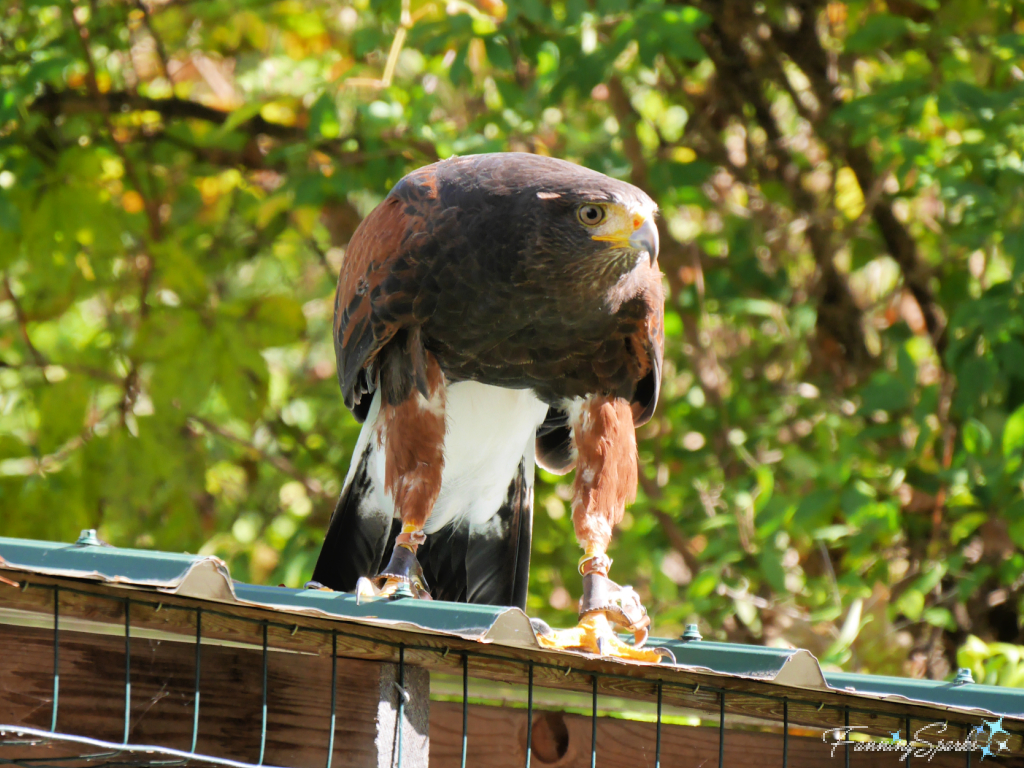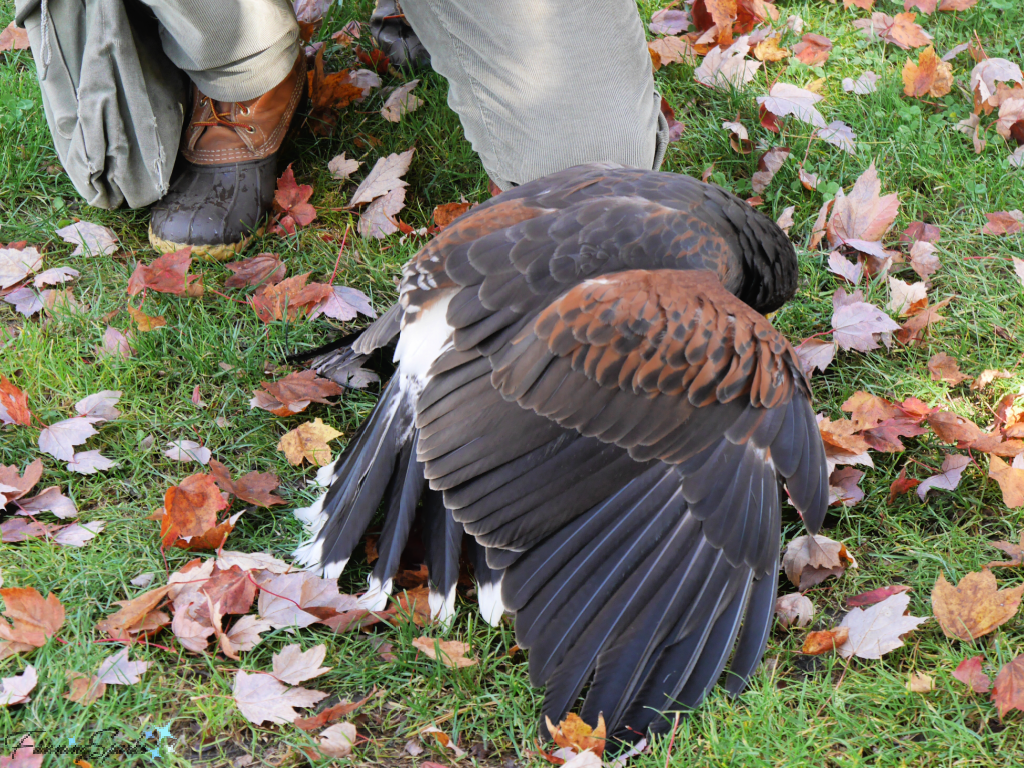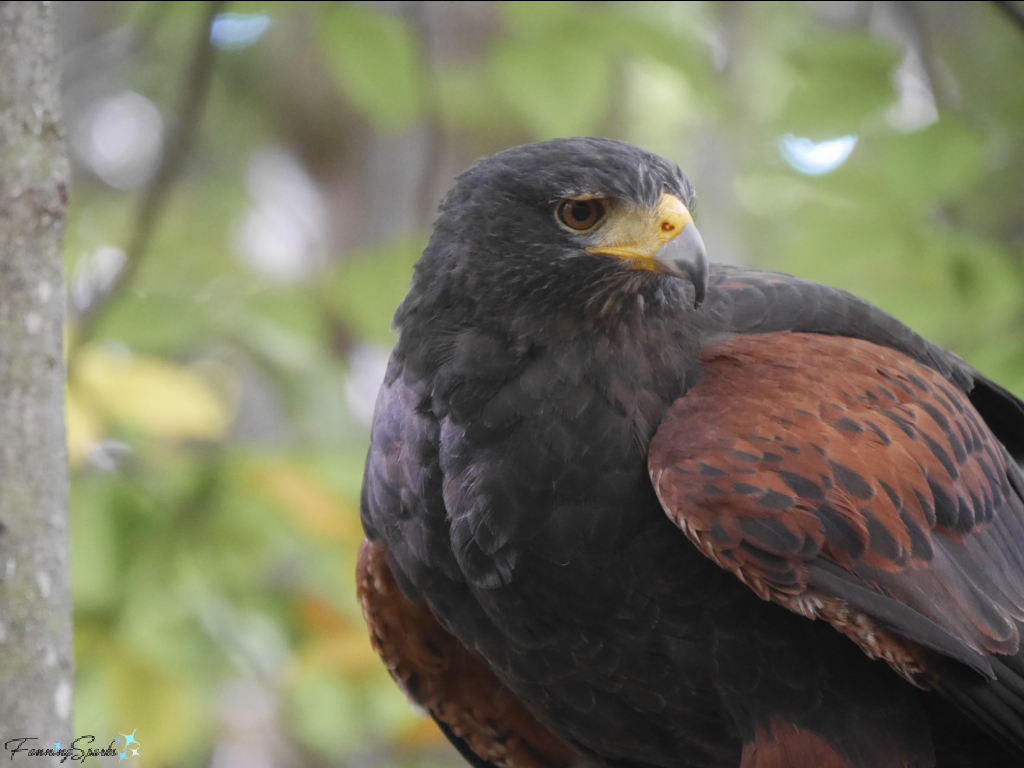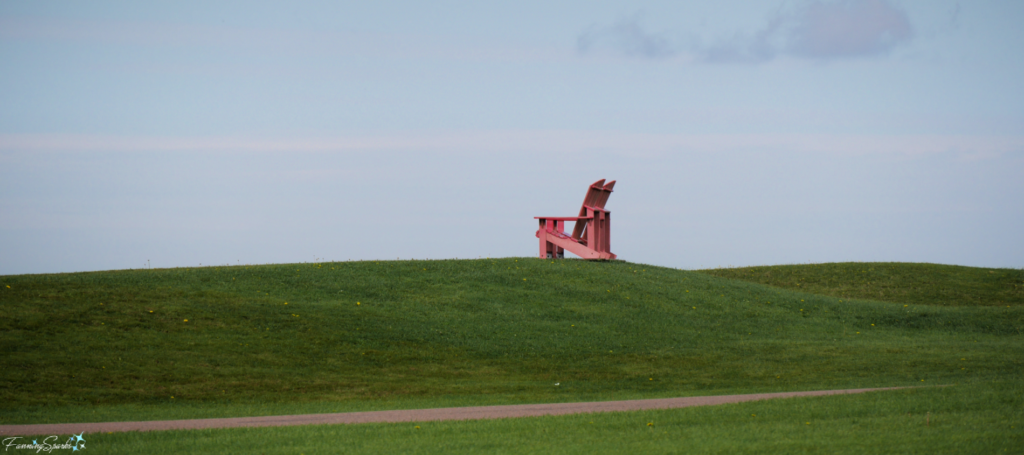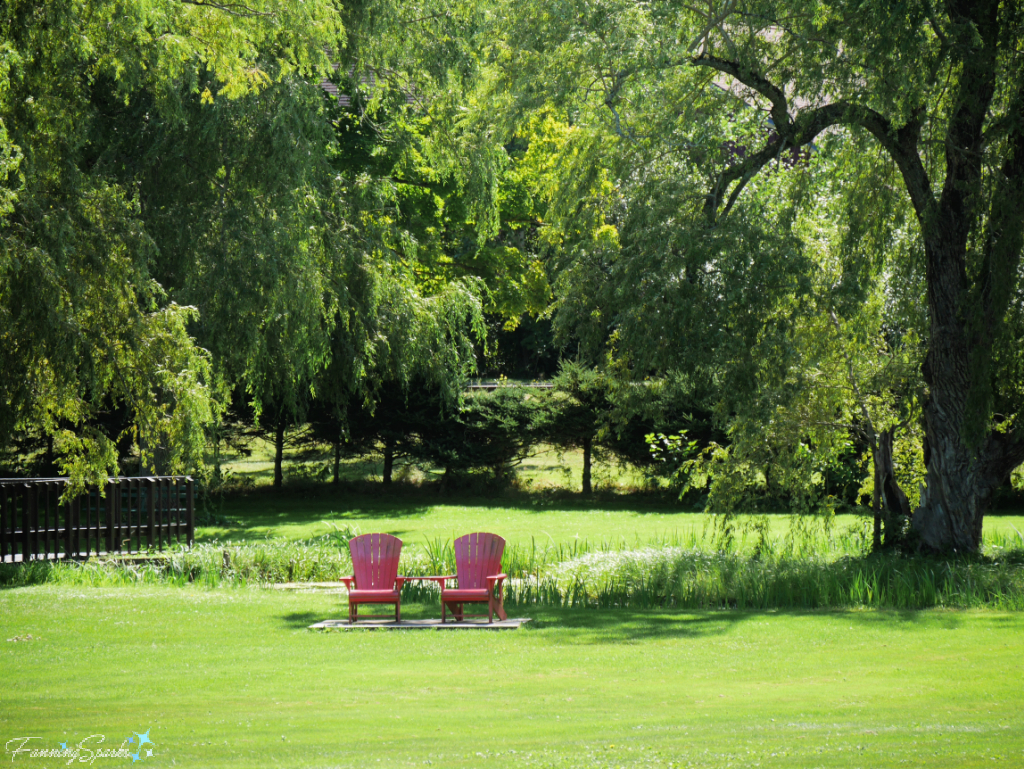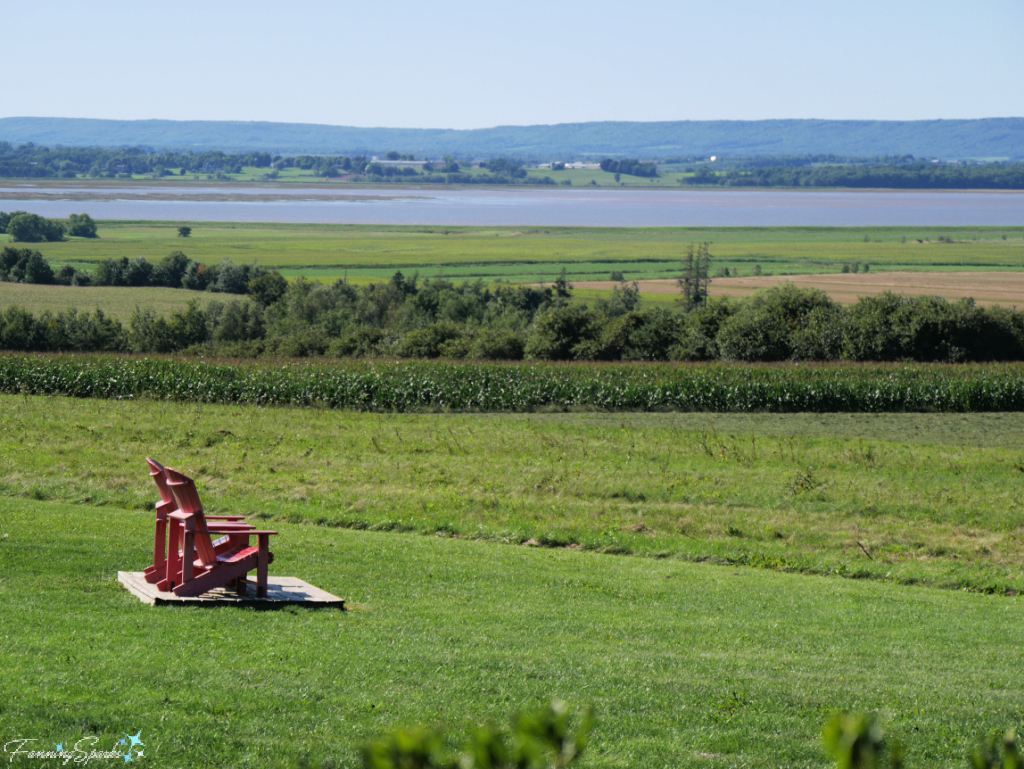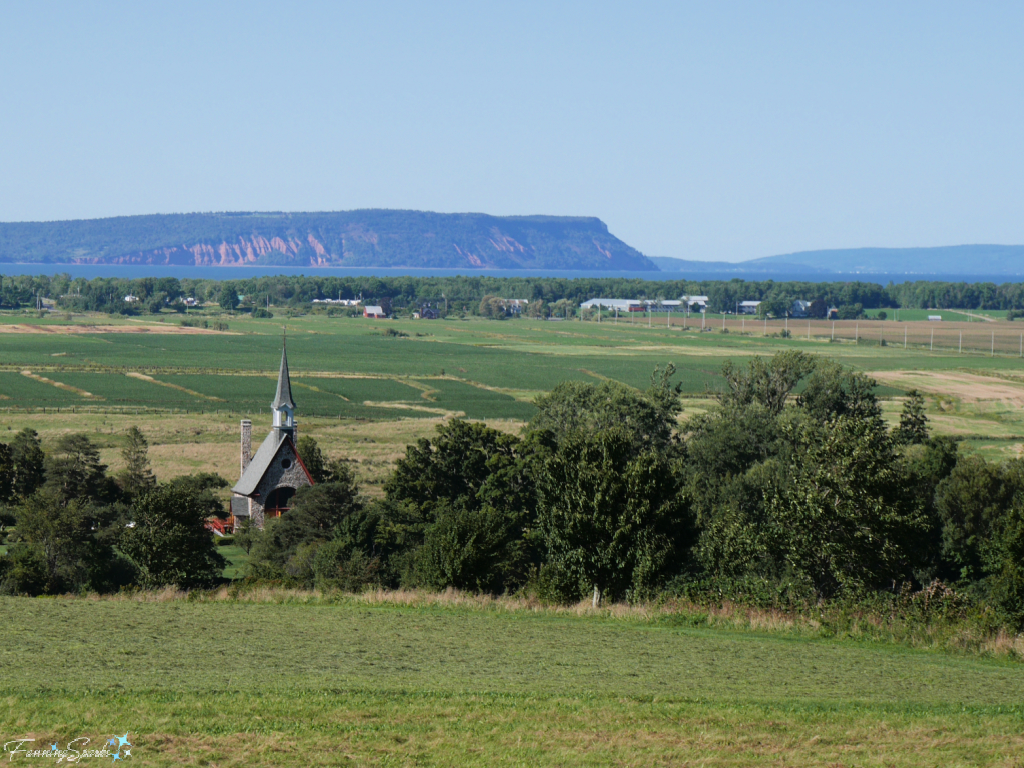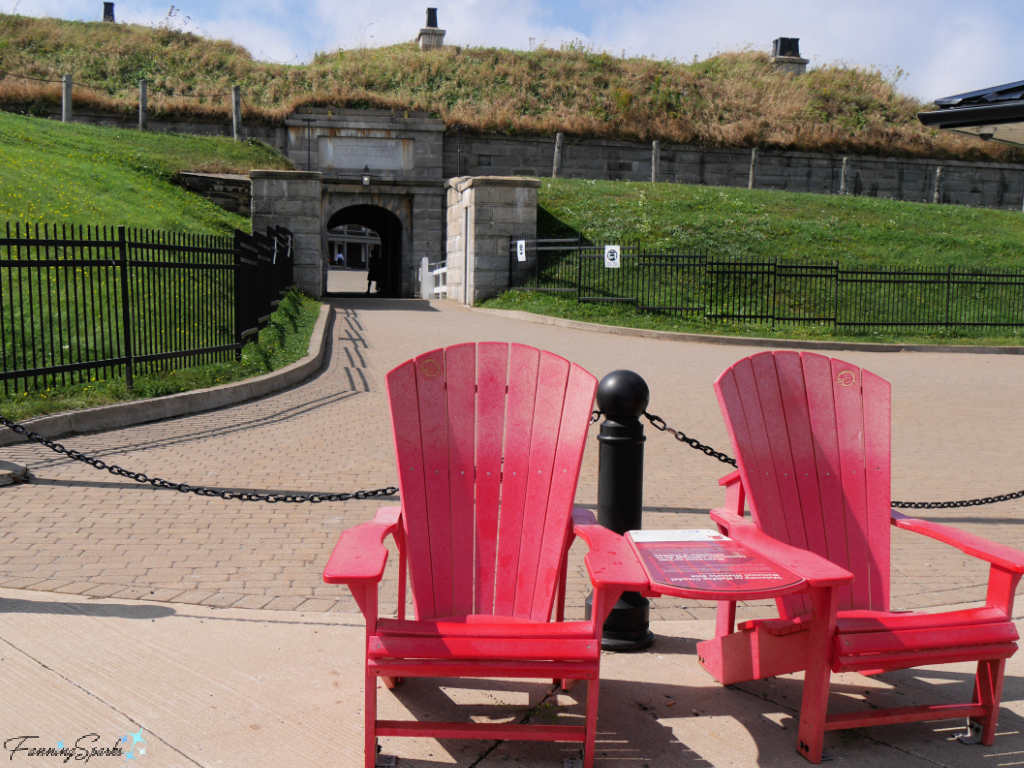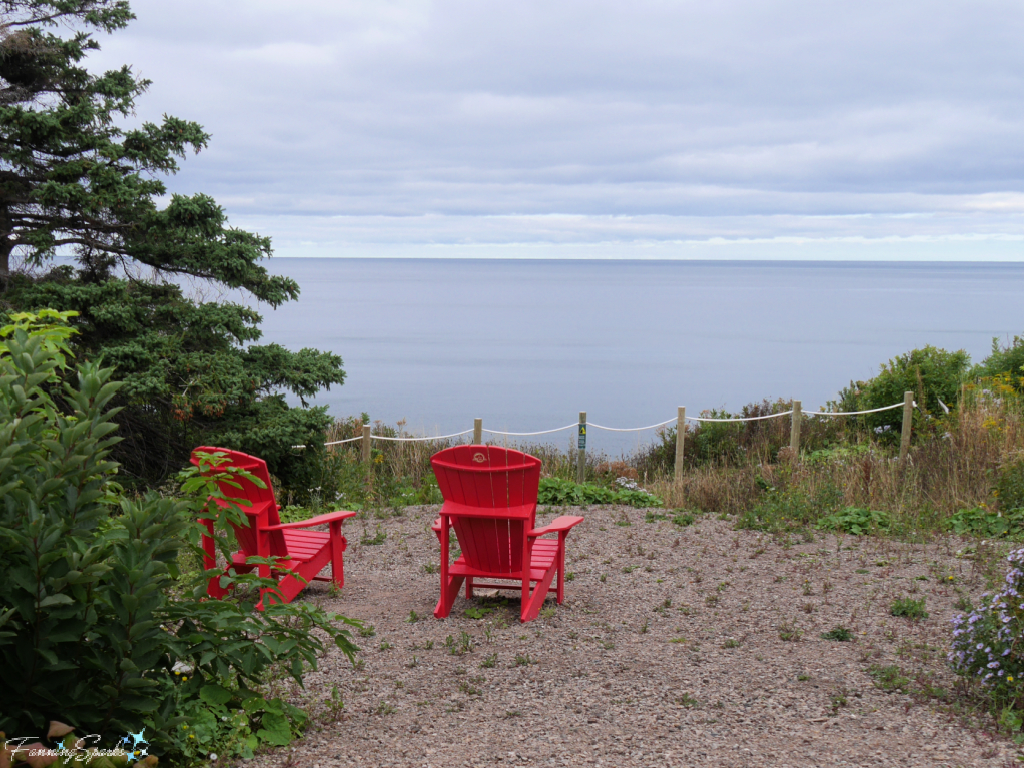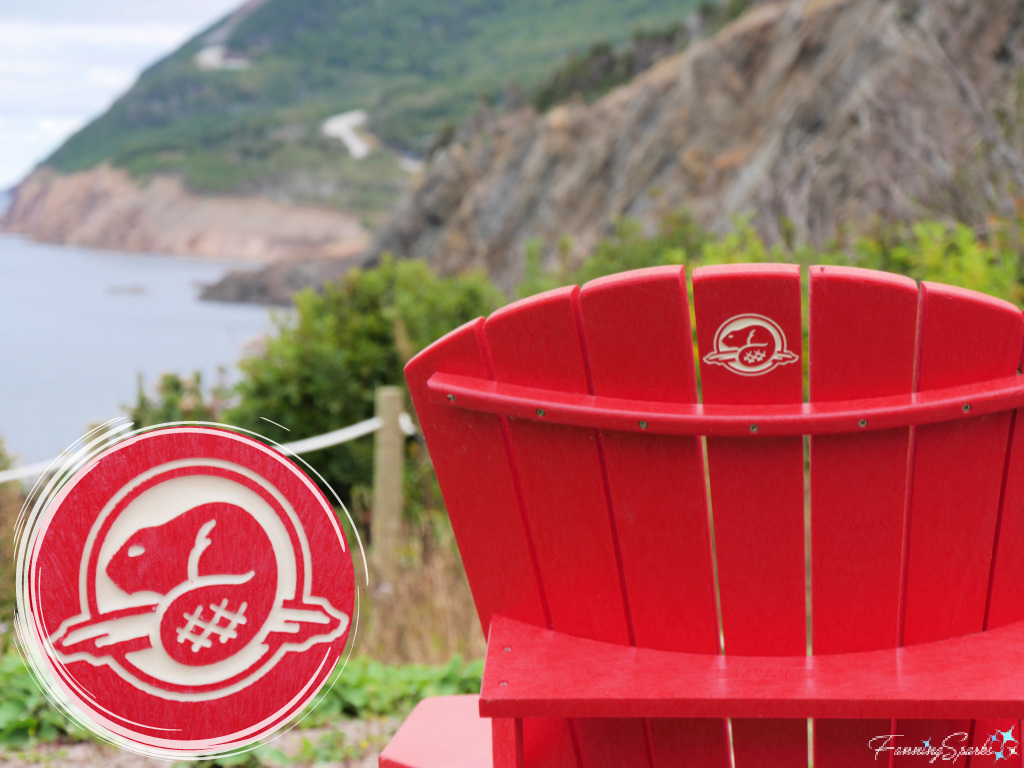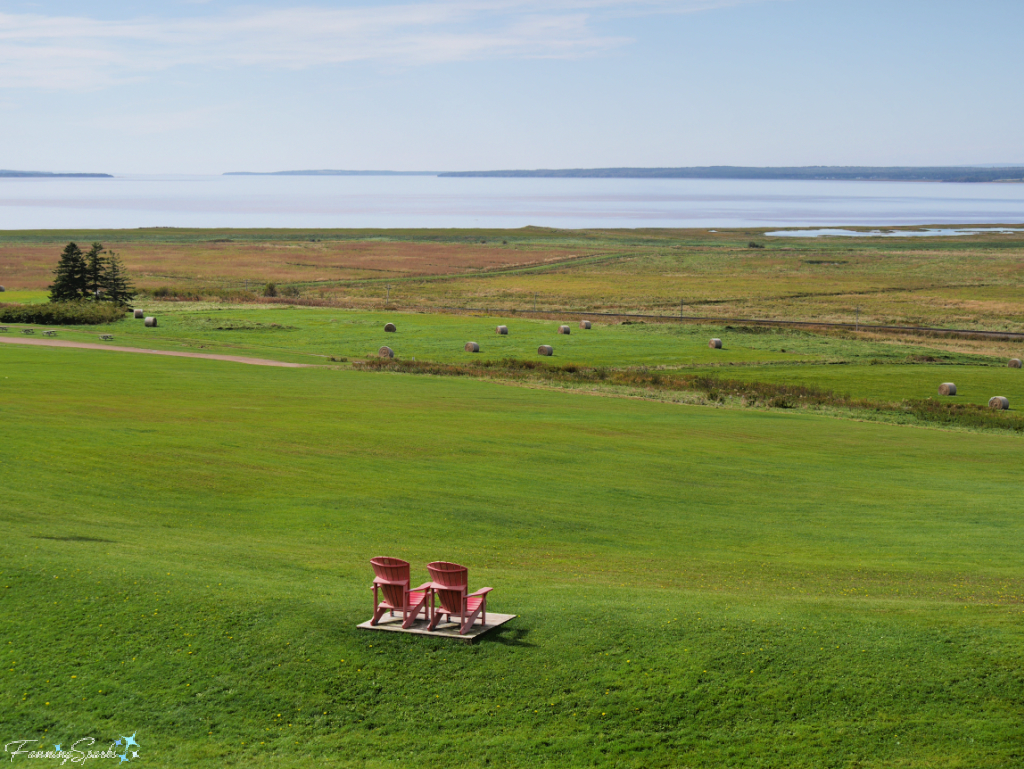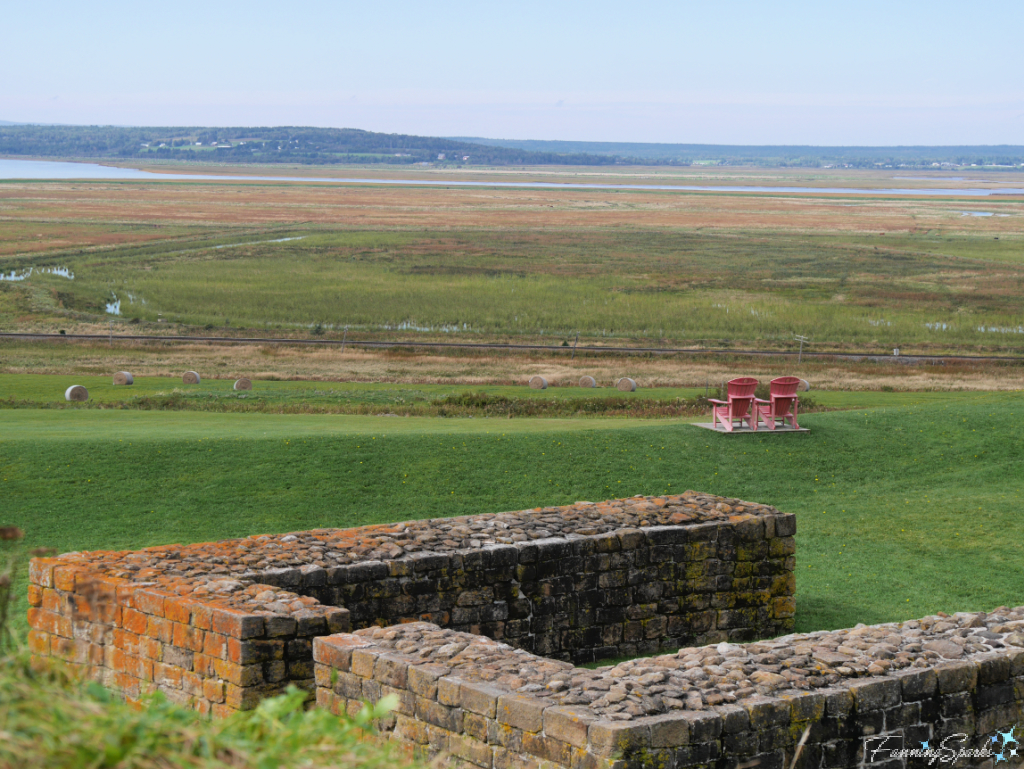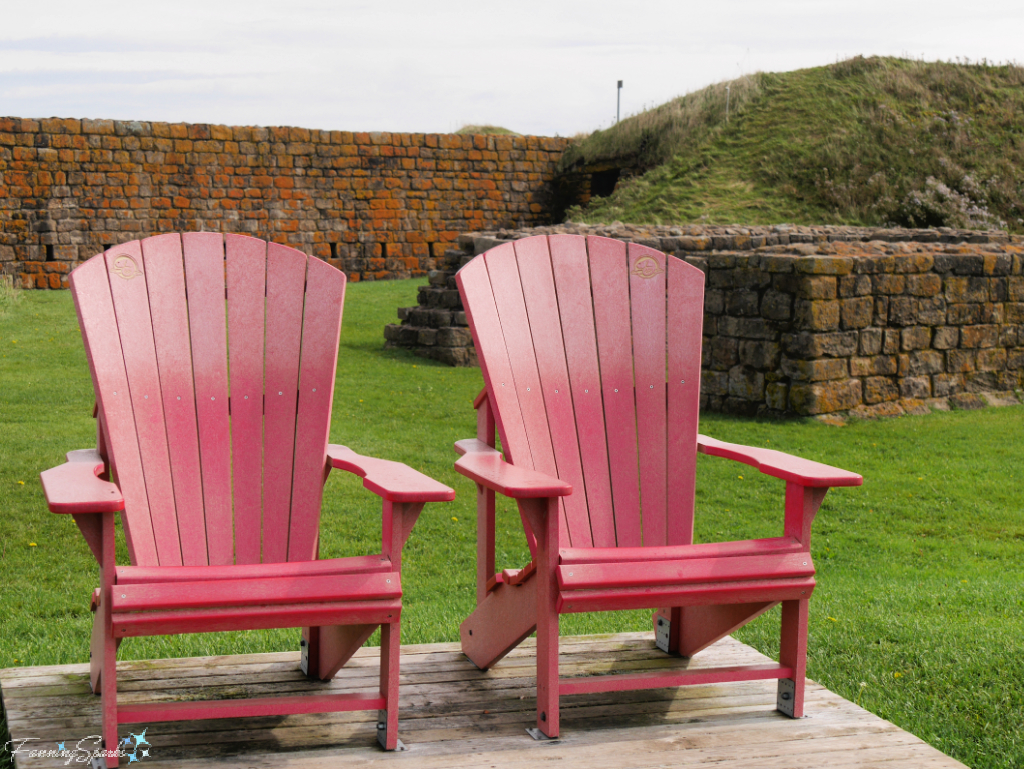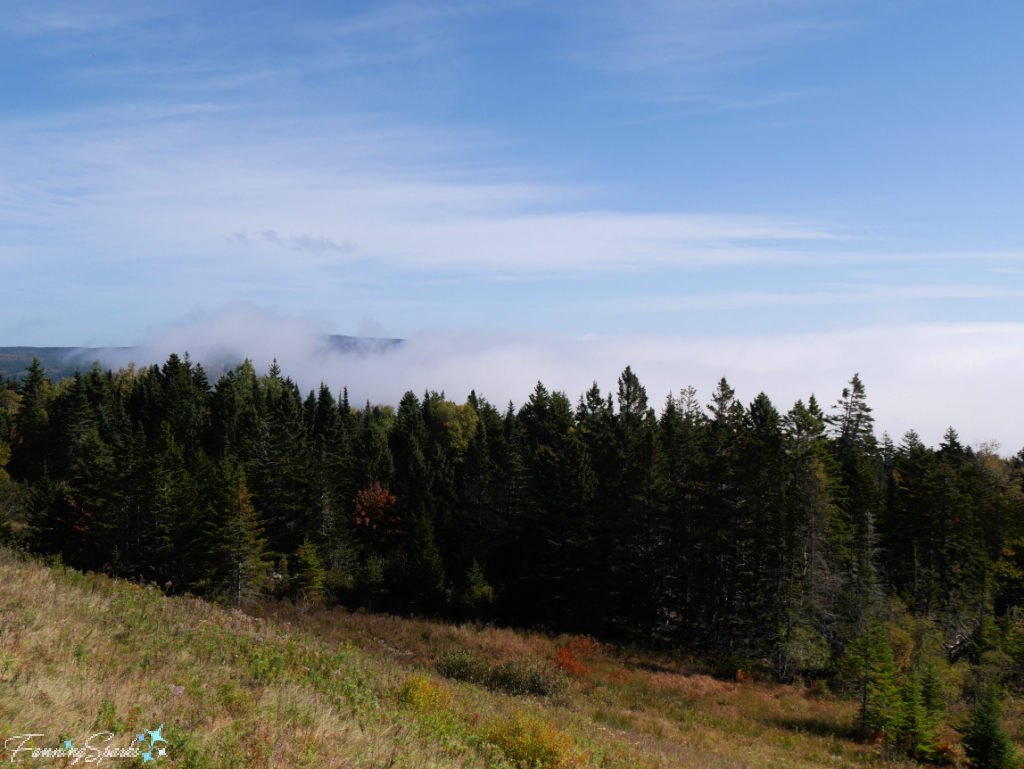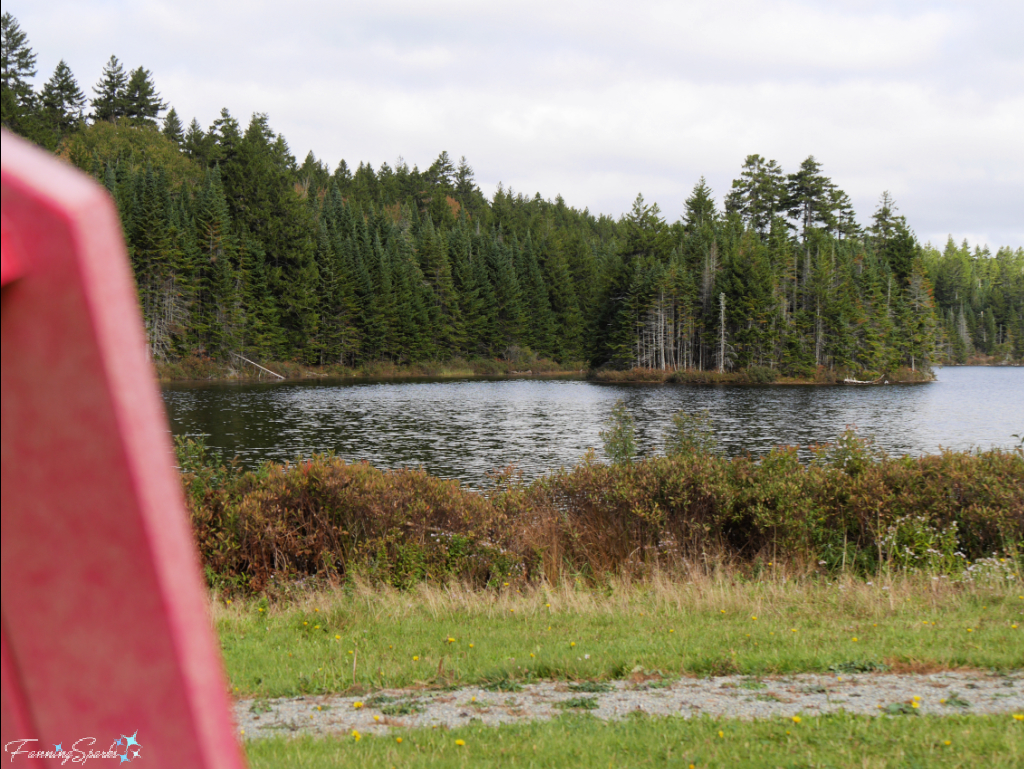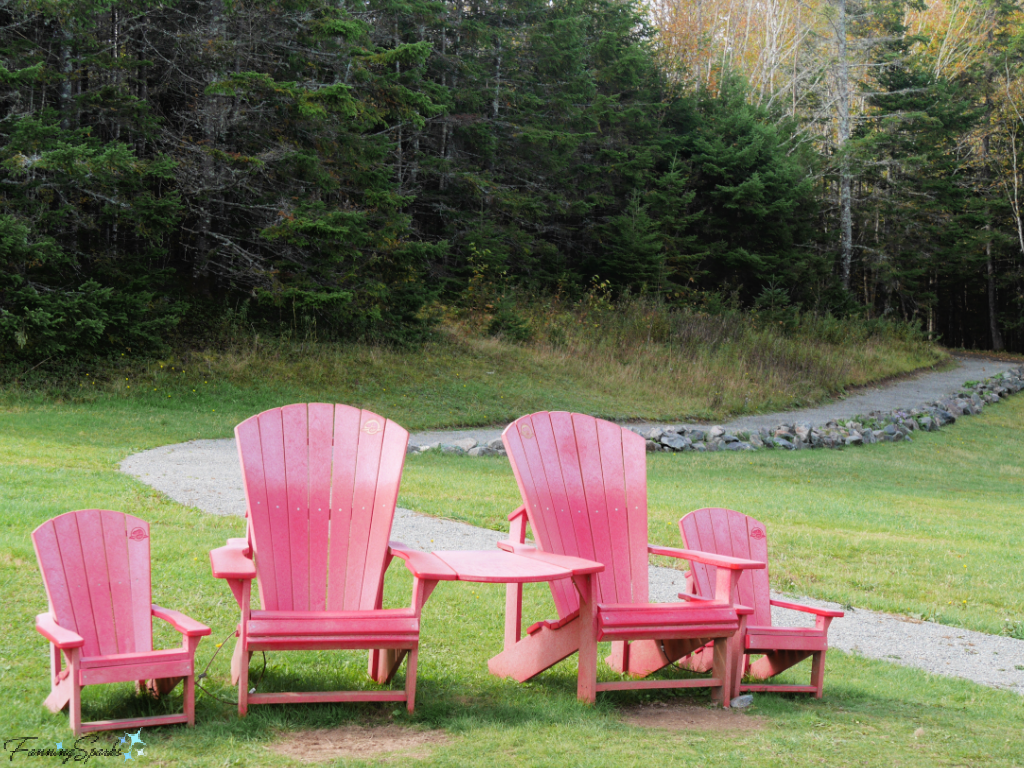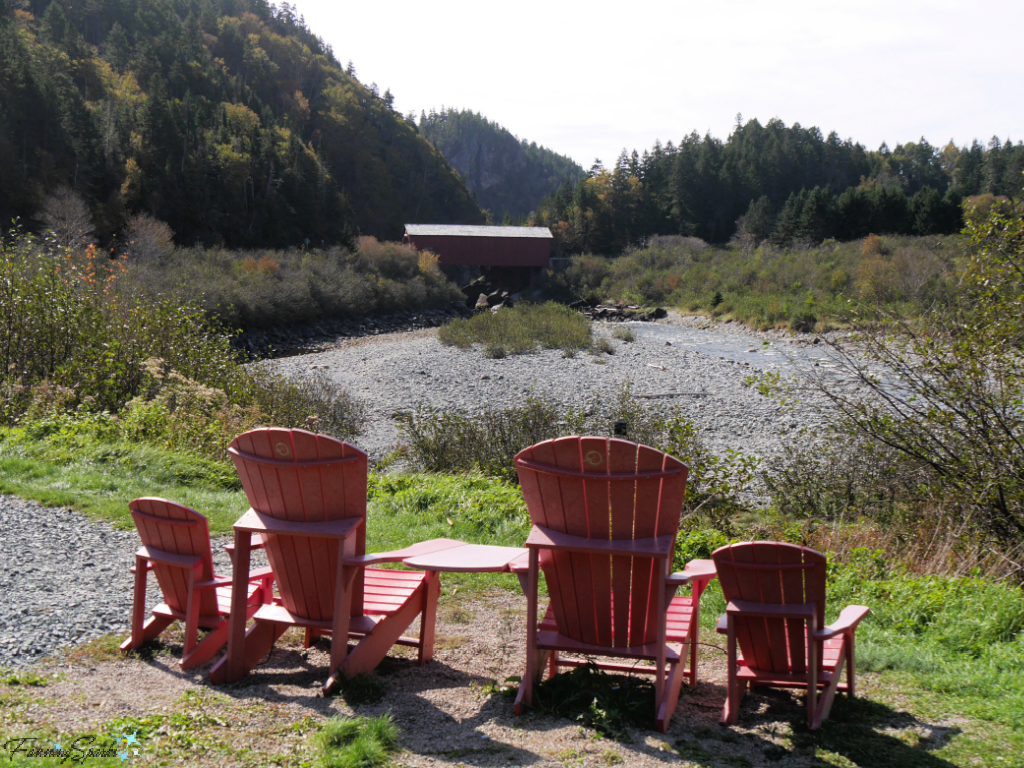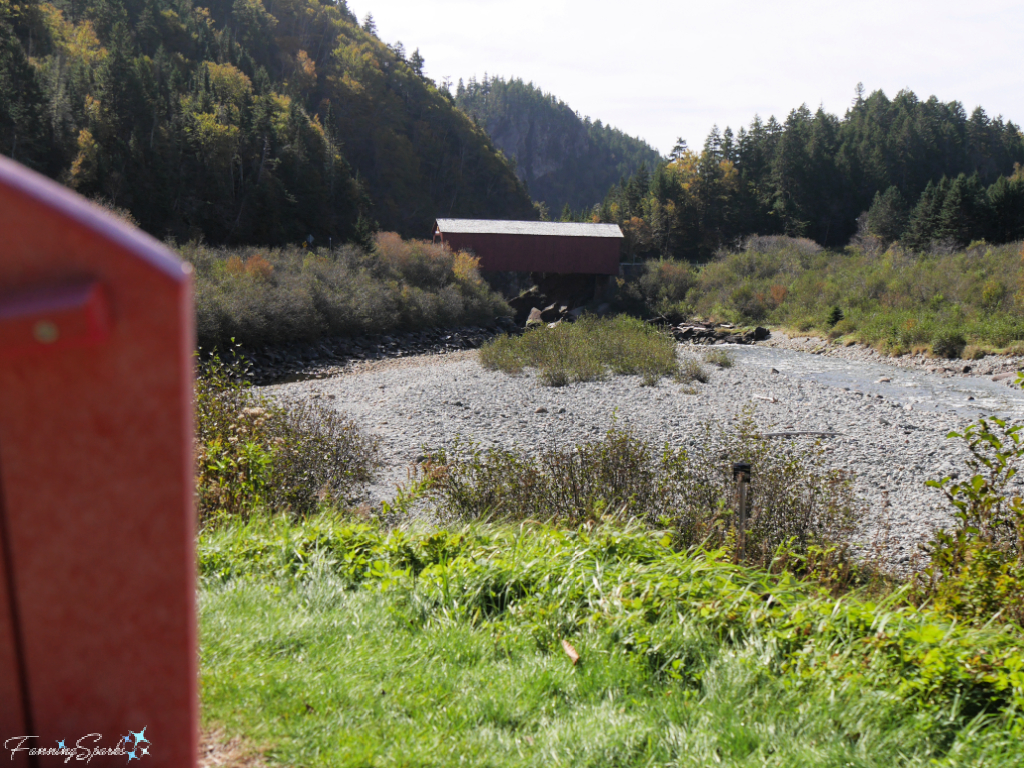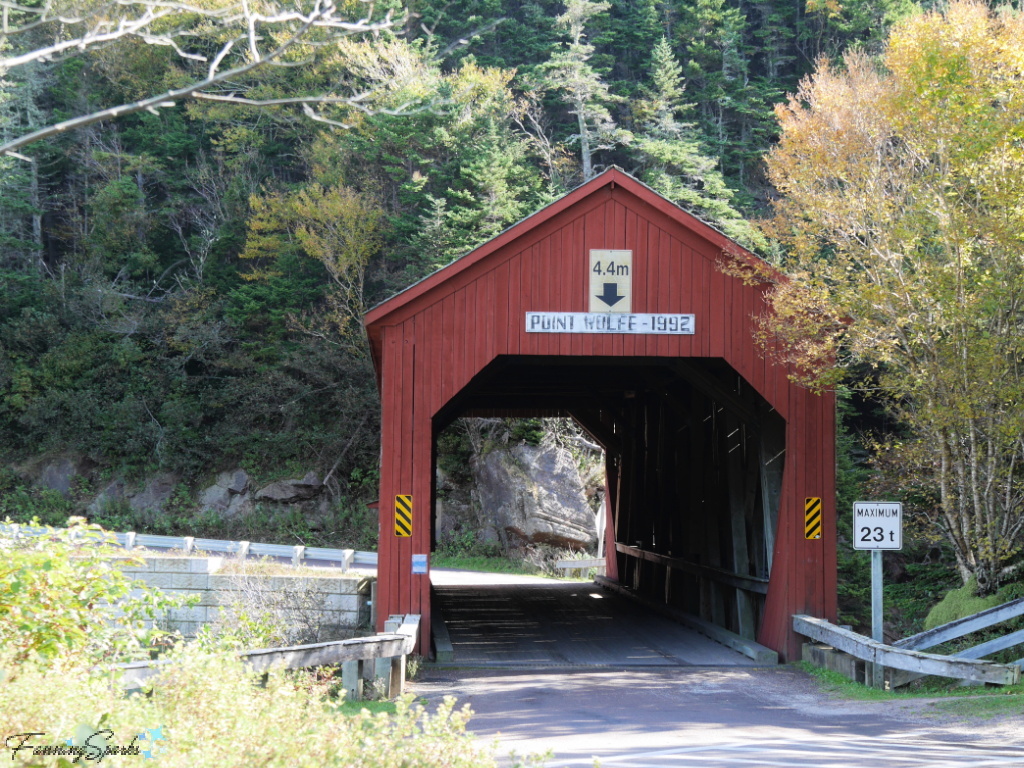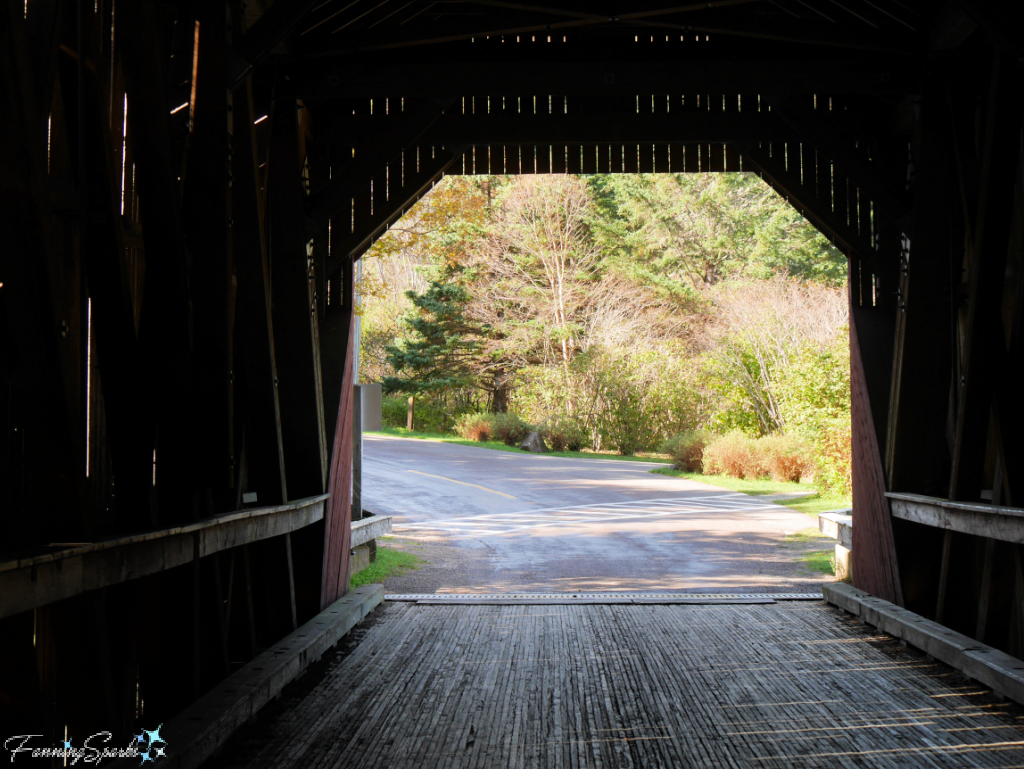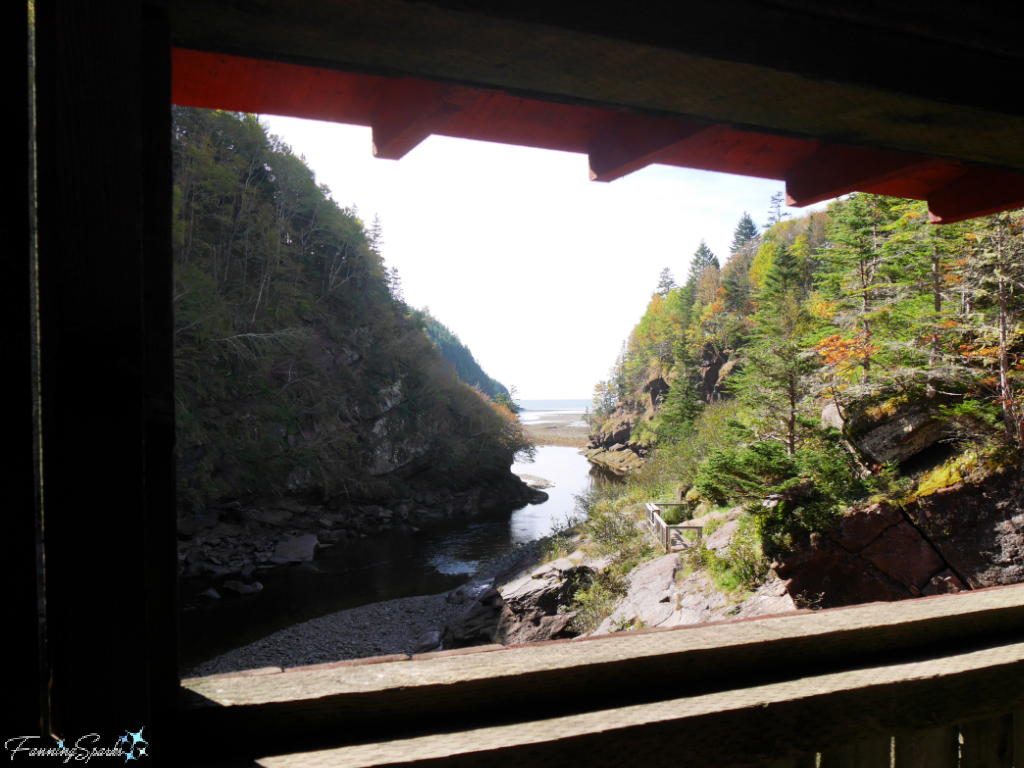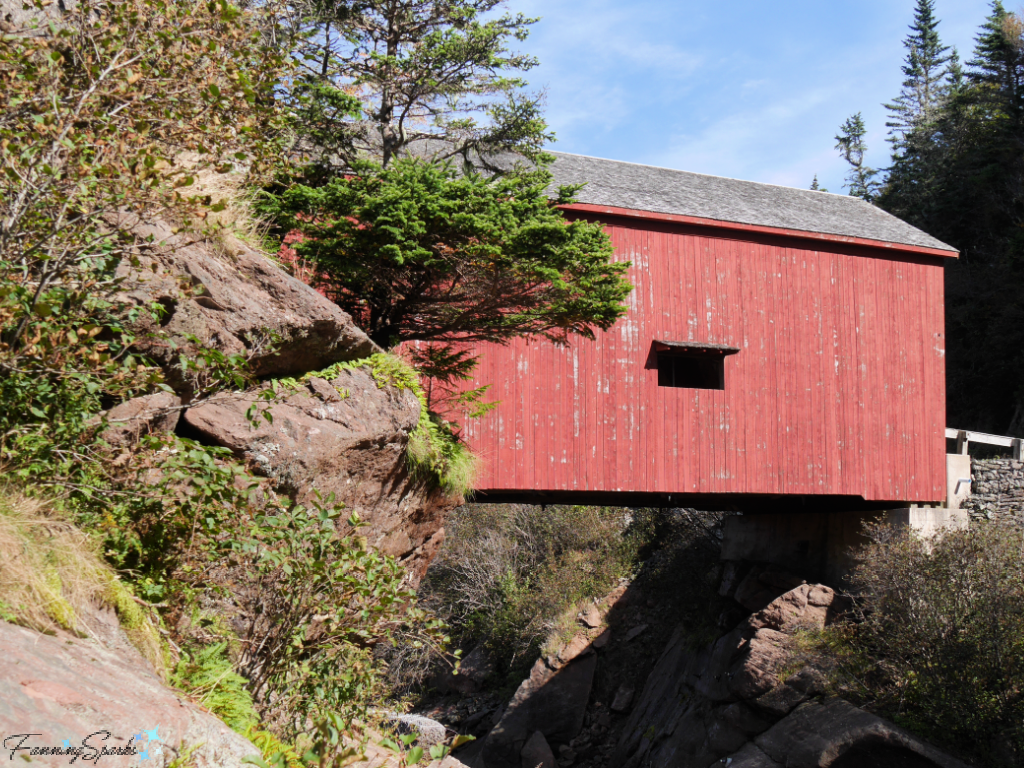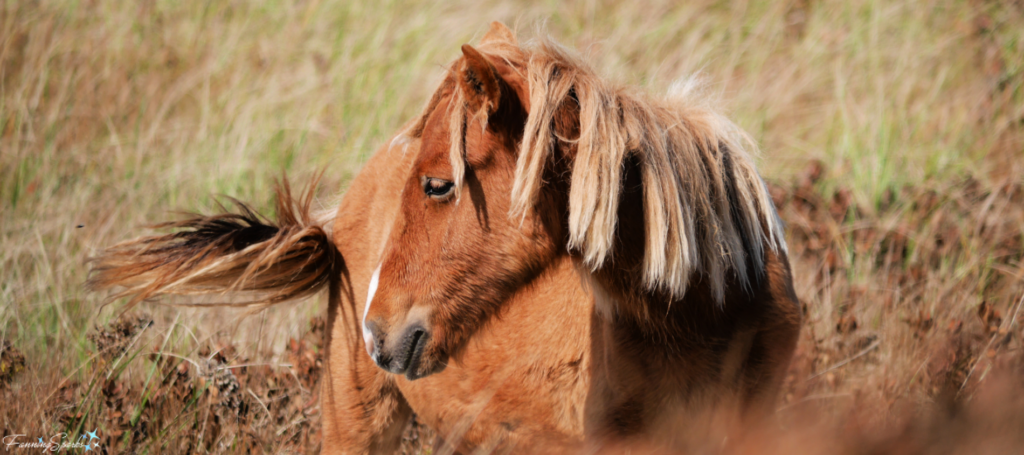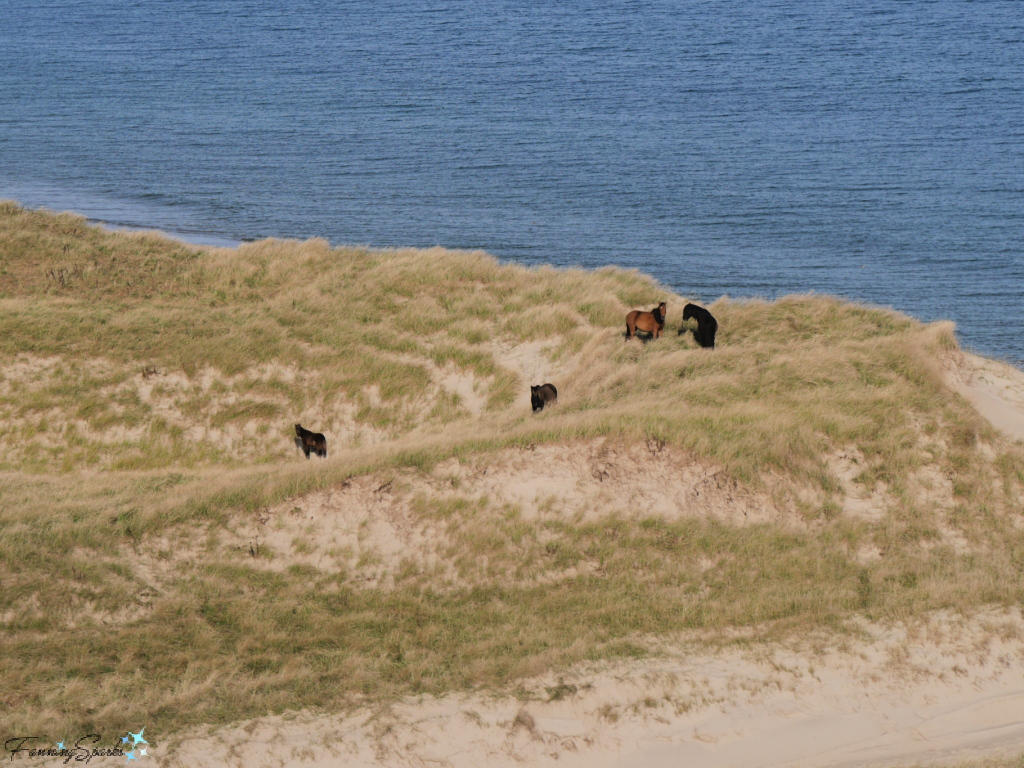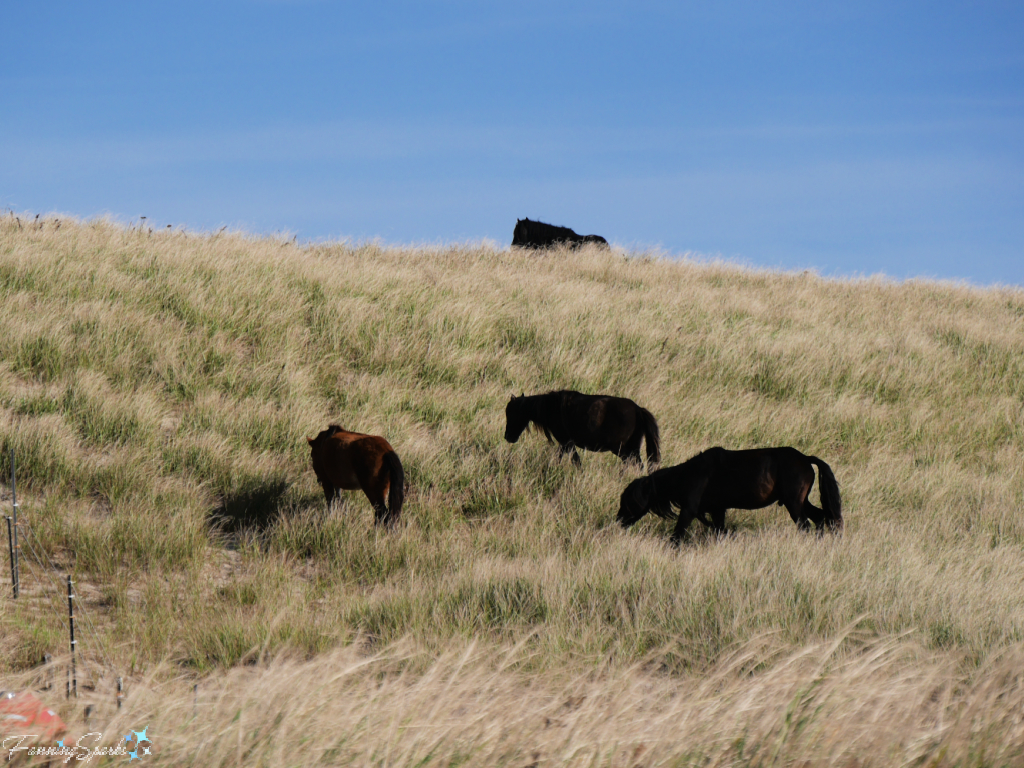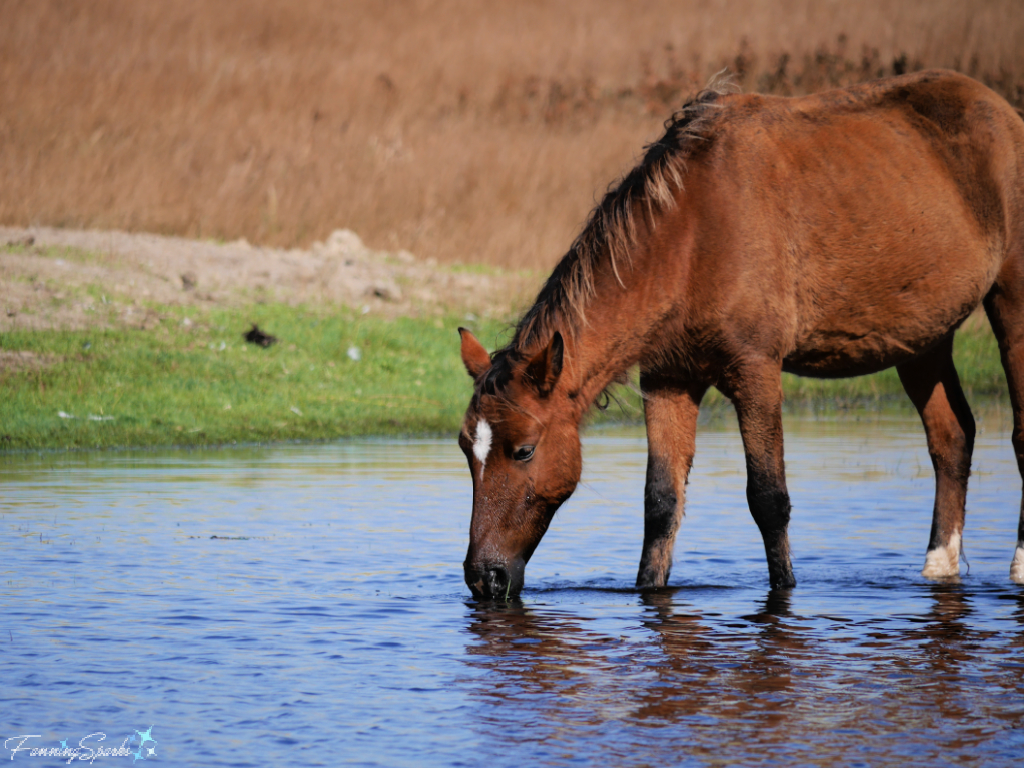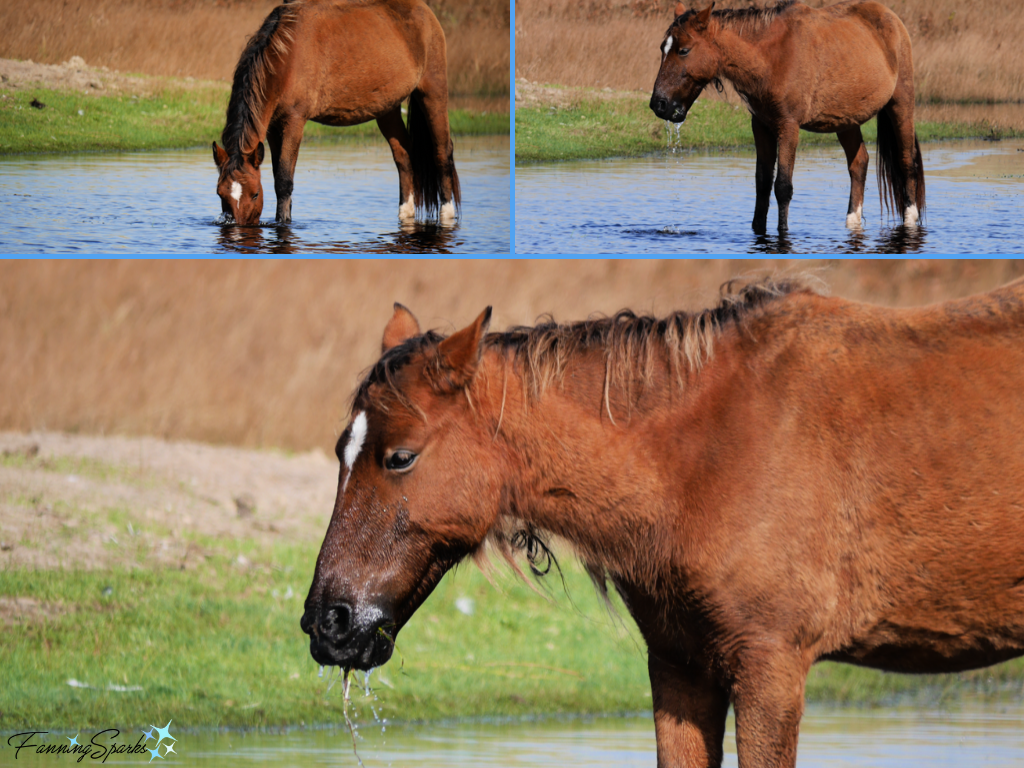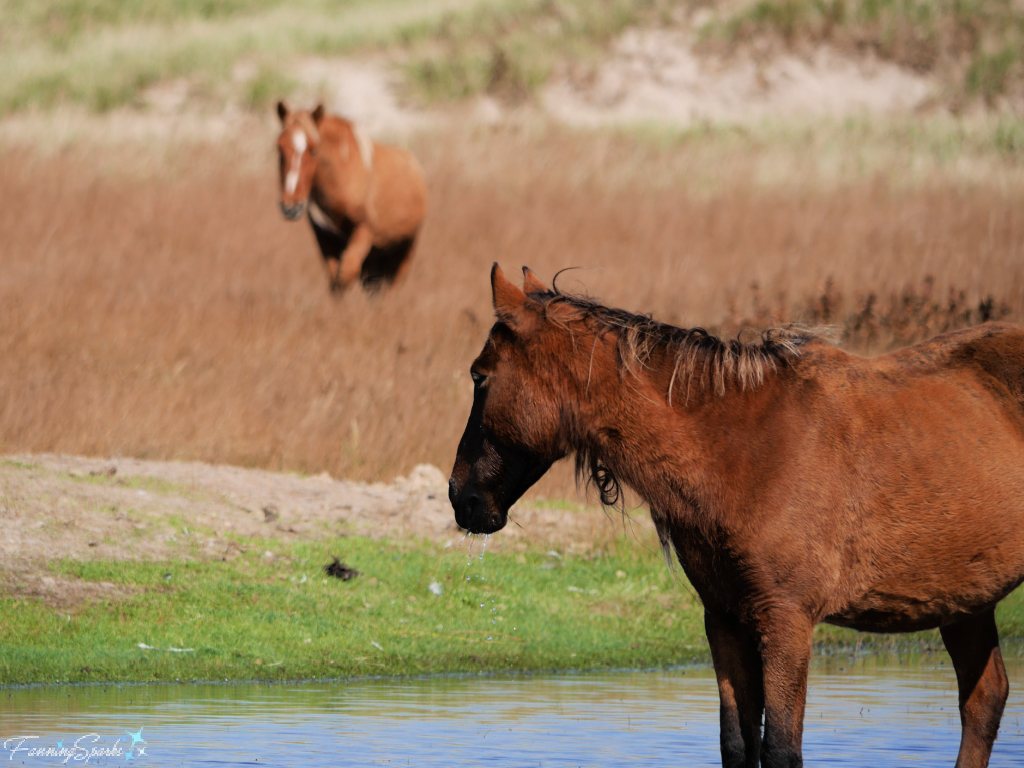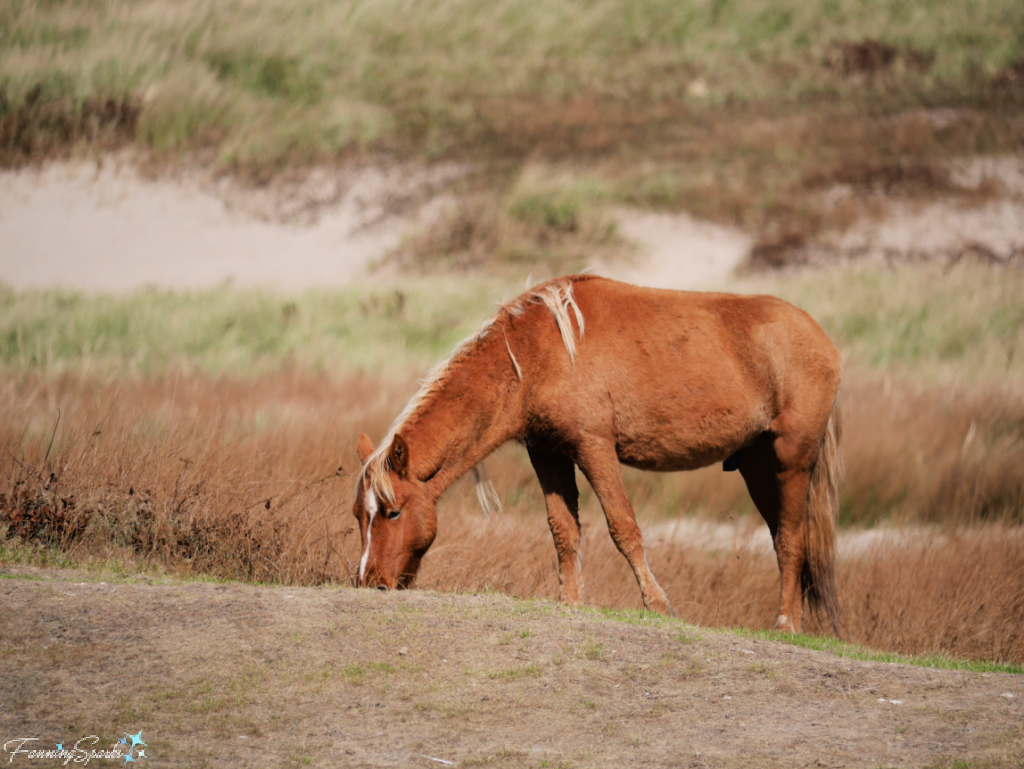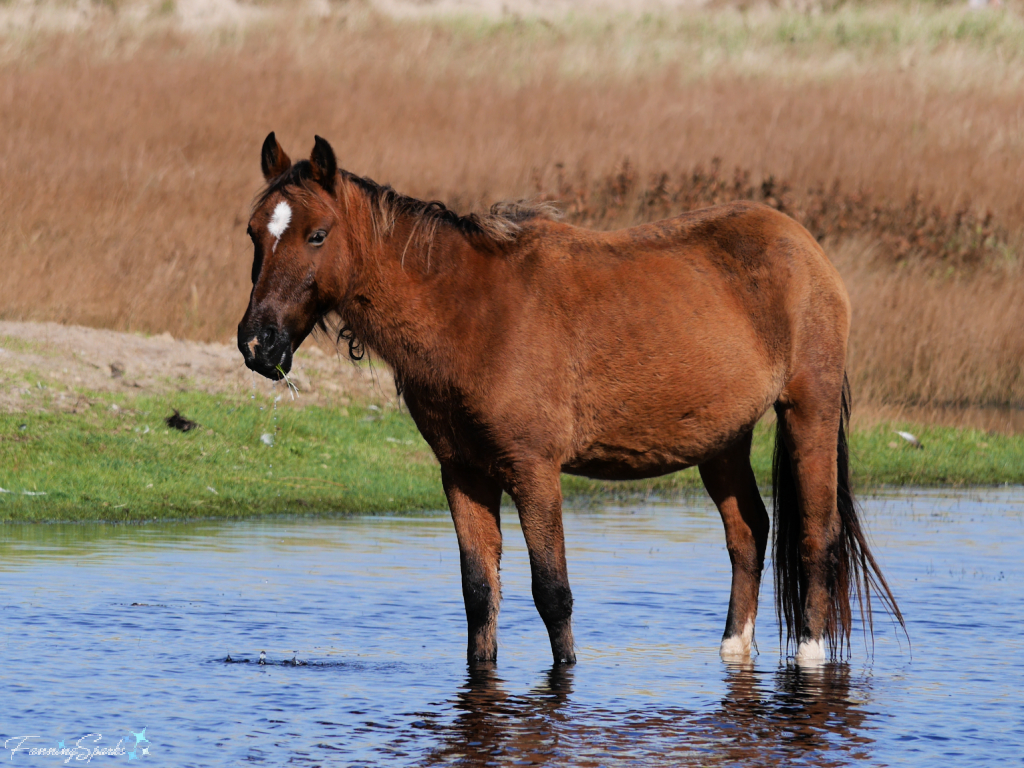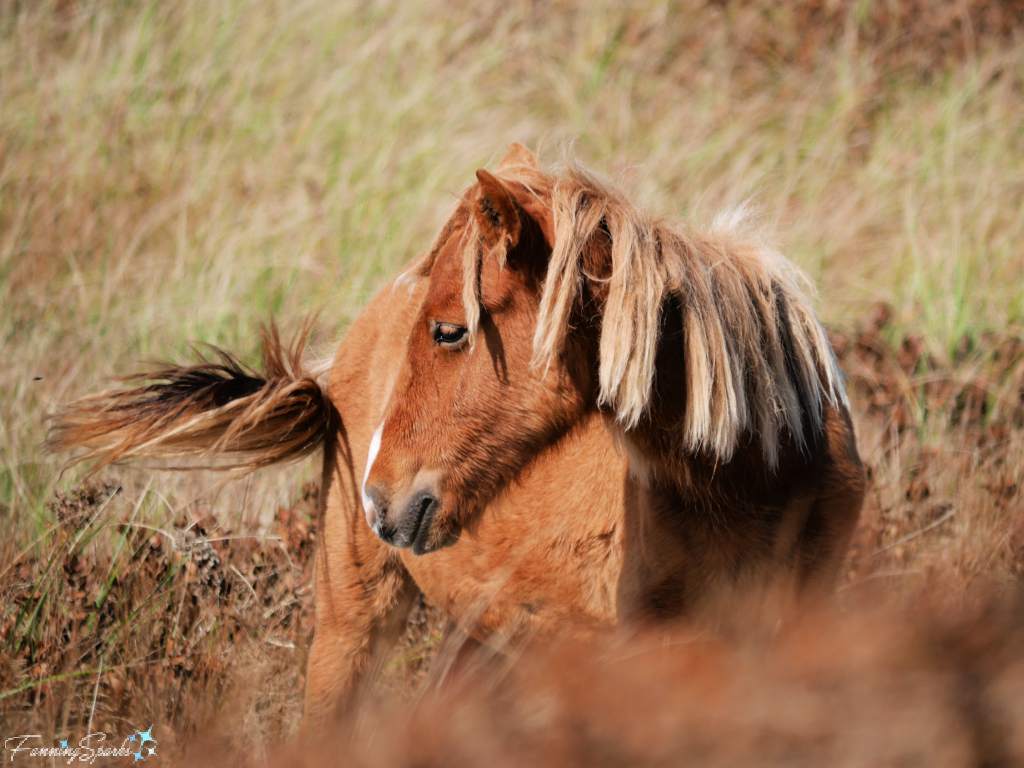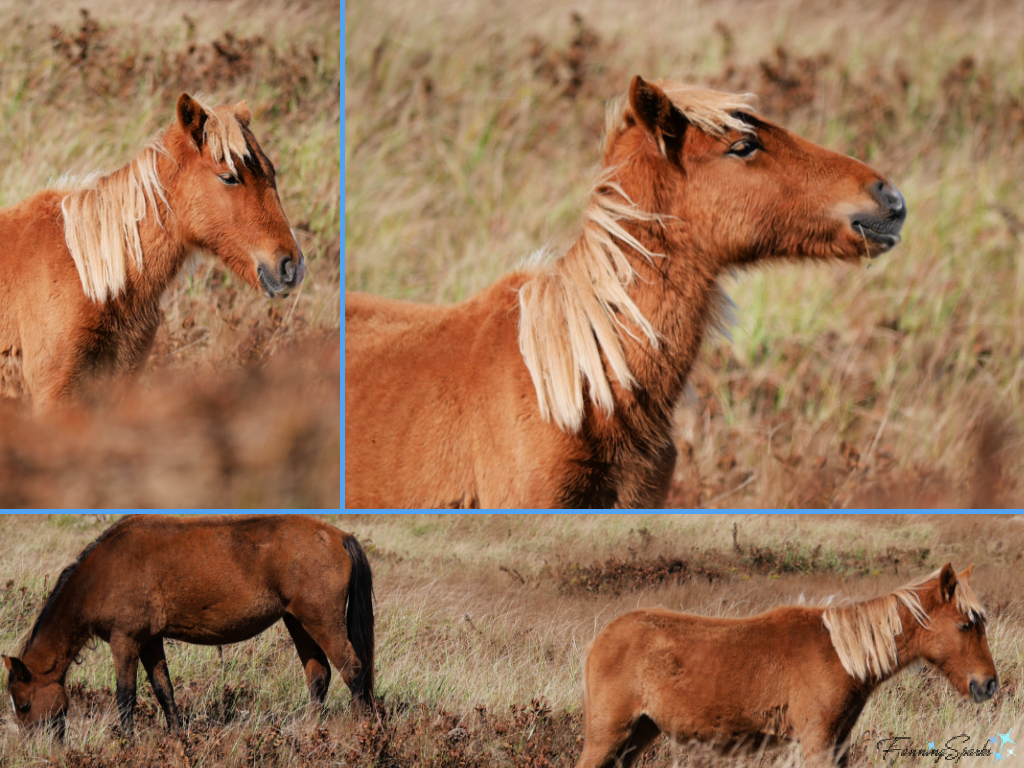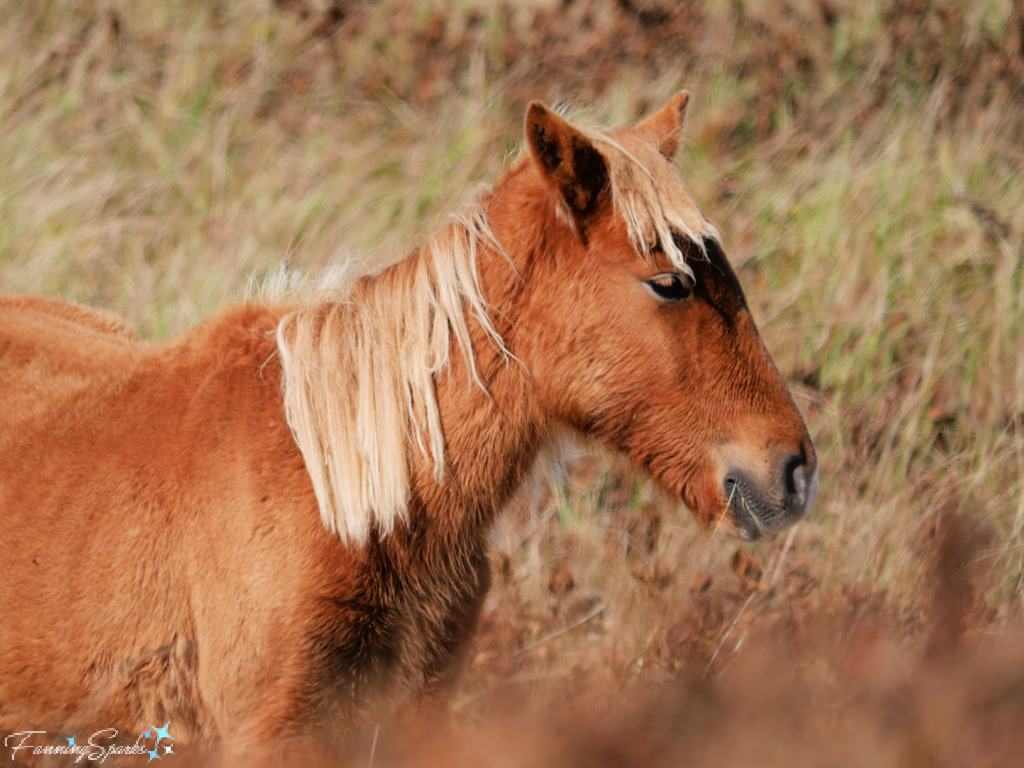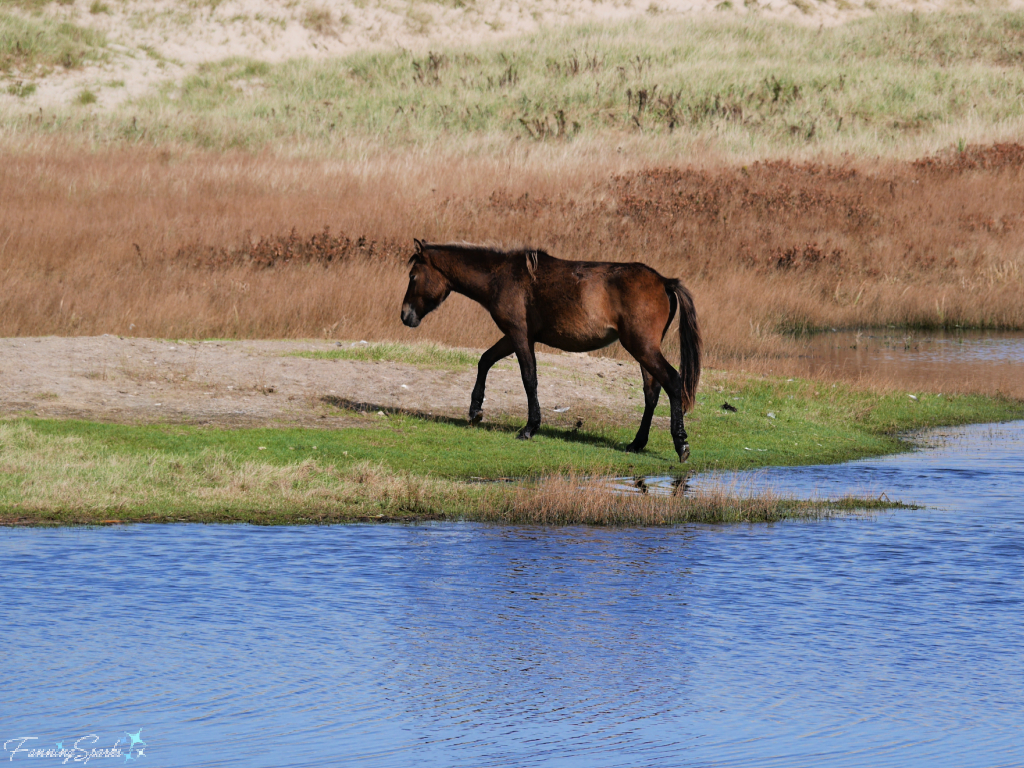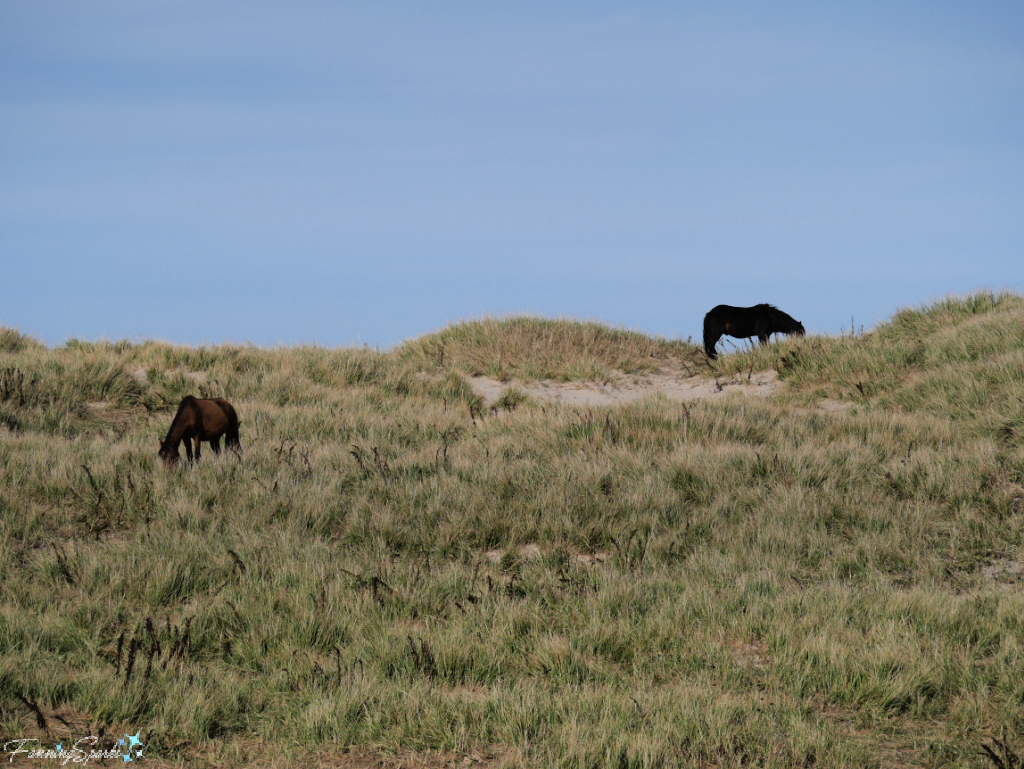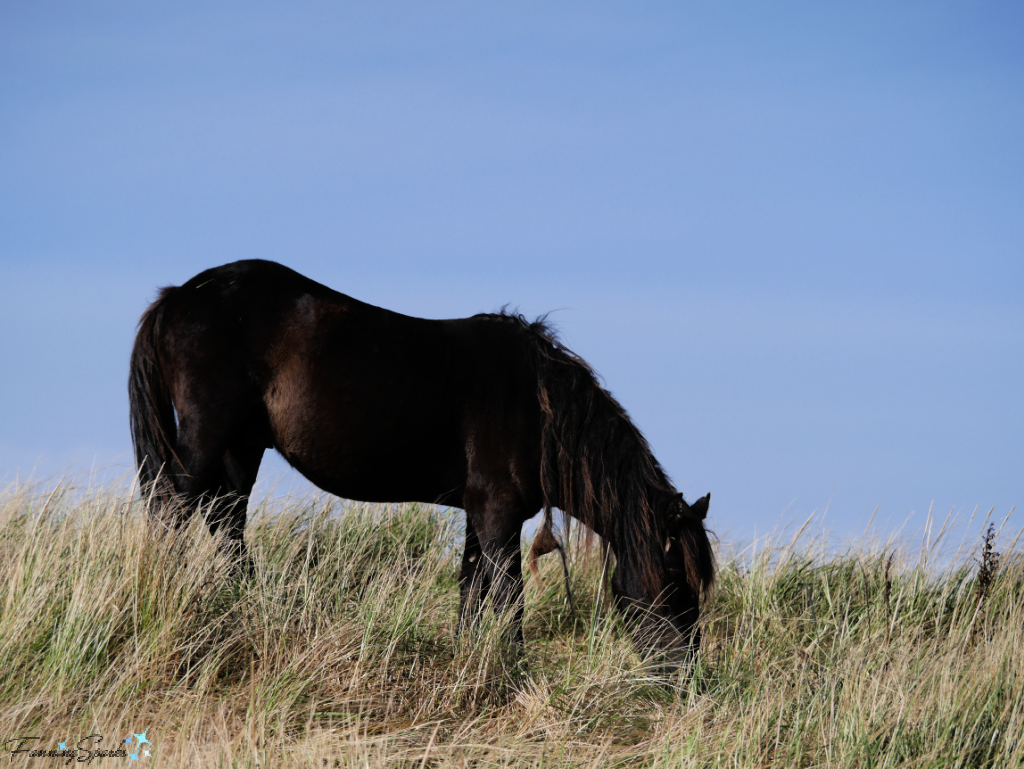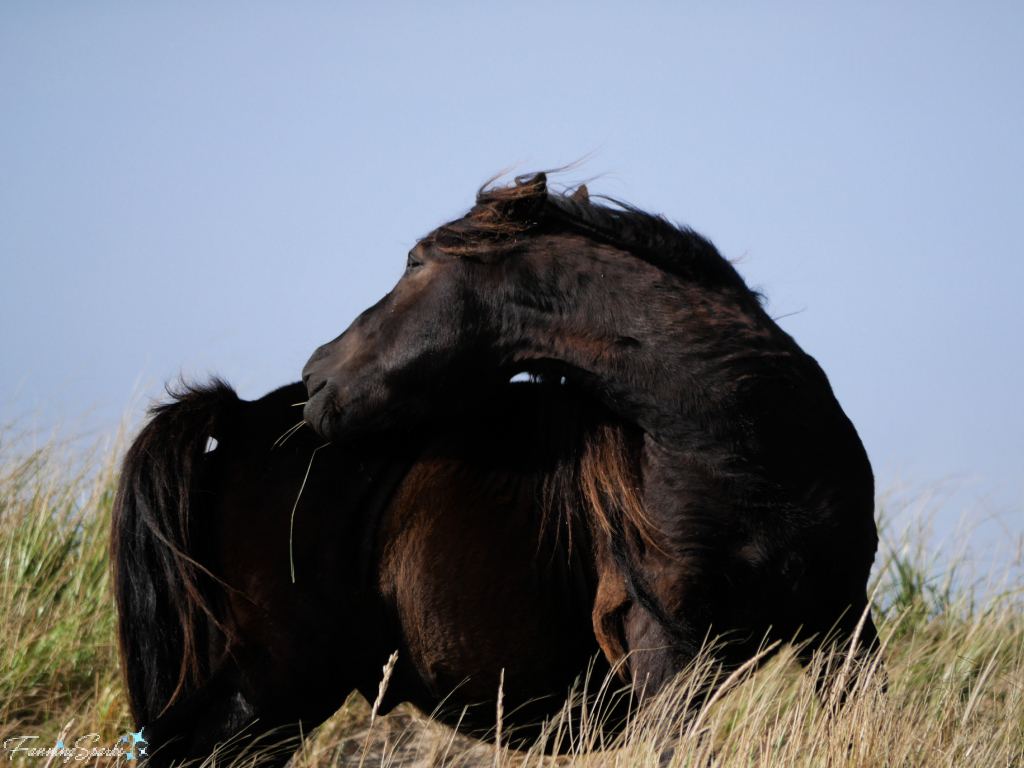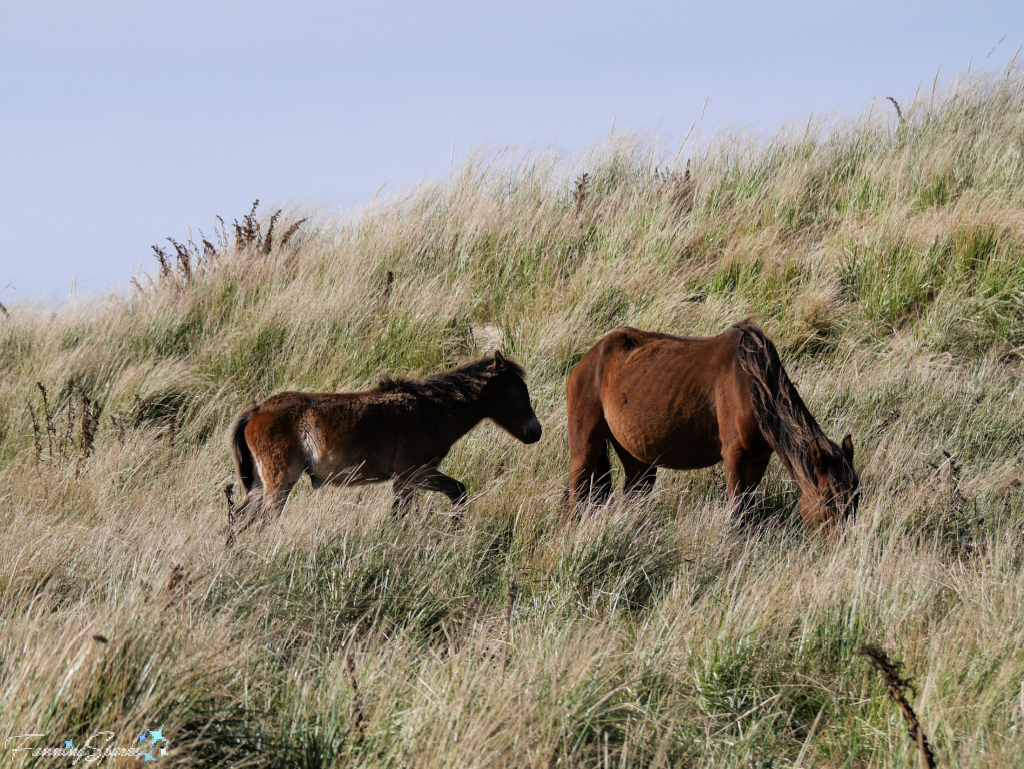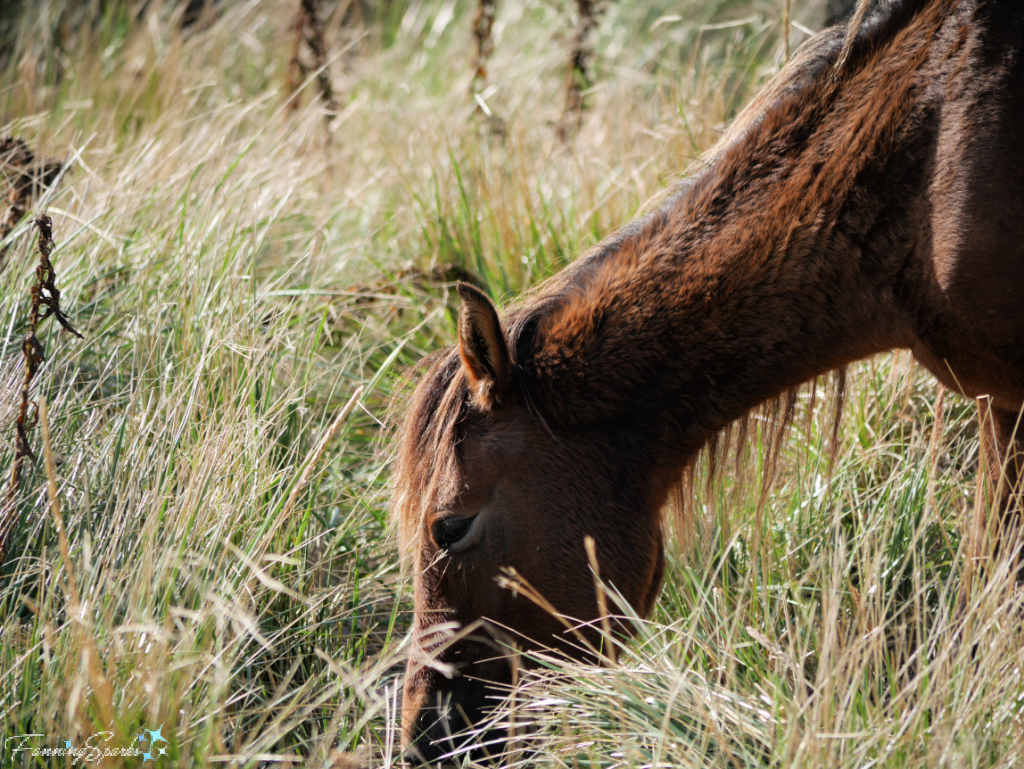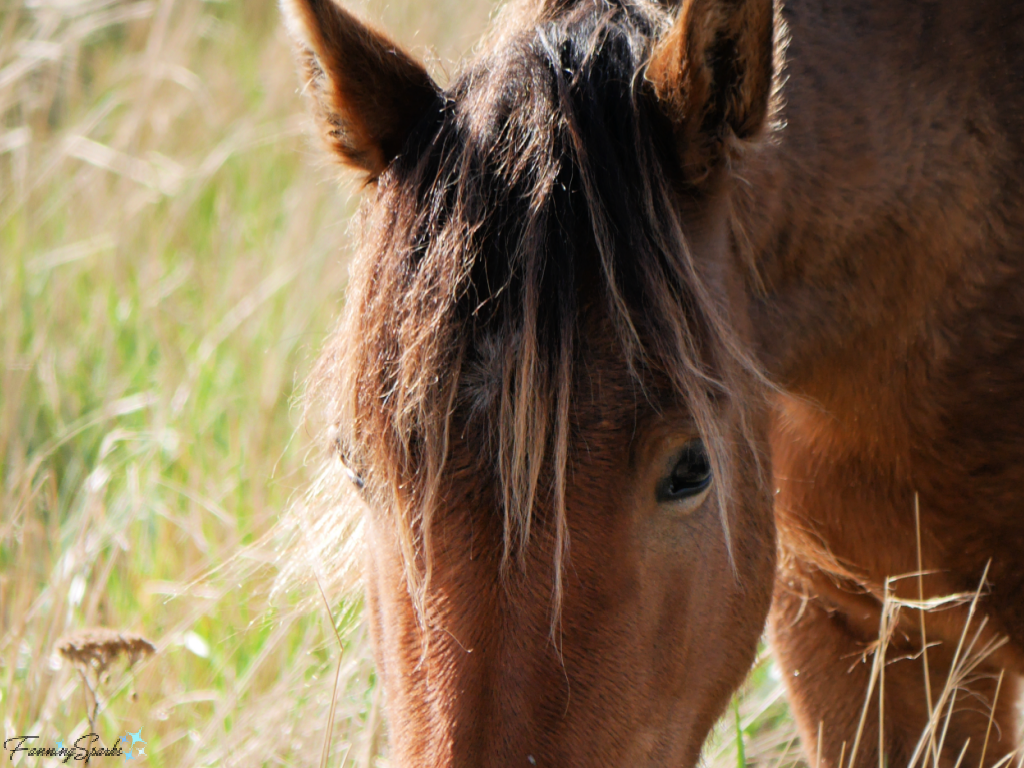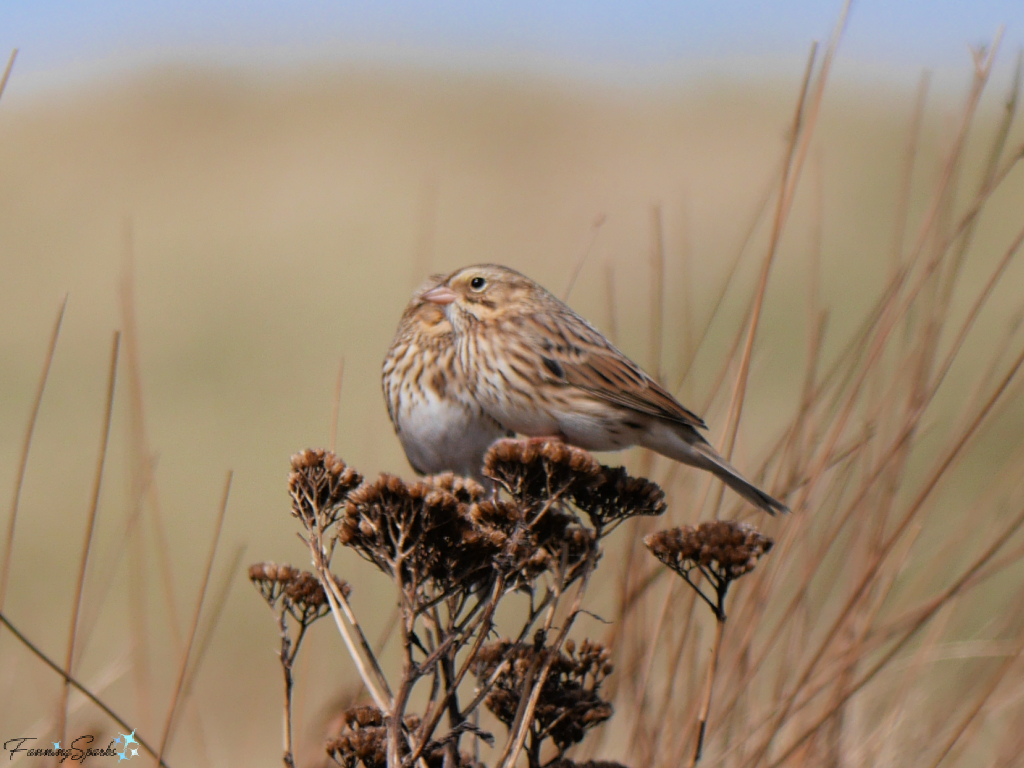It’s time for the annual FanningSparks Make & Give Roundup. This blog post showcases 12 making projects—featuring a variety of materials and techniques—which I’ve shared on the blog this past year. Some of the posts provide detailed step-by-step instructions while others include an overview of the project. All of these items are one-of-a-kind—perhaps one or two would be ideal for someone special on your holiday gift list!
Scroll down for explanations, photos and relevant links for each numbered Make & Give suggestion.

1. Leather Flower Frame
Anyone who appreciates the beauty of a flower bloom (and who doesn’t?) is likely to appreciate this unique way to showcase a single, cut flower. It’s a flower frame—the merger of a bud vase and a picture frame. Made of leather, this simple leatherworking project involves basic leatherworking skills including template building, accurate cutting, precise stitching and edge finishing. Minimal leather supplies and leatherworking tools are needed.
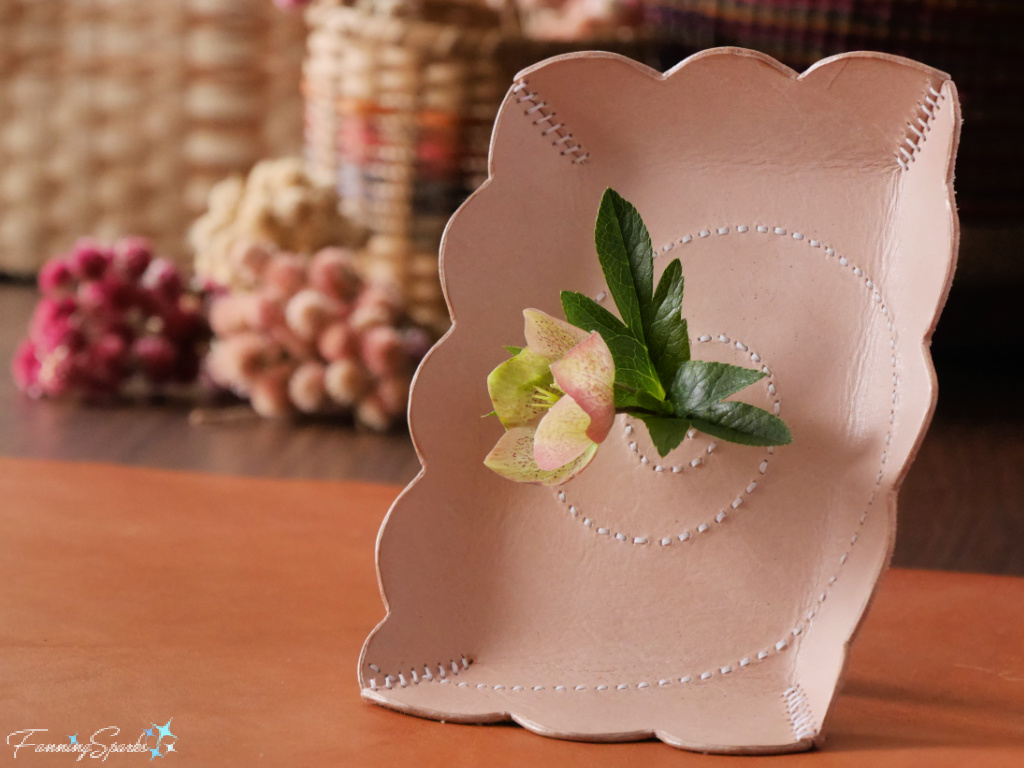
2. Charming Leather Heart Bag Charm – DIY Tutorial
Leather bag charms have been in vogue for a while. Two years ago, one online resource confidently claimed that bag charms were the new trend and it was no longer acceptable to have a bag without a charm. Well… acceptable or not, adding a charm to a bag can boost its personality—especially if the bag charm is a one-of-a-kind, handmade gift. When attached to the recipient’s favorite bag, this bag charm will serve as a daily reminder of your kind wishes.
This circular bag accessory, featuring a pretty red heart, is made of black leather. The step-by-step instructions provided in the DIY tutorial make this project achievable for a beginner leatherworker.
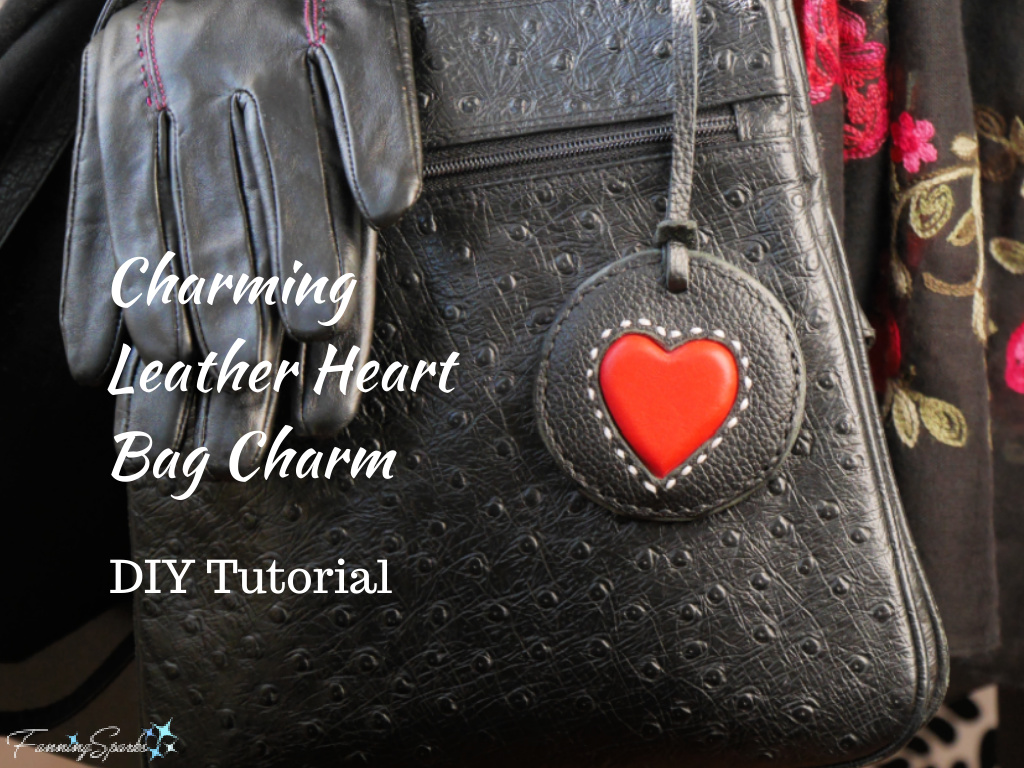
3. Miniature Garden in a Closed Terrarium – DIY Tutorial
This project, a miniature garden in a closed terrarium, would be ideal for someone who likes to garden or tend houseplants. All the best gardening activities are involved—planning the design, choosing the plants, preparing the soil, planting and tending the garden—just on a much smaller scale. It could be presented as a kit for the recipient to assemble or as a finished terrarium for the recipient to enjoy. Step-by-step instructions to make a closed terrarium are included in the blog post.
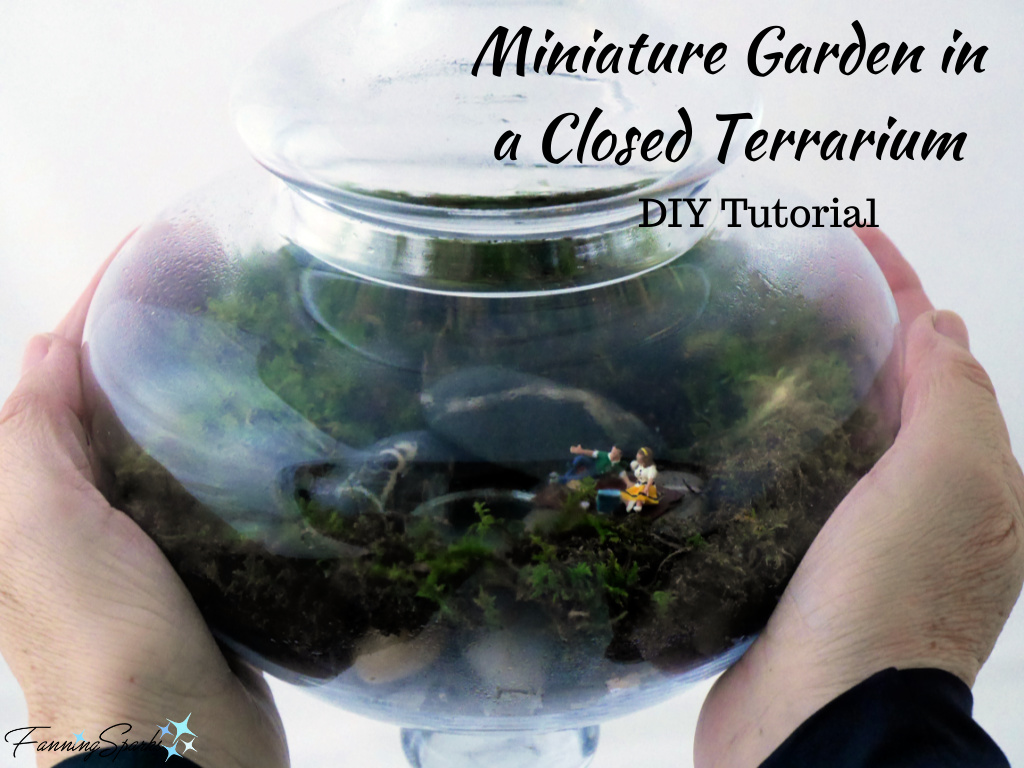
4. Beaded Amethyst Cabochon Pendant
A cabochon is a stone, gem or other object (such as glass) with a flat back and smooth dome surface. Surrounding a cabochon with an intricate pattern of tiny seed beads can transform it into an attractive, stylish pendant. A bead-embroidered semi-precious stone pendant may be the perfect gift for someone special.
Check out the blog post for an overview of materials and supplies needed. It doesn’t include step-by-step instructions but it does explain the process and suggests an excellent online resource. Basic sewing skills and some familiarity with beading will make this project easy to complete.
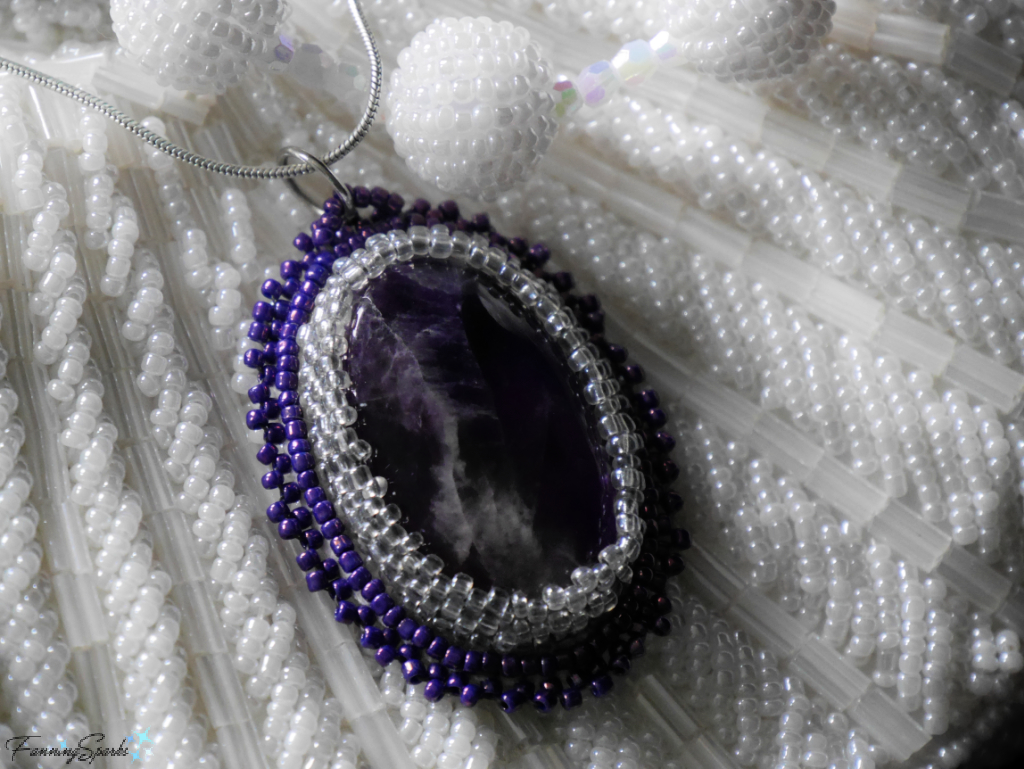
5. Ceramic Floral Wreath
The next three Make & Give suggestions hail from the pottery studio. Anyone who works with clay will know the gifting possibilities are endless—mugs, bowls, vases, plates, jugs, jars, trays and so on can be created with a little clay and some knowhow.
I’ve made quite a few decorative ceramic objects which can be tailored to suit a recipient’s preferences. The below ceramic floral wreath is a case in point. This wreath is based on 10-inch circle but it could be made in any shape or size. It showcases 3 rose-like blooms but there could be more or less flowers in any form. The green leaves and yellow flowers could be made in any color.
The blog post provides an overview of the creation process as well as a template for the roses. Basic hand-building with clay skills, as well as access to a kiln, are required for this project.
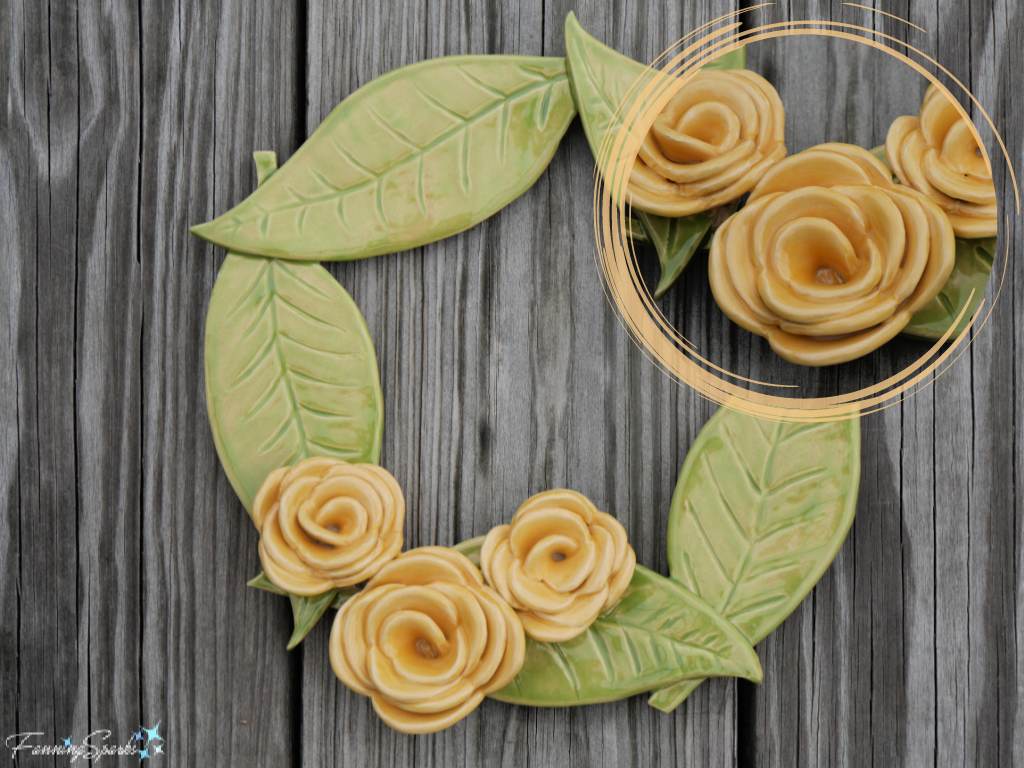
6. Ceramic Knotted Bird Ornaments
This next clay project is very simple. I made a small flock of these ornament-like, ceramic birds for my flower gardens but they could also be displayed on a Christmas tree. I shared a template along with an explanation of how the birds are made in the blog post.

Just last week (see Handmade Ornaments for the Holidays), I used this same template to make a paper ornament. Here’s how the knotted birds look in pretty cardstock paper.
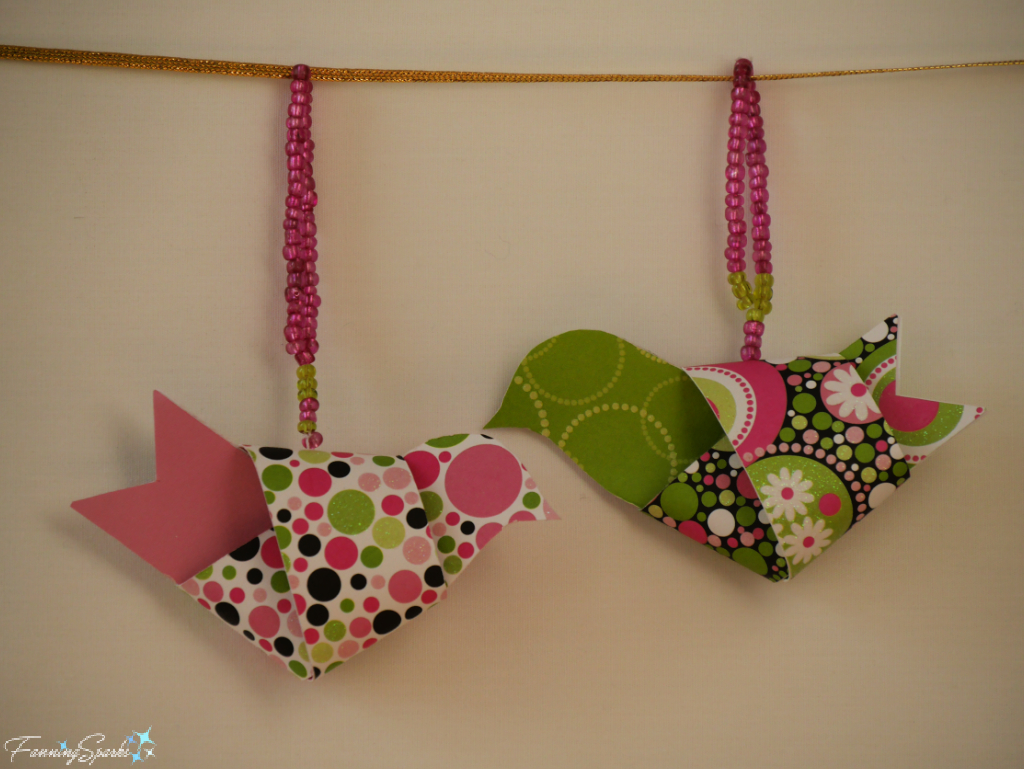
7. Ceramic Decorative Tiles
This next suggestion, a collection of 12 ceramic tiles, would be quite an ambitious undertaking for this holiday season. But tackling one or two tiles would be quite achievable. These tiles can easily be tailored in a style, pattern and color to suit the recipient. They can be made in a variety of sizes and shapes—mine are about 7” wide x 6” high. Check out the blog posts, Talk About Tiles! and Still Talking About Tiles! for lots of inspiration.
Basic hand-building with clay skills, as well as access to a kiln, are required for this project. An overview of the process along with some tips and tricks are included in the blog post.

8. Make Your Own Tiny Door – DIY Tutorial
This would be a great gift for a proud homeowner—a custom, tiny replica of the recipient’s front door! Detailed step-by-step instructions, in a two-part tutorial, explain how to take a photo of the recipient’s front door, create a 1:12 scale template, and then make the actual miniature door. It’s surprisingly easy—all you need are basic computer software skills, beginner woodworking skills and general crafting knowhow.

9. Traveler’s Infinity Scarf with Secret Zipped Pocket – DIY Tutorial
This ingenious fashion accessory is perfect for the traveler on your holiday gift list. It’s an infinity scarf with a secret zipped pocket—perfect for keeping travel documents close at hand while hiding them out of sight. But these nifty scarves aren’t limited to a passport and vaccination card, they can also stash a smart phone, lipstick, car key or cash! With the detailed step-by-step instructions in the blog post and beginner sewing skills, it’s easy to add a secret zipped pocket to a rectangular scarf and convert it into an infinity scarf.
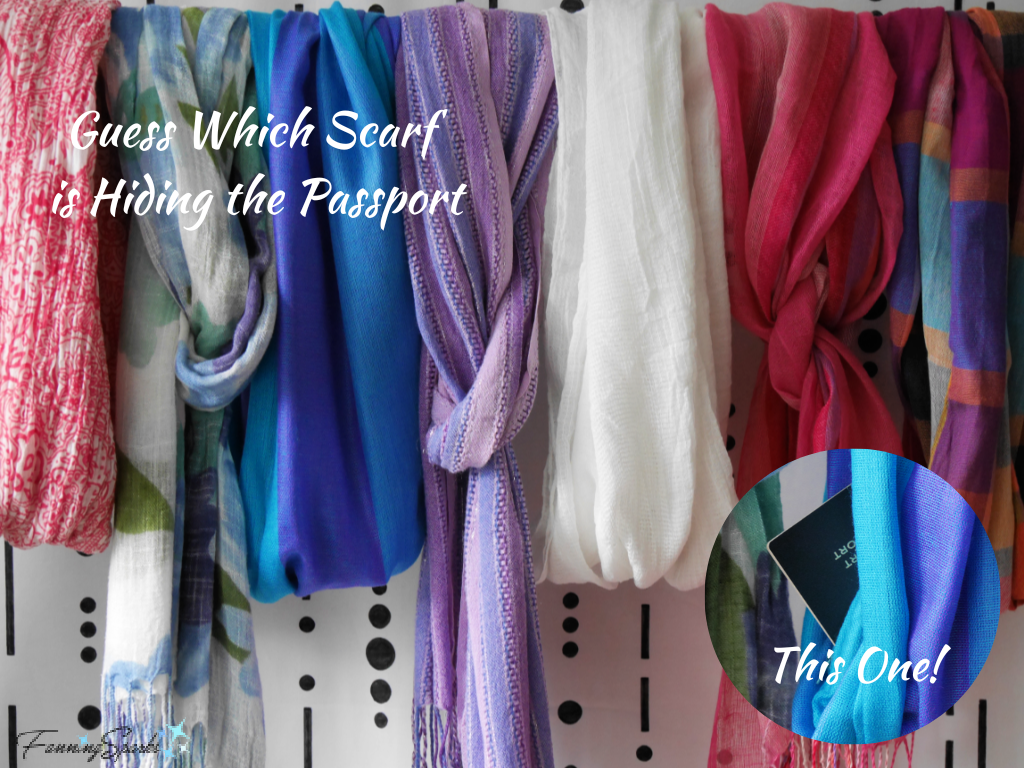
10. Dried Lavender Wooden Display Block
A scan through the latest home decorating trends confirms dried flowers and grasses made a comeback. The trend is attributed, in large part, to an increased focus on sustainability. Dried flowers also have the advantage of needing no water so they can be displayed in a variety of innovative ways. To that end, I made a small wooden display block to showcase some dried lavender blooms. It could be modified to hold any type of dried flowers or grasses. It may just be the simplest handmade gift I’ve ever shared.
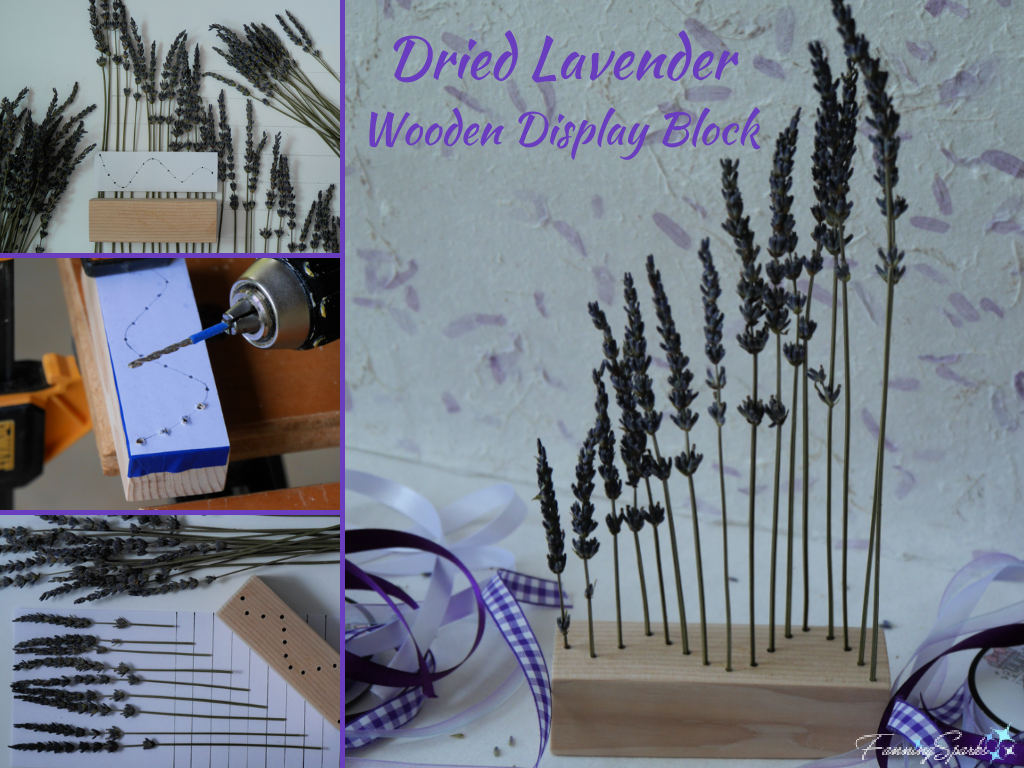
11. Barn Quilt Block
Barn quilts were all the rage about 20 years ago. While the format has evolved, interest in their beautiful patterns and joyful colors remains strong. Nowadays, barn quilts are more likely to be mounted on porches, garages, sheds and fences than barns. Barn quilts can be made in a wide variety of patterns and colors so they’re easy to tailor to the recipient’s interests and preferences.
The blog post provides an overview of the materials and supplies needed as well as the process involved. Basic crafting skills as well as a good dose of patience are needed for this project.
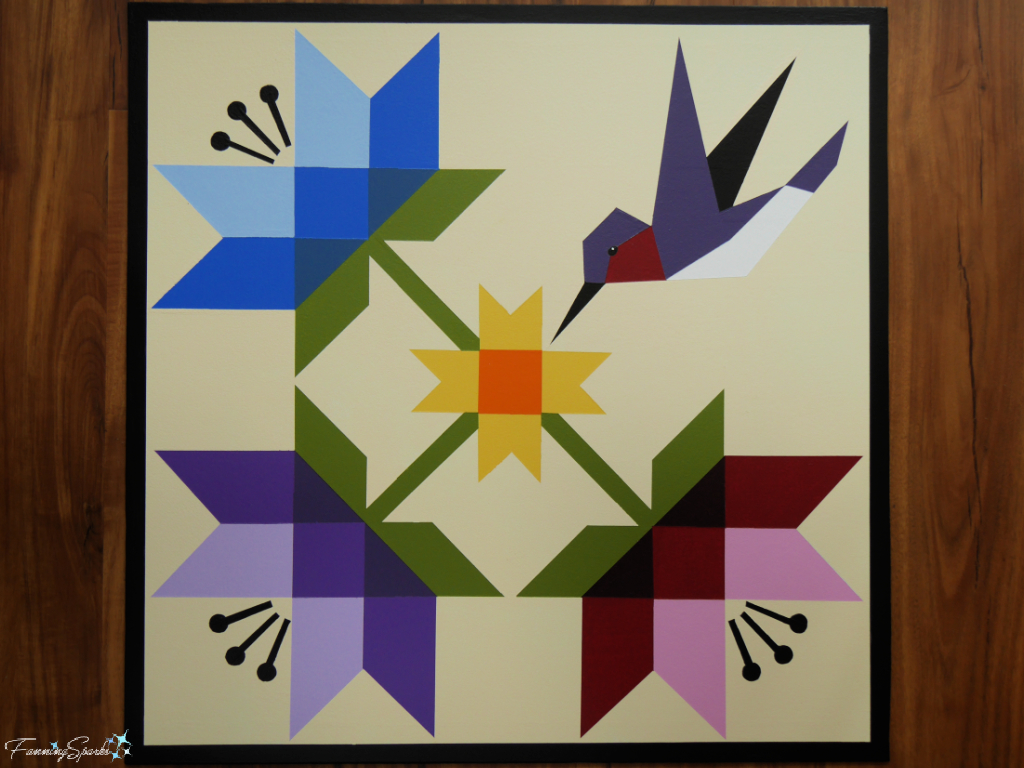
12. Chickadee Gourd Nest Box
Nest boxes are typically customized to meet the nesting needs of specific birds. This gourd nest box targets chickadees—those delightful, little black-capped songbirds.
The blog post provides an overview of the materials and supplies needed as well as the process involved. Two gourds yielding at least an 8-inch deep cavity are needed. Basic crafting skills make this project achievable.

This completes the Make & Give 2022 Roundup of FanningSparks’ projects. You may also want to consider some ideas from previous years. Check out the following blog posts for a variety of make-and-give ideas for holiday gift-giving.
. Make & Give 2021 Roundup
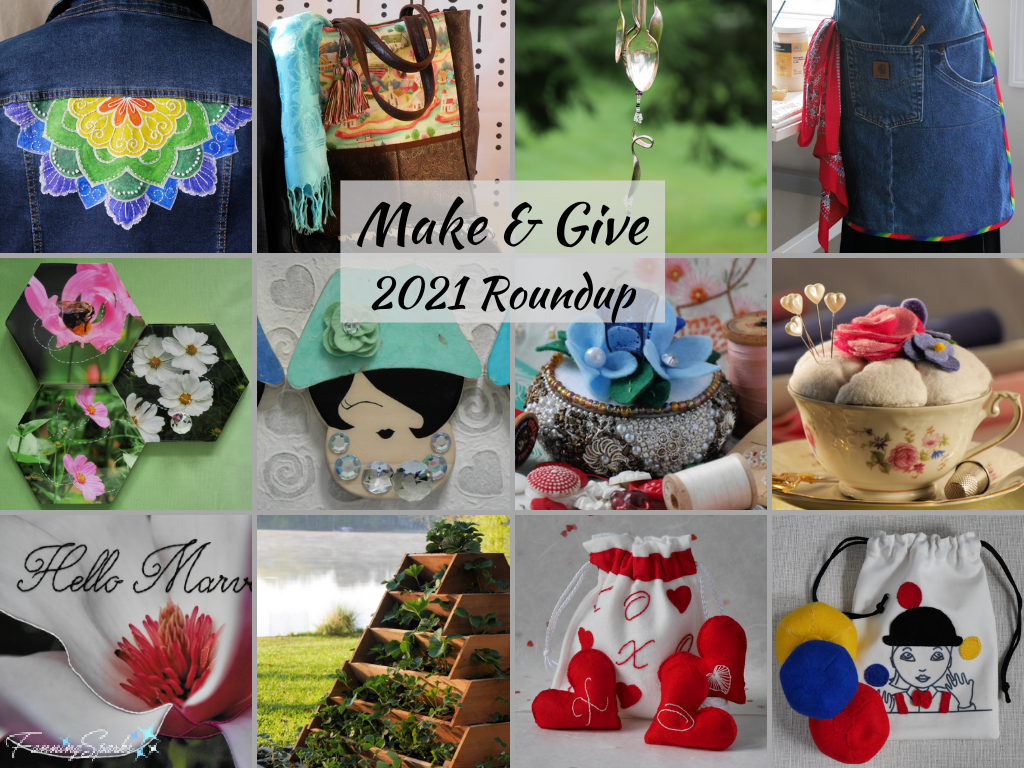 . Make & Give 2020 Roundup
. Make & Give 2020 Roundup
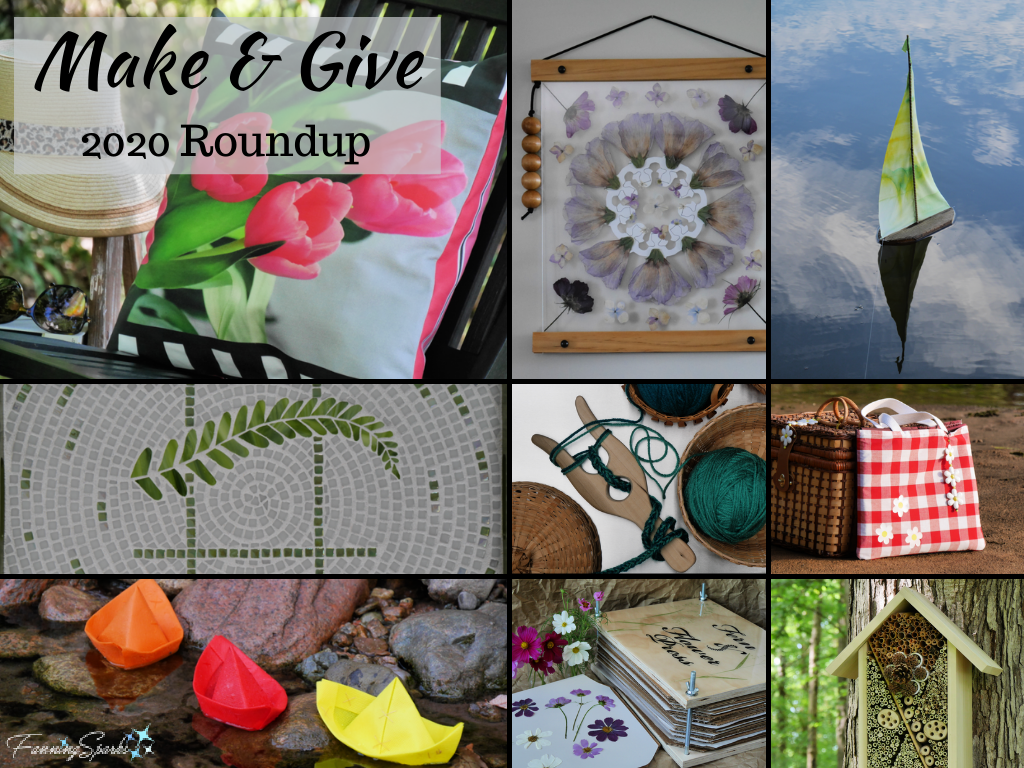 . Make and Give 2019 DIY Tutorial Roundup
. Make and Give 2019 DIY Tutorial Roundup
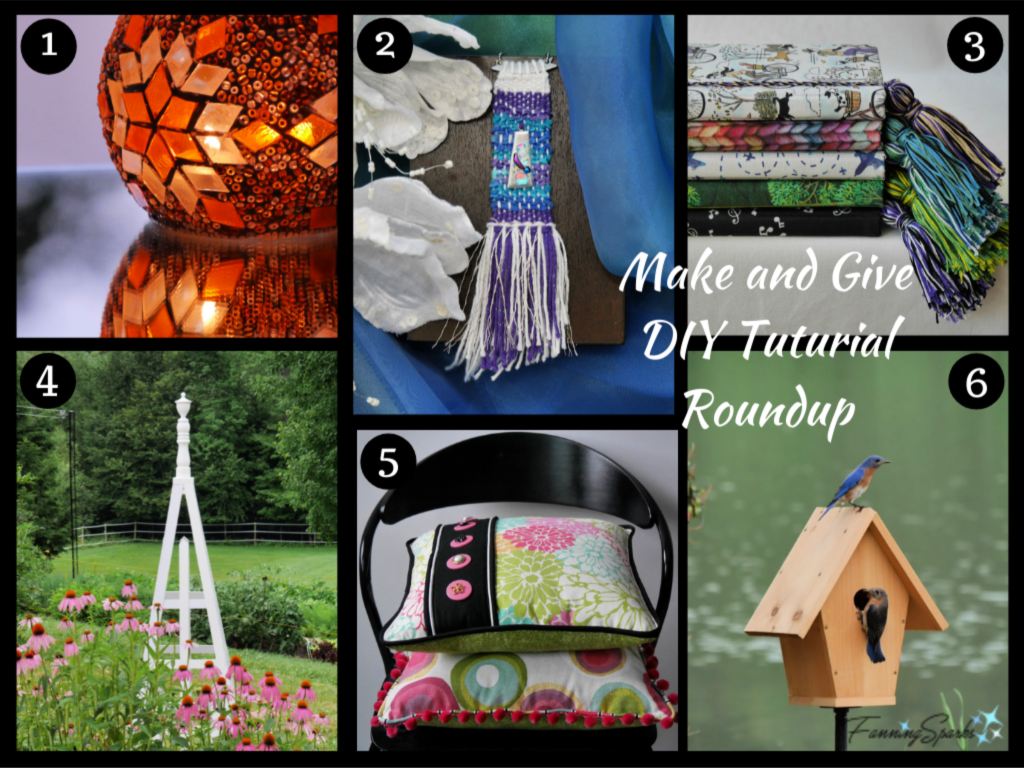
More Info
For your convenience, here’s a summary of the 2022 Make & Give suggestions mentioned in this blog post:
1. Leather Flower Frame
2. Charming Leather Heart Bag Charm – DIY Tutorial
3. Miniature Garden in a Closed Terrarium – DIY Tutorial
4. Beaded Amethyst Cabochon Pendant
5. Ceramic Floral Wreath
6. Ceramic Knotted Bird Ornaments
7. Ceramic Decorative Tiles
8. Make Your Own Tiny Door – DIY Tutorial
9. Traveler’s Infinity Scarf with Secret Zipped Pocket – DIY Tutorial
10. Dried Lavender Wooden Display Block
11. Barn Quilt Block
12. Chickadee Gourd Nest Box
Make & Give suggestions from previous years can be found here:
. Make & Give 2021 Roundup
. Make & Give 2020 Roundup
. Make and Give 2019 DIY Tutorial Roundup
Today’s Takeaways
1. There are many options for handmade gifts.
2. Making a one-of-a-kind gift for someone special signals care and affection.
3. Consider making and giving gifts this holiday season.


